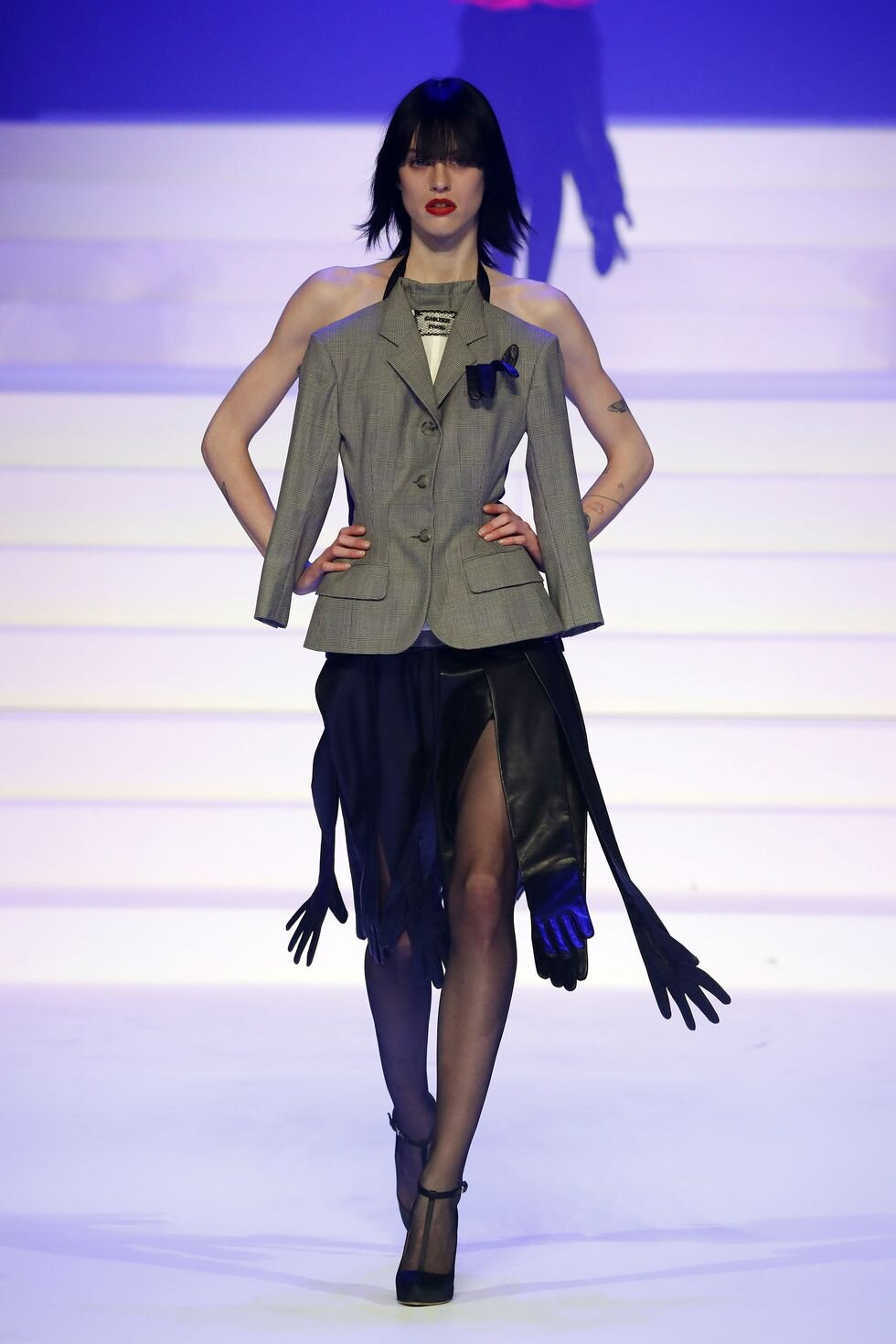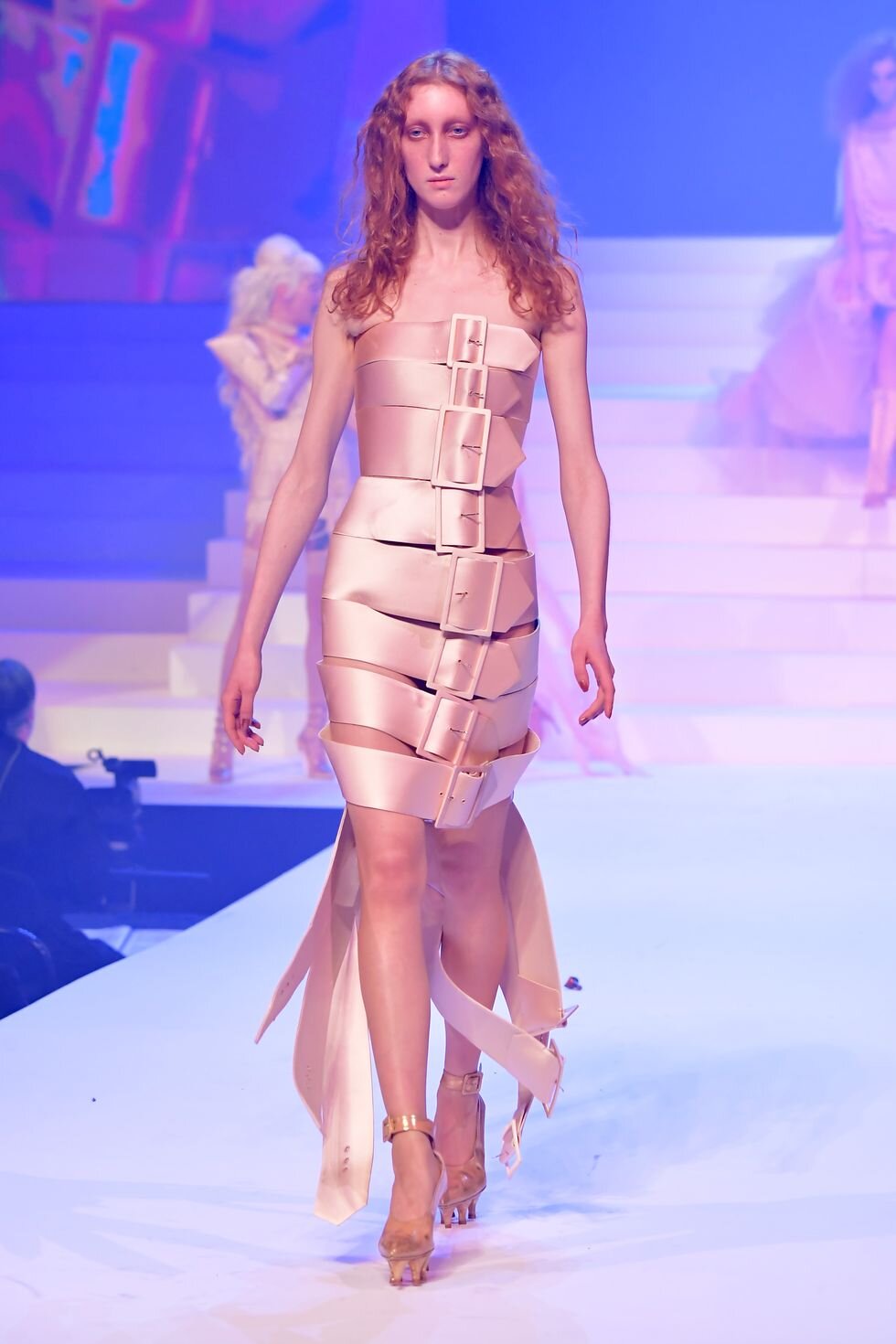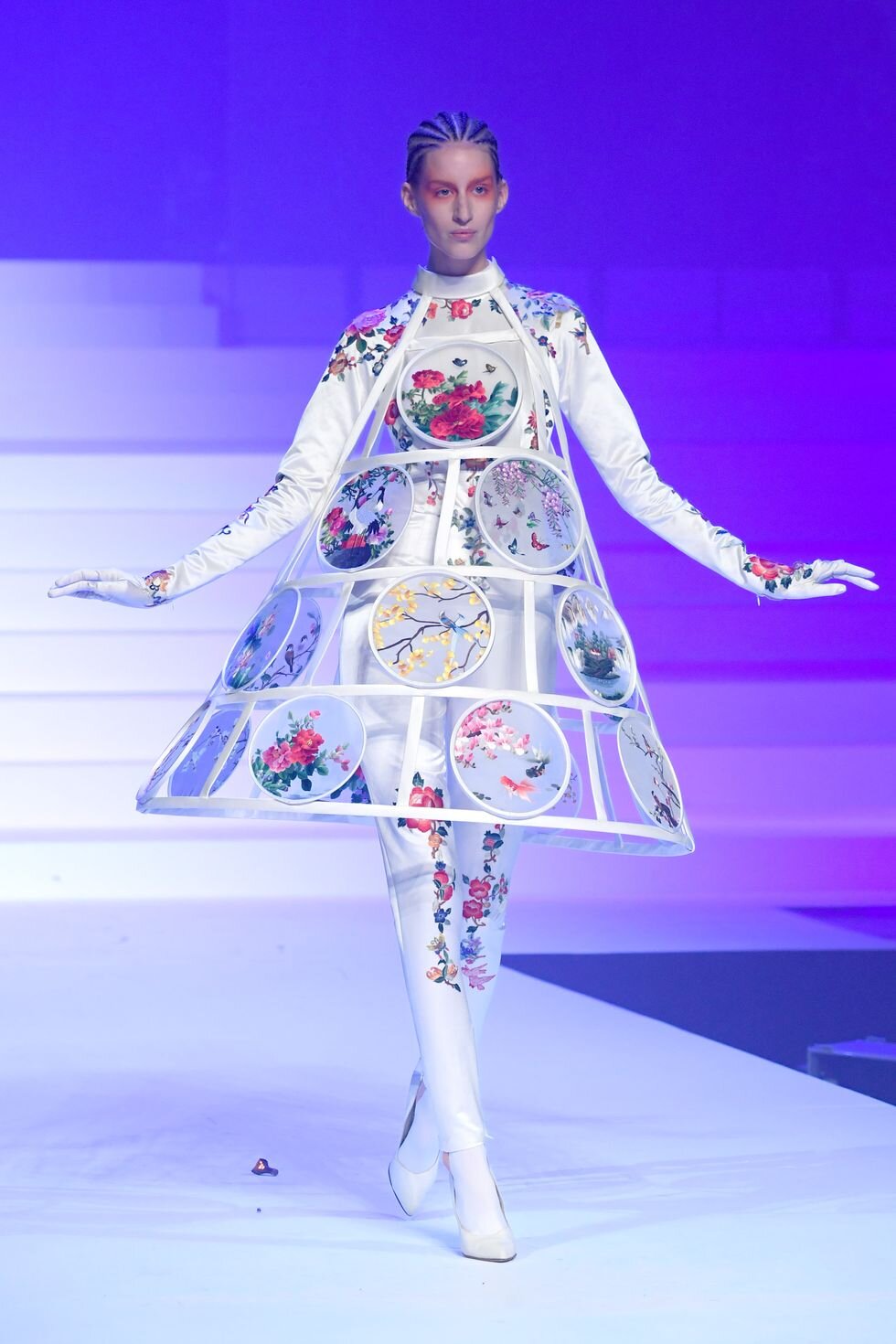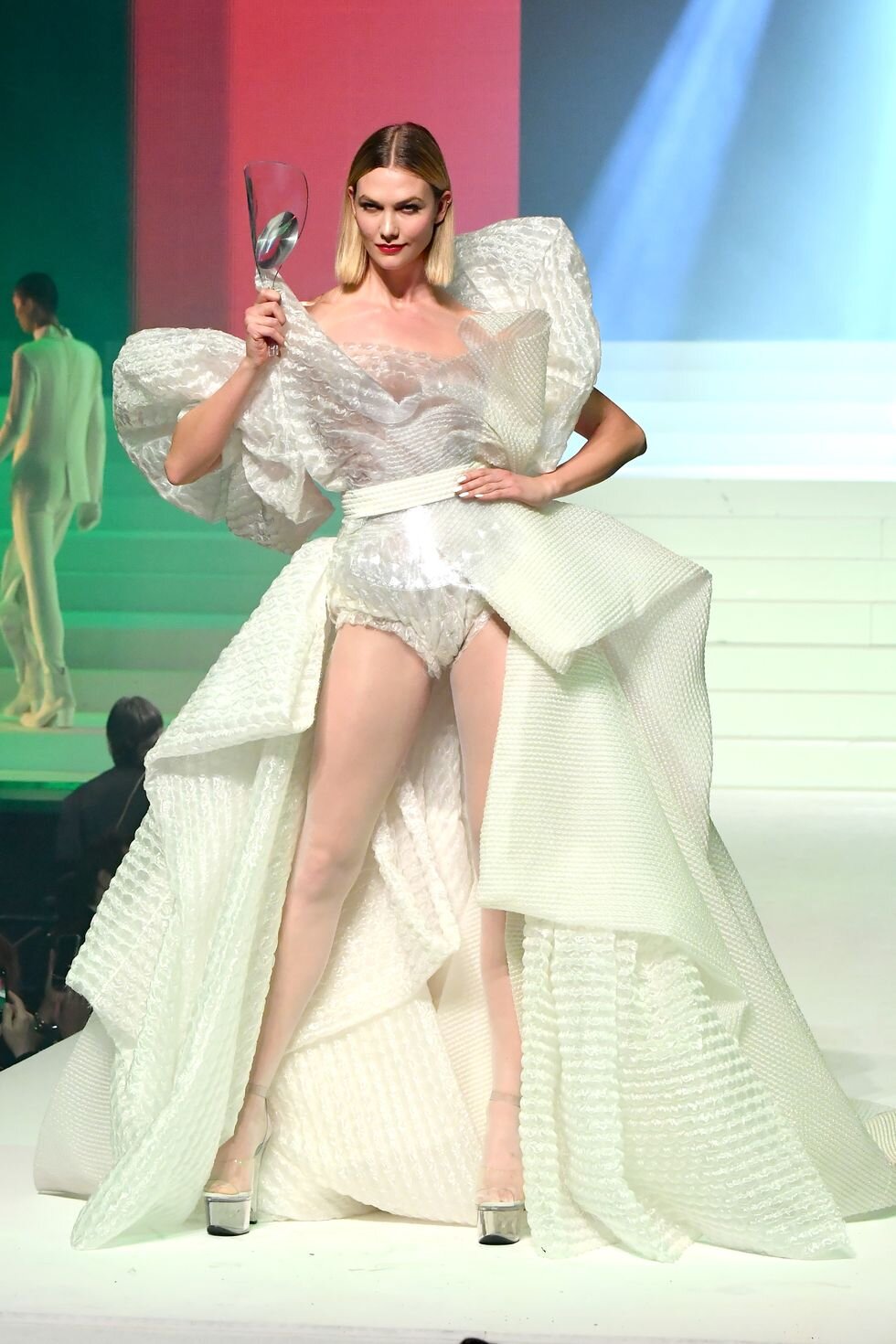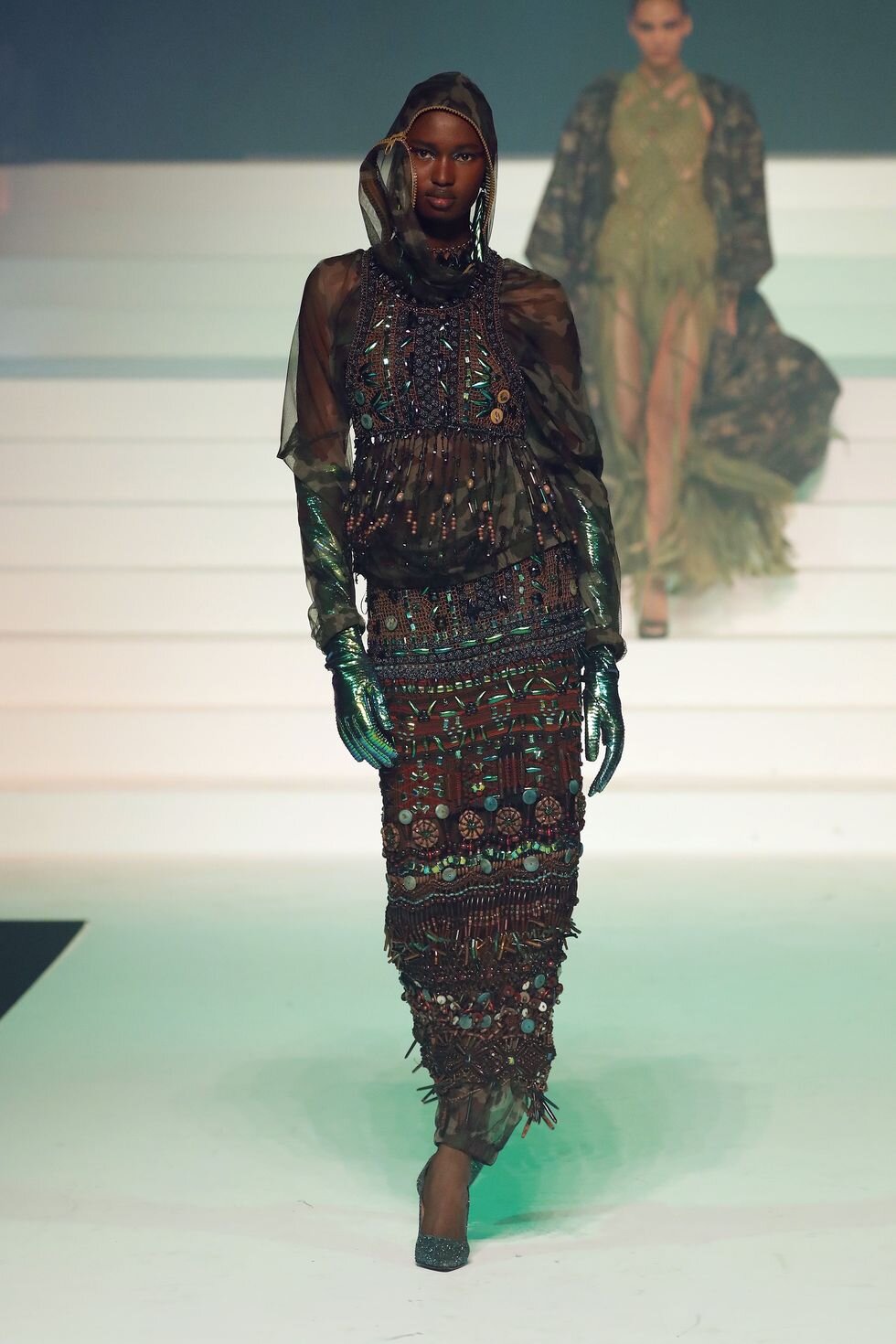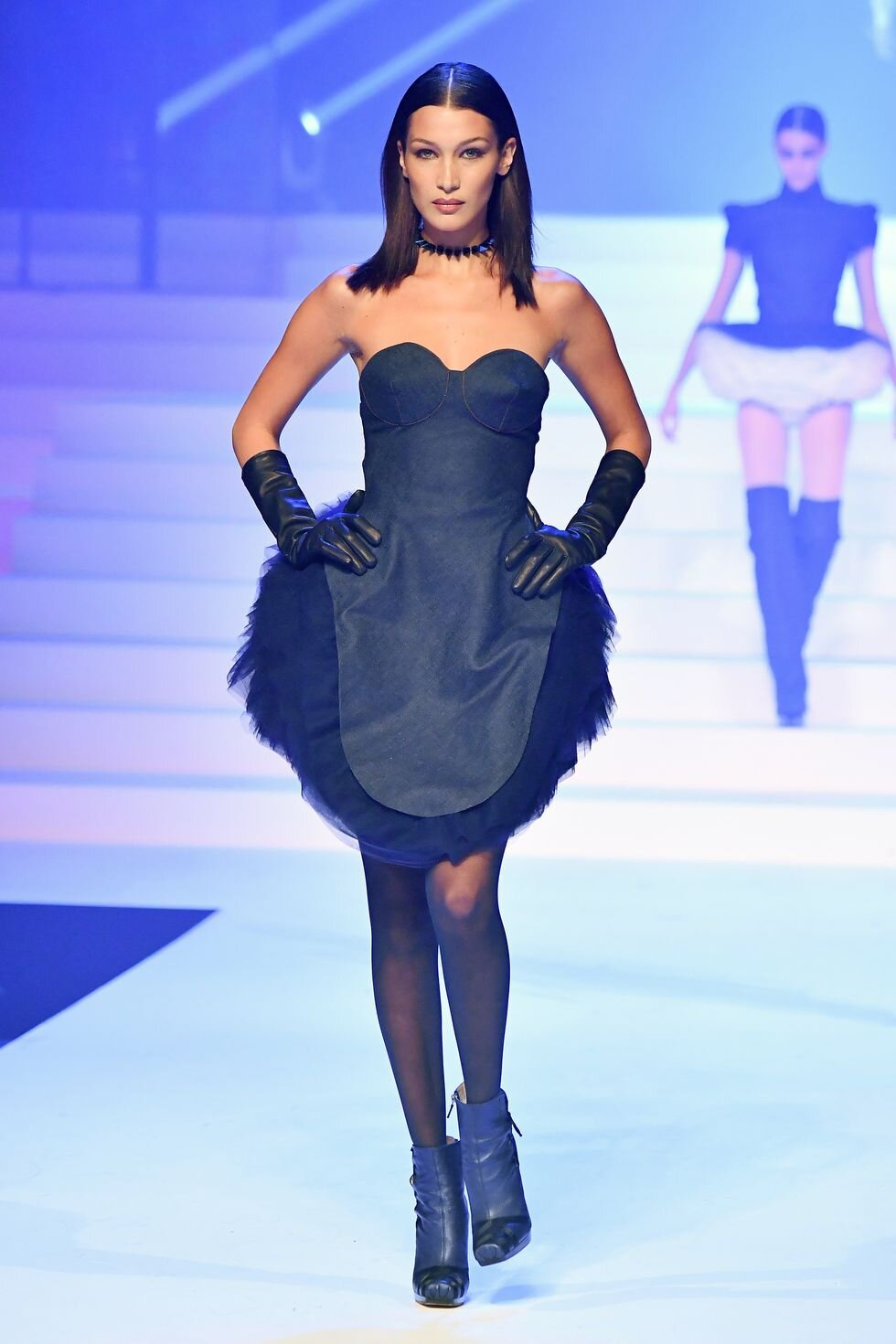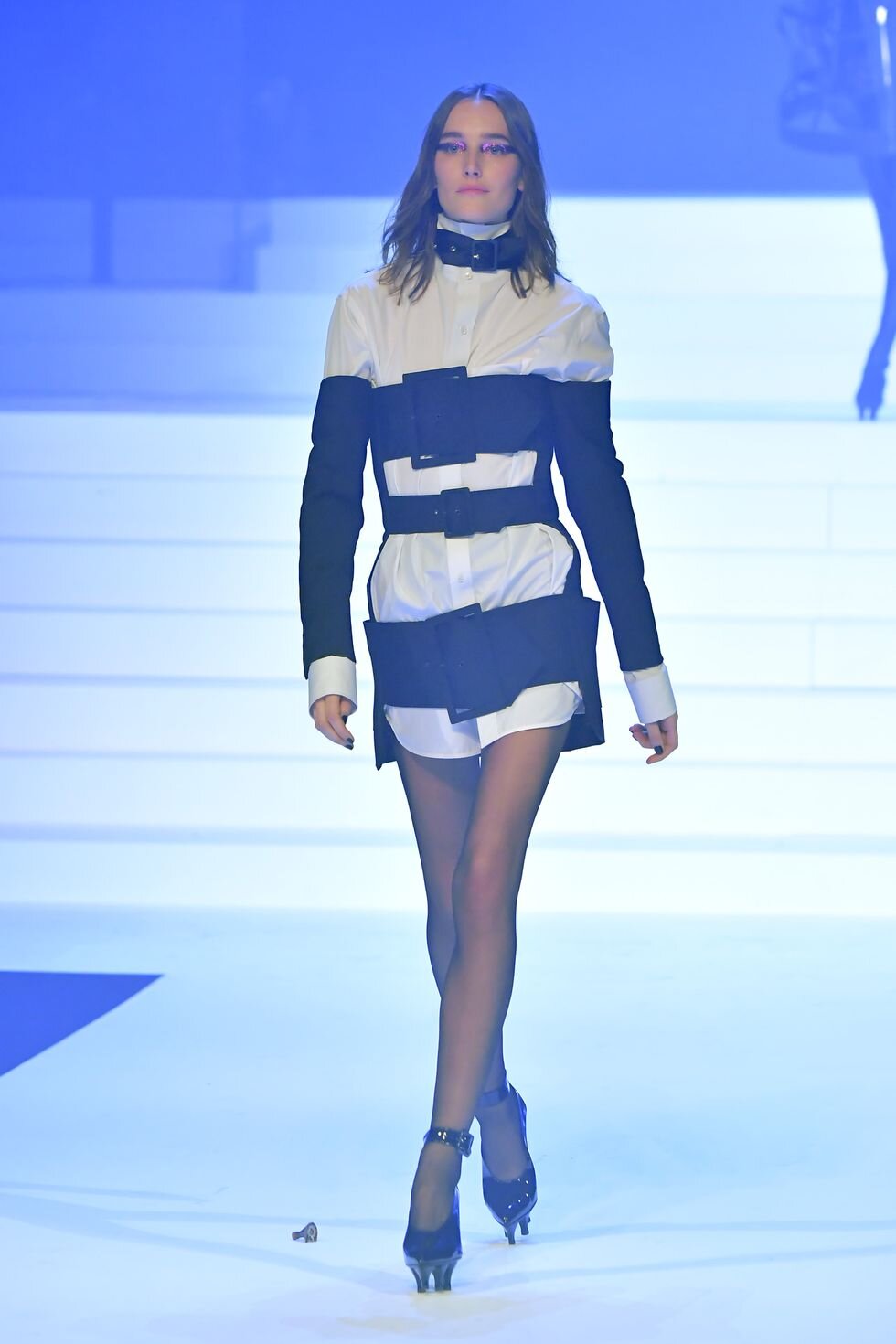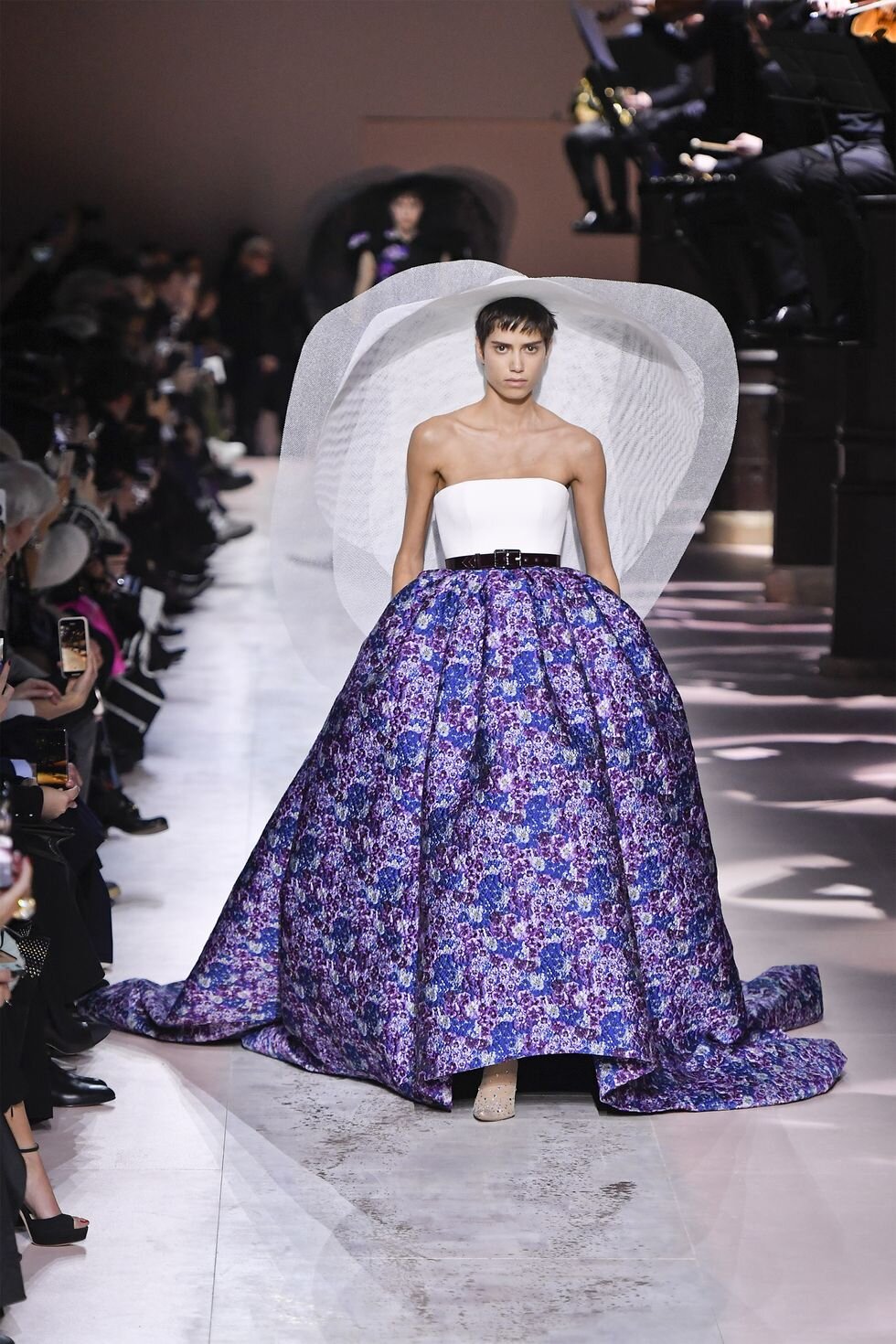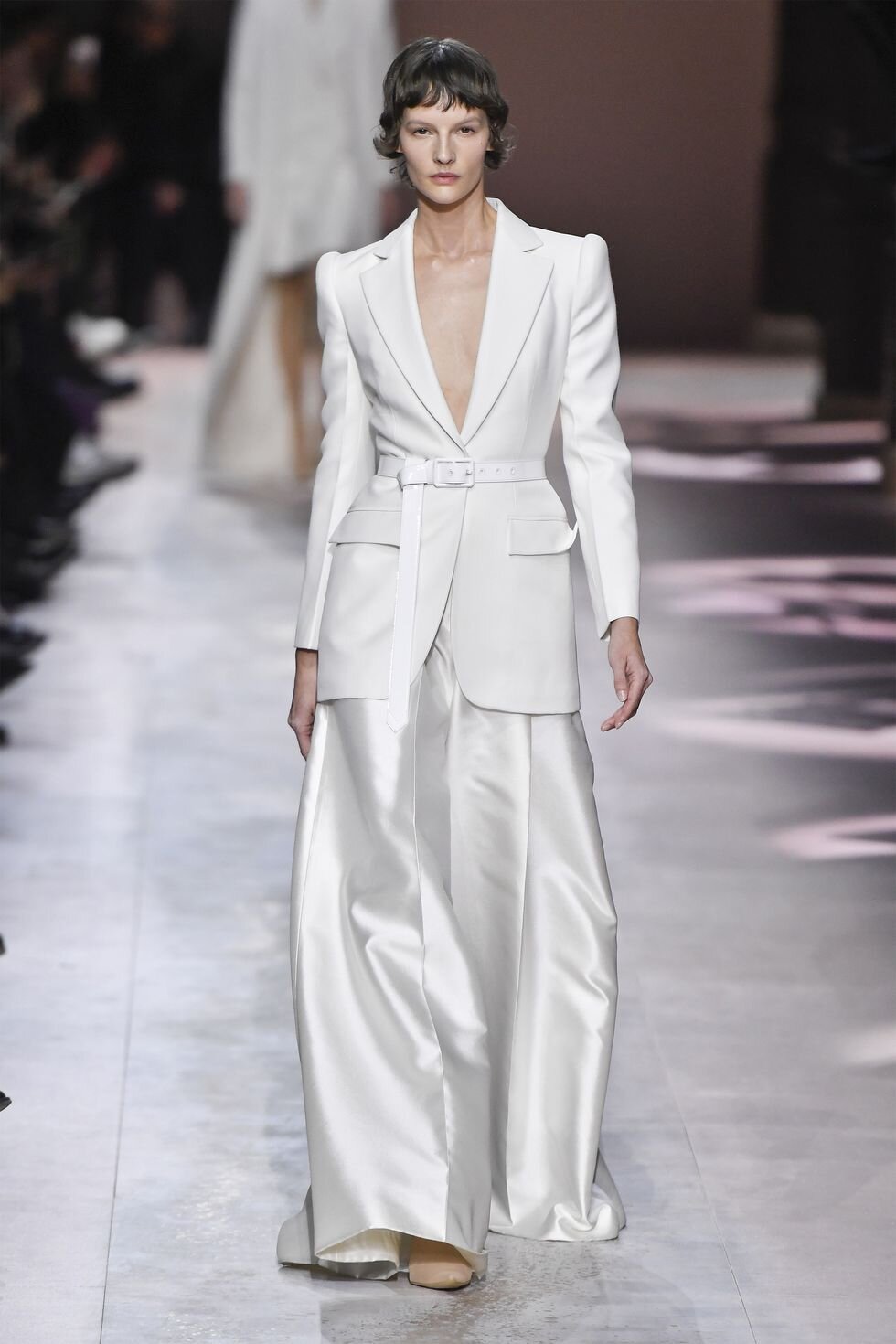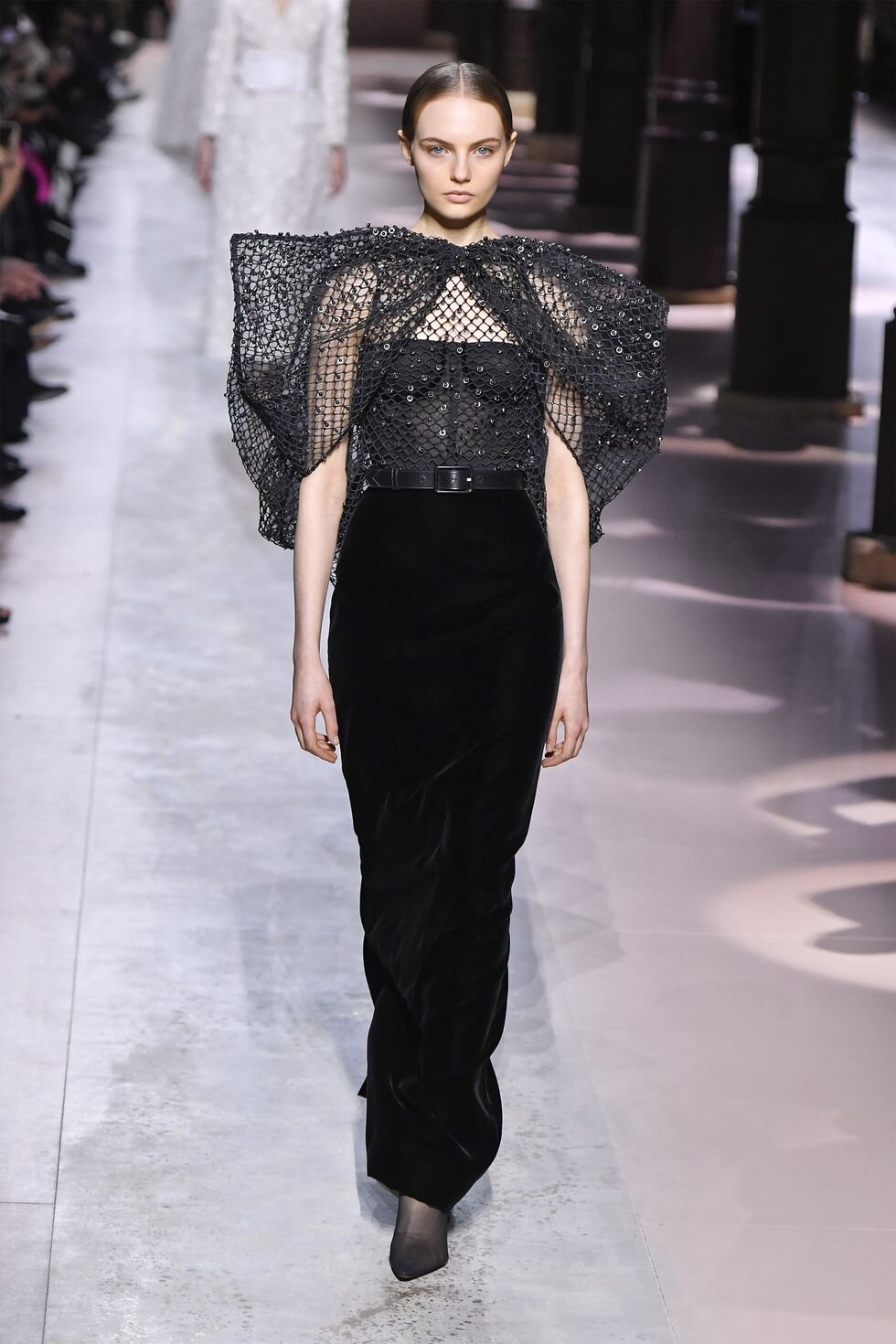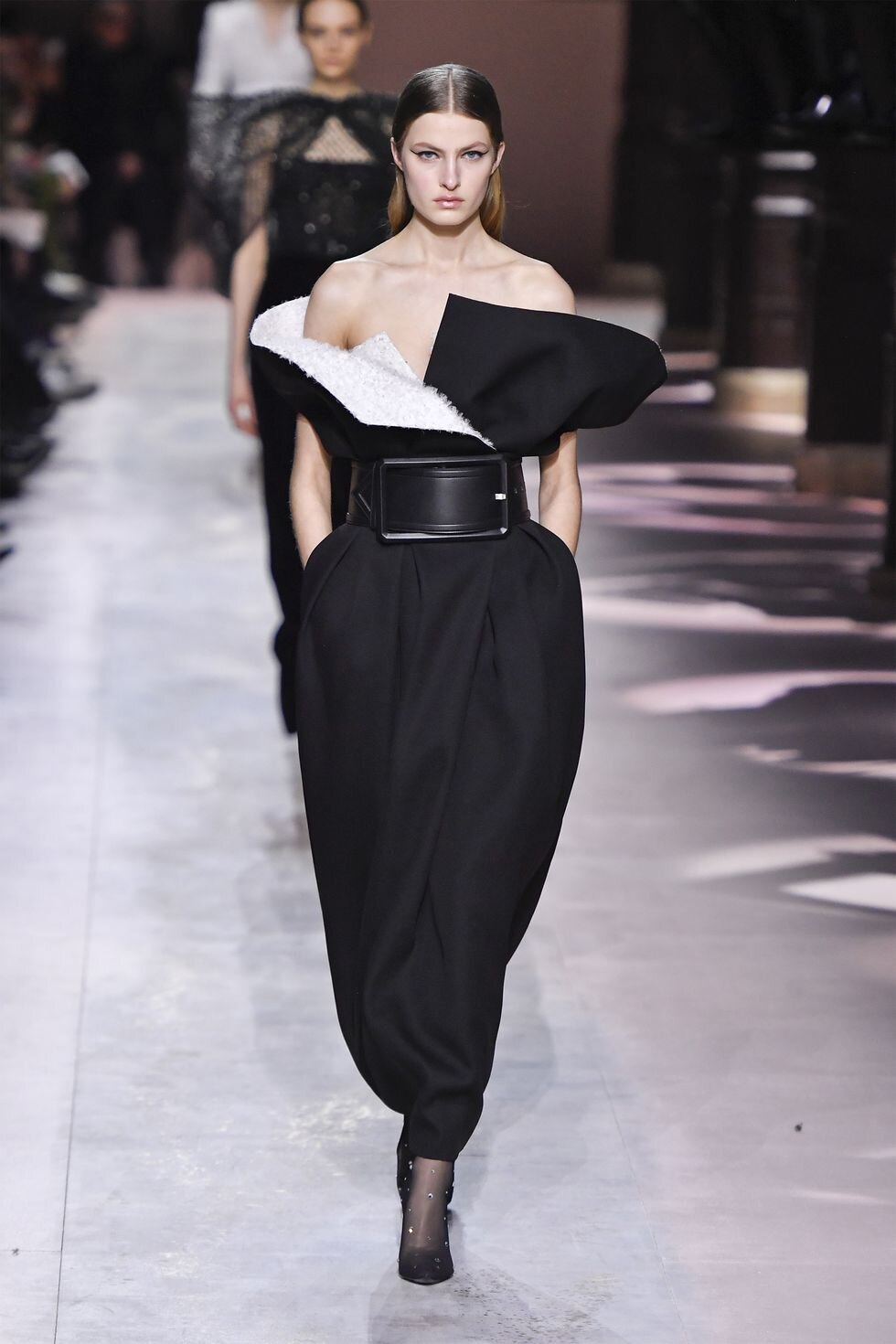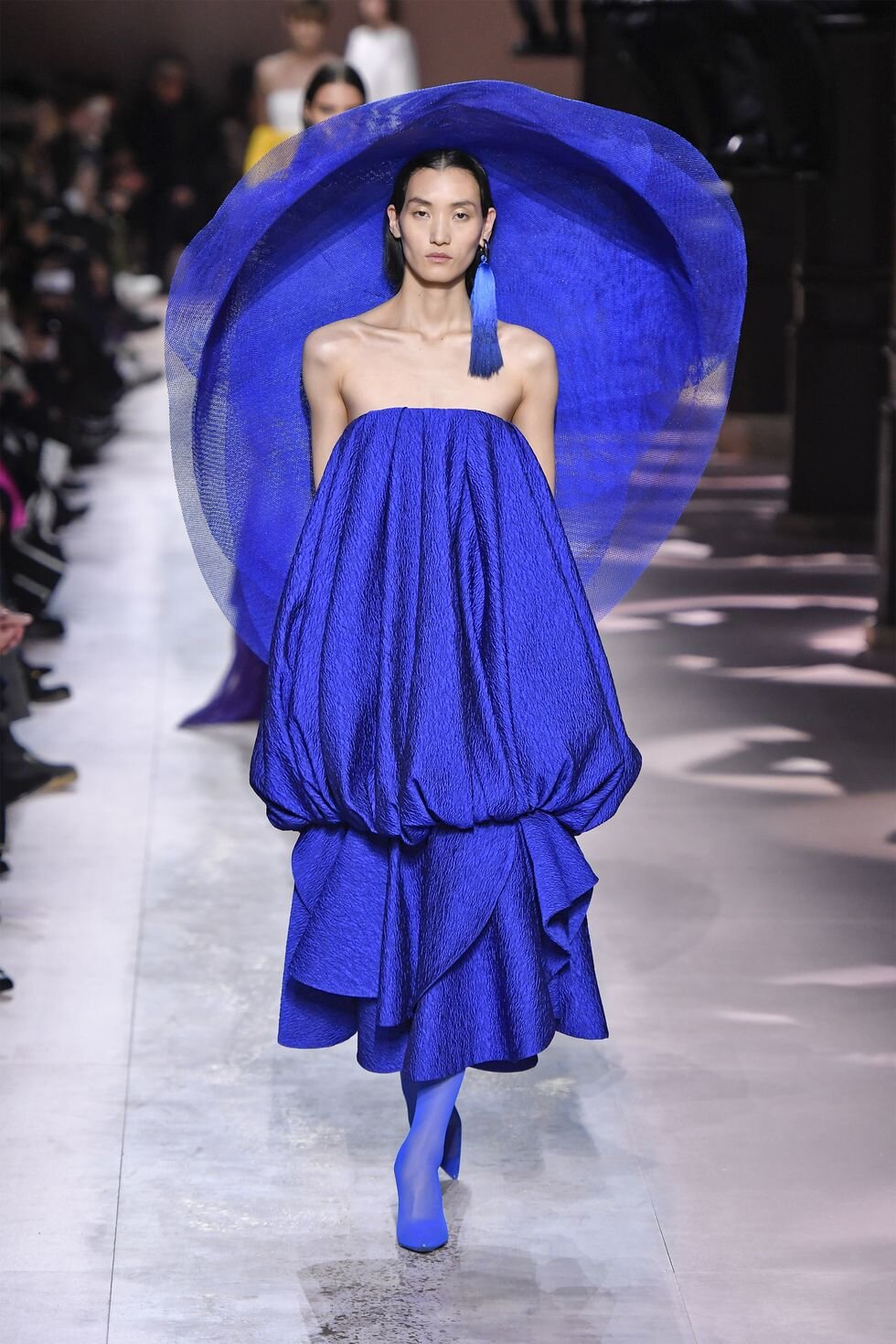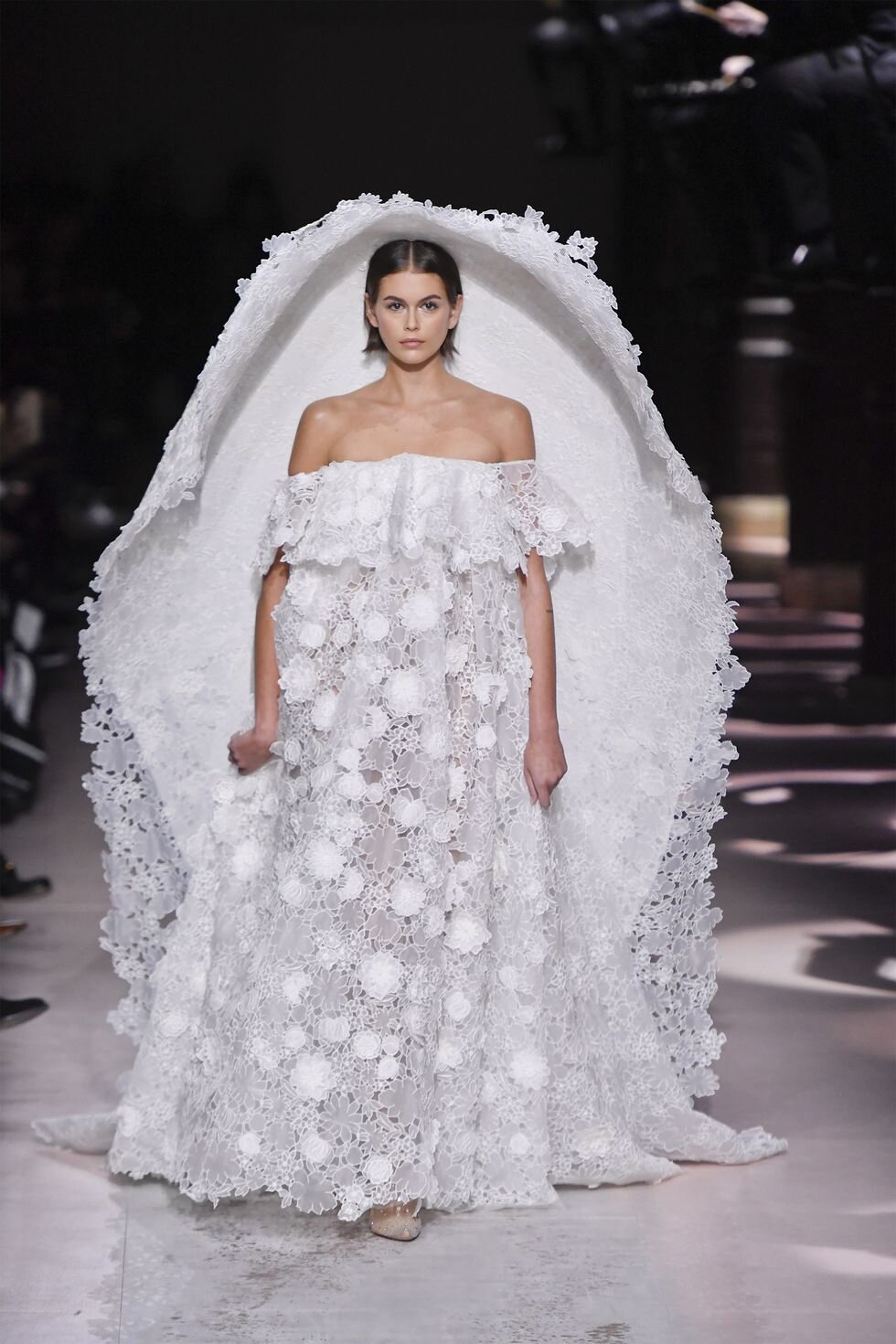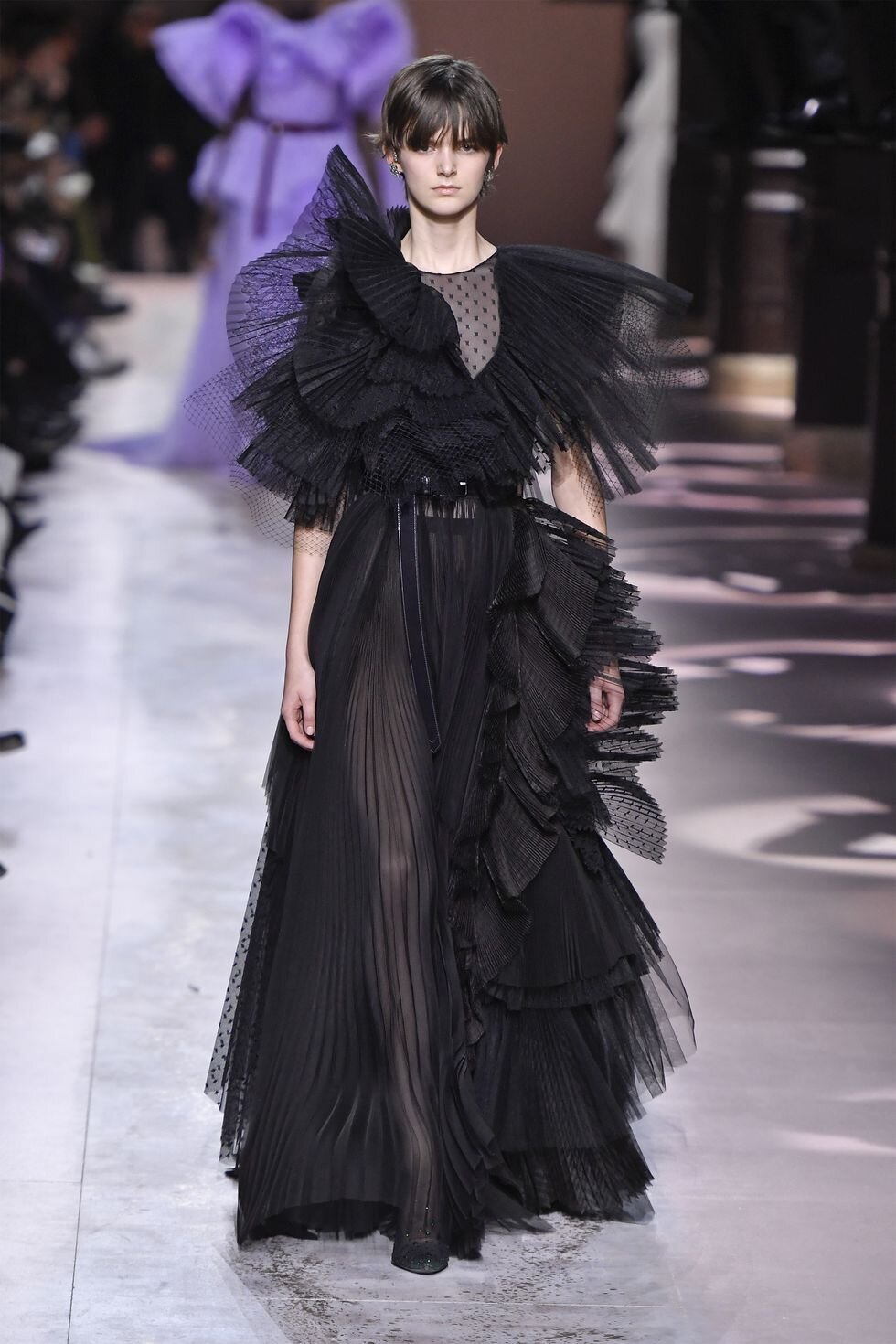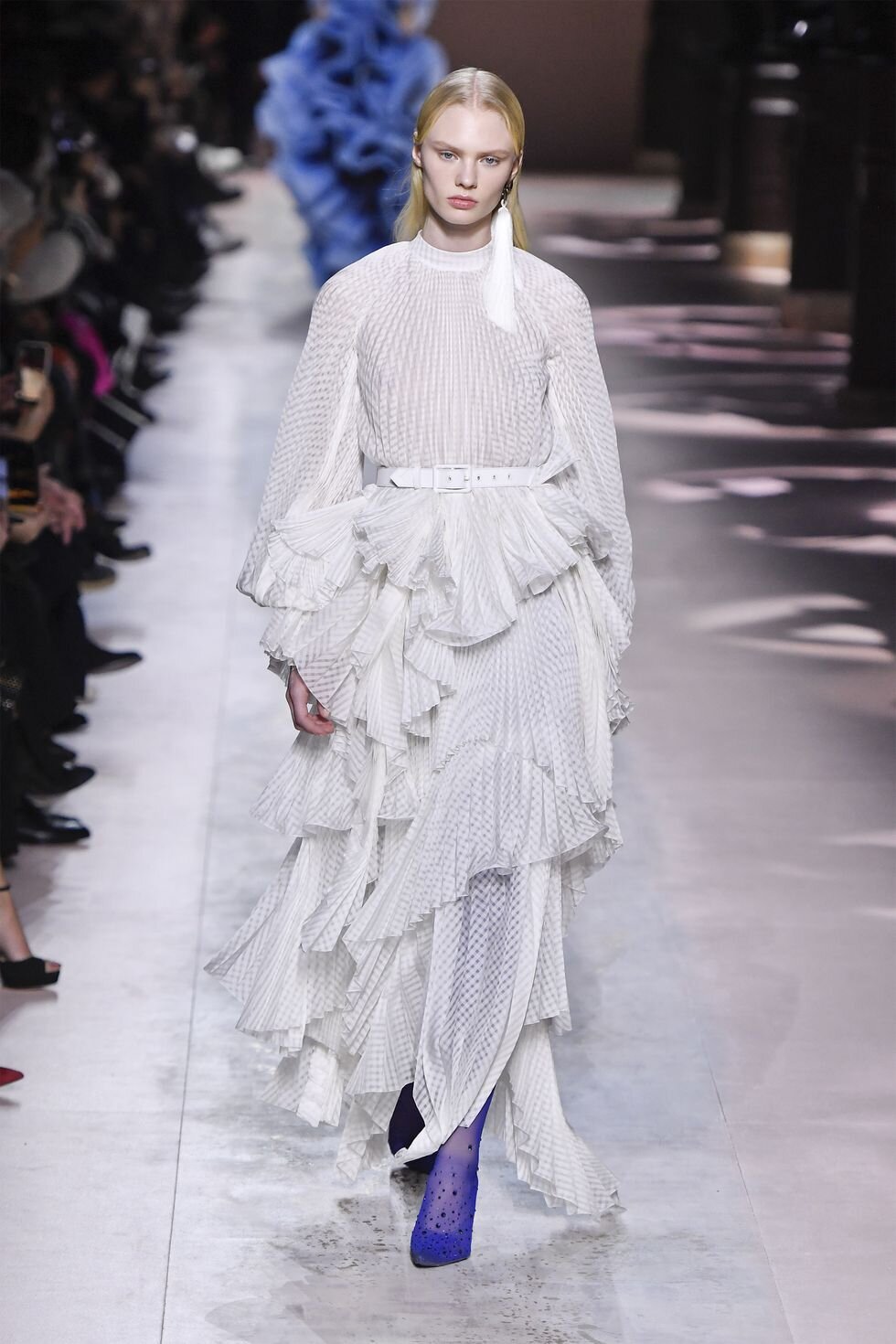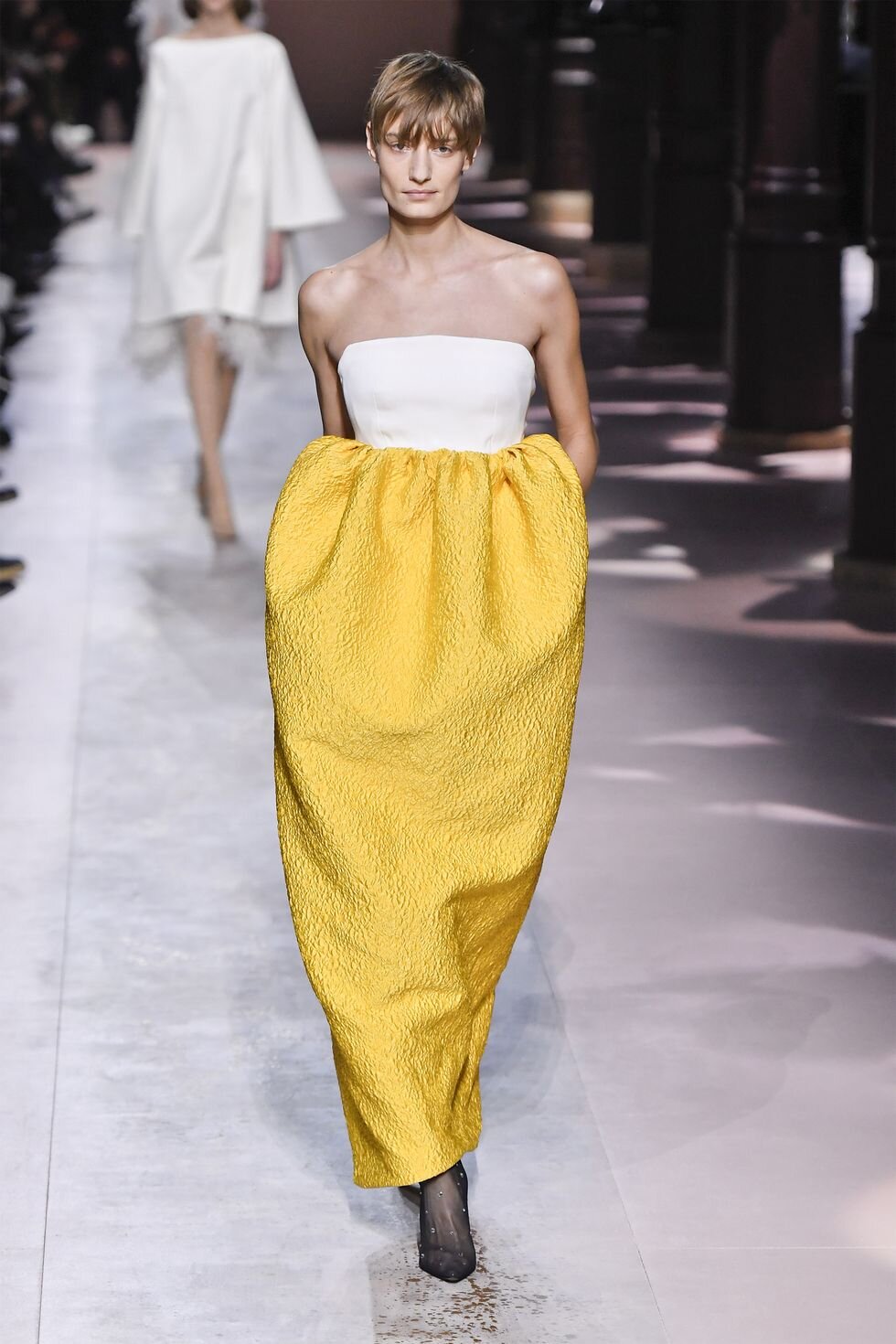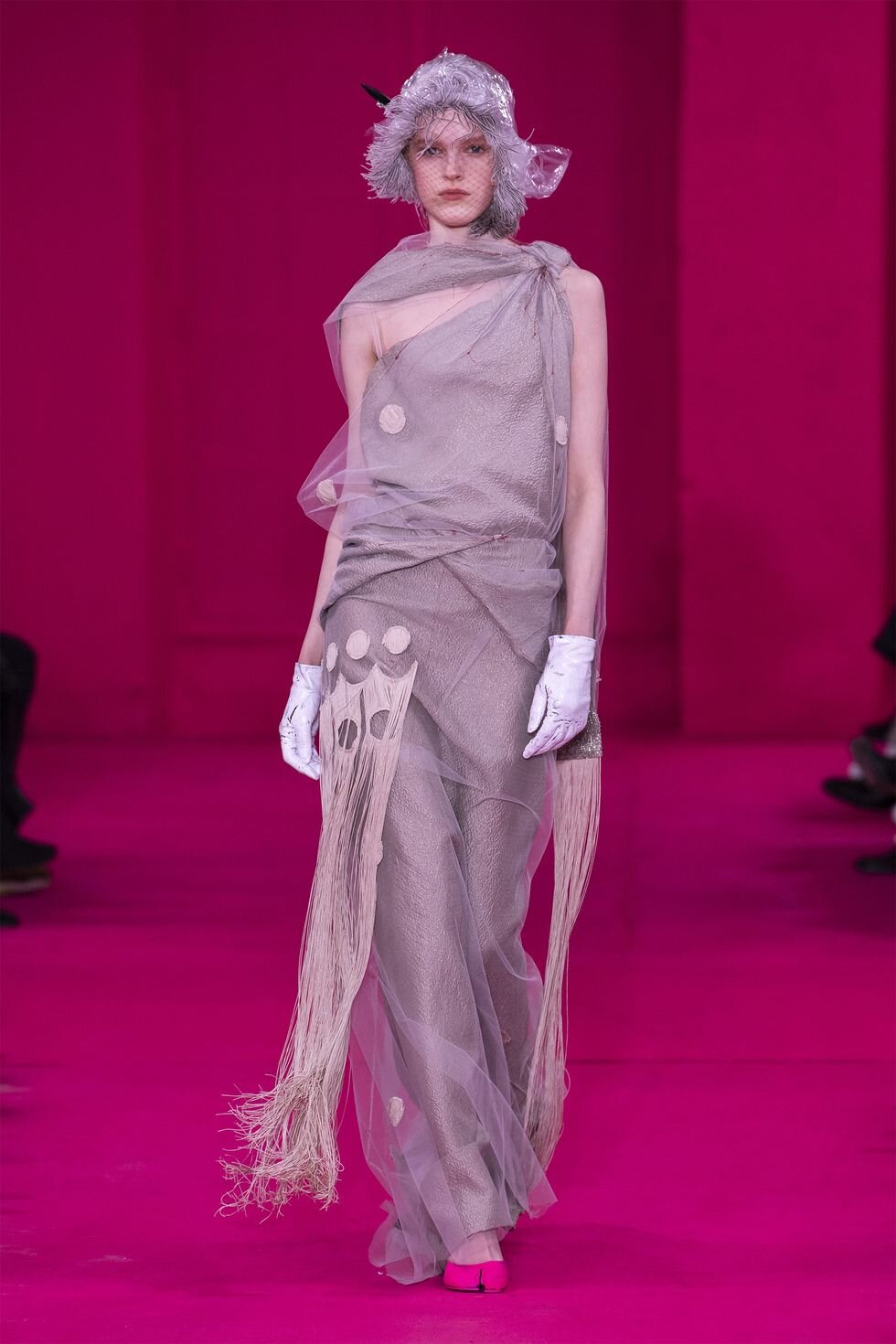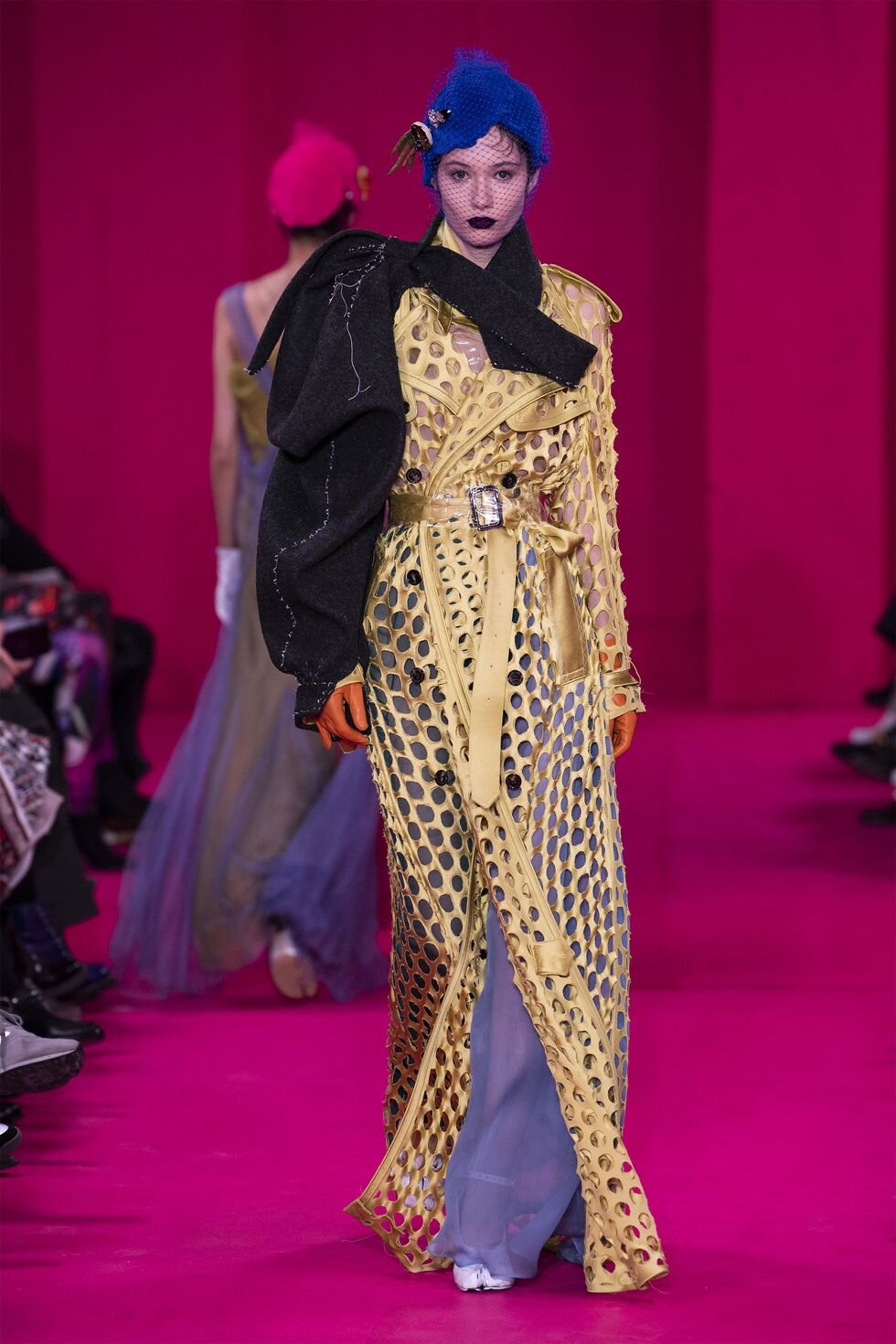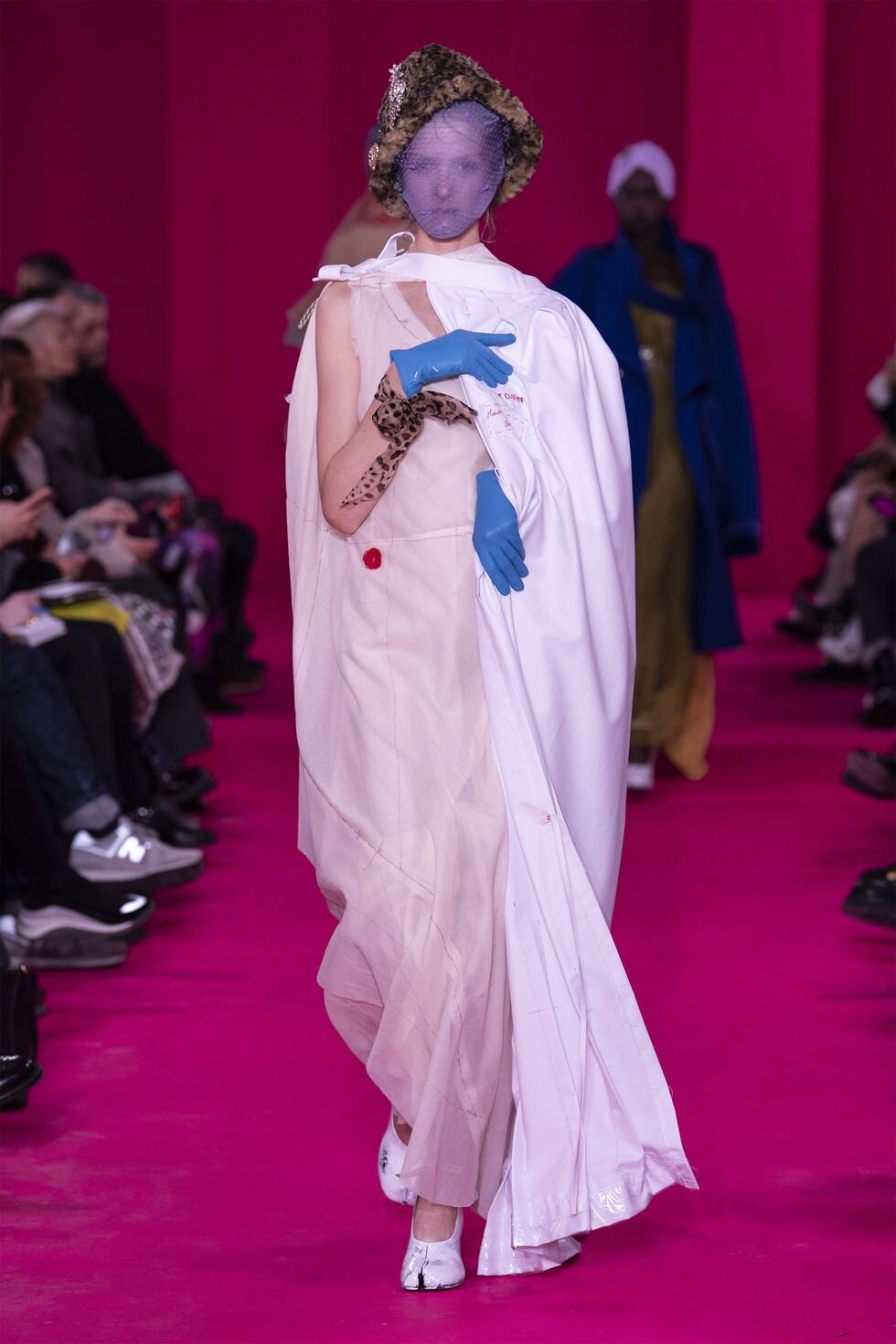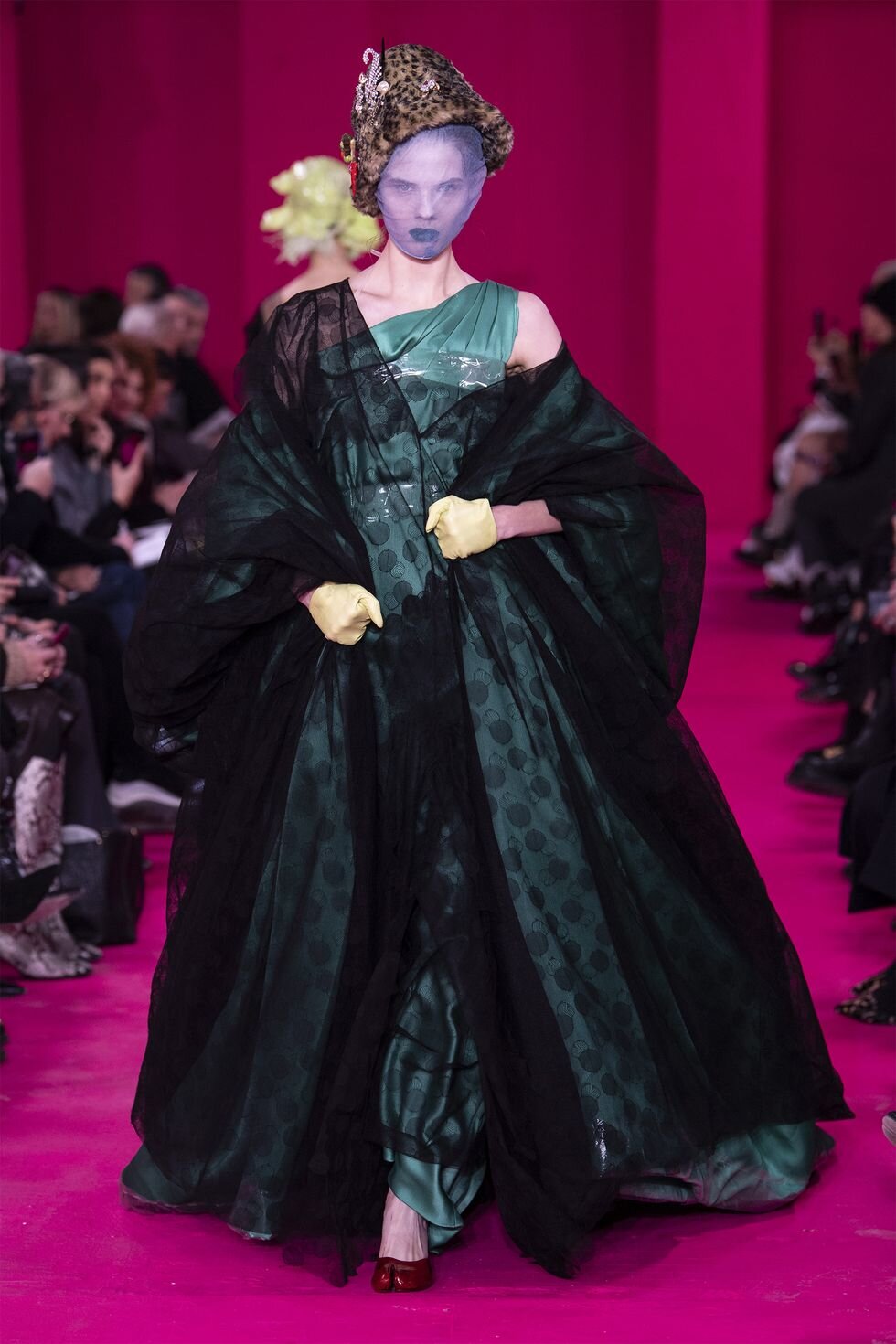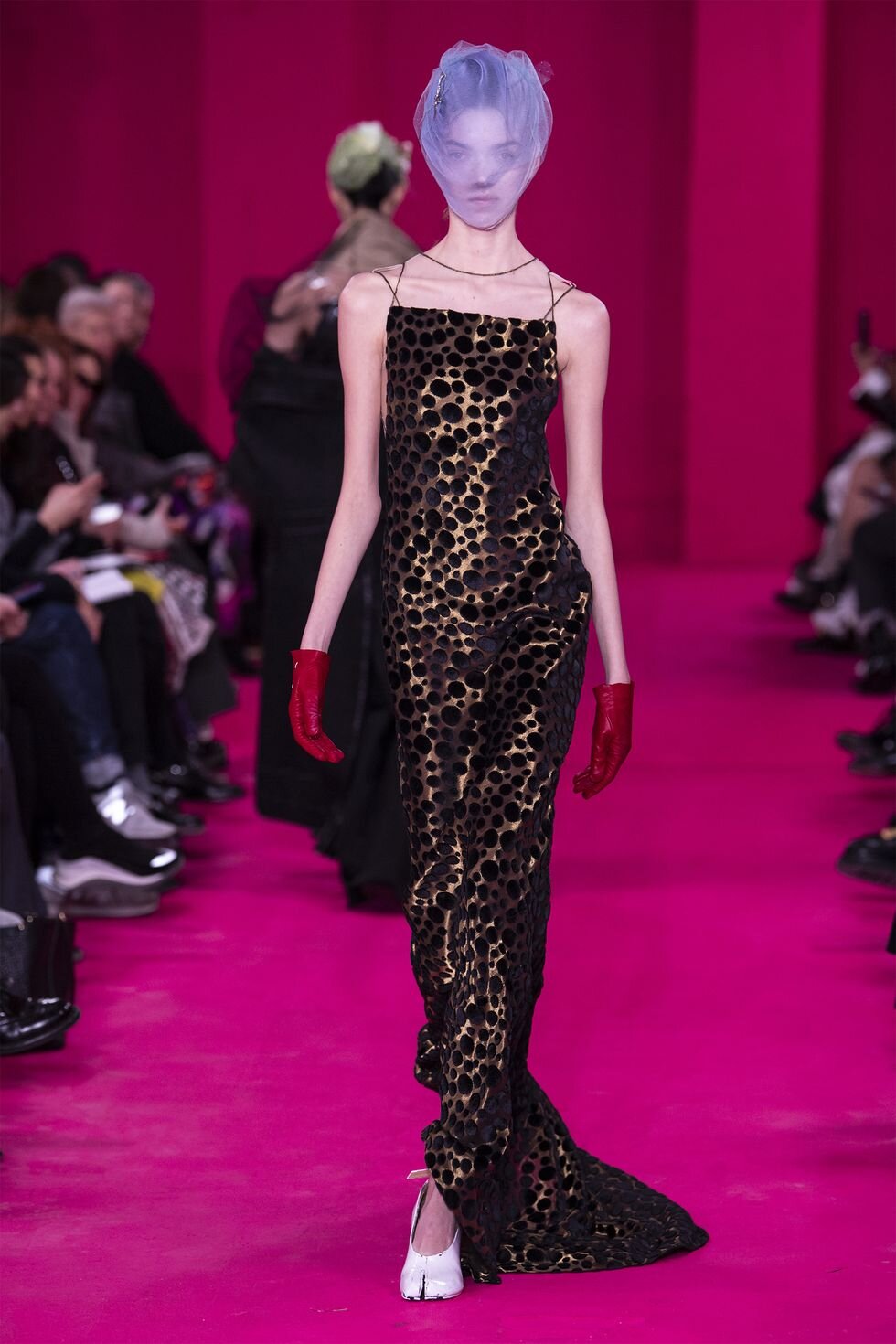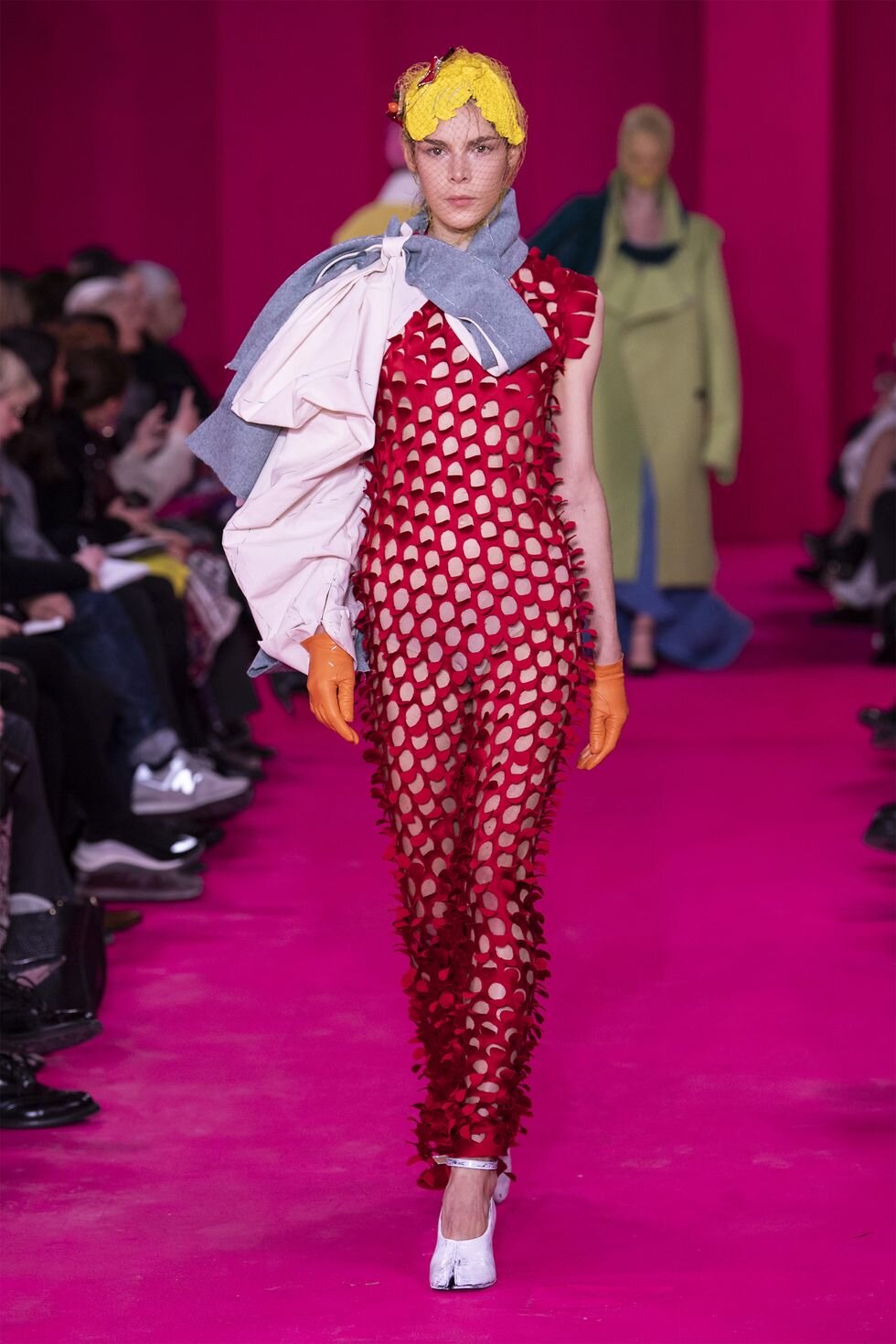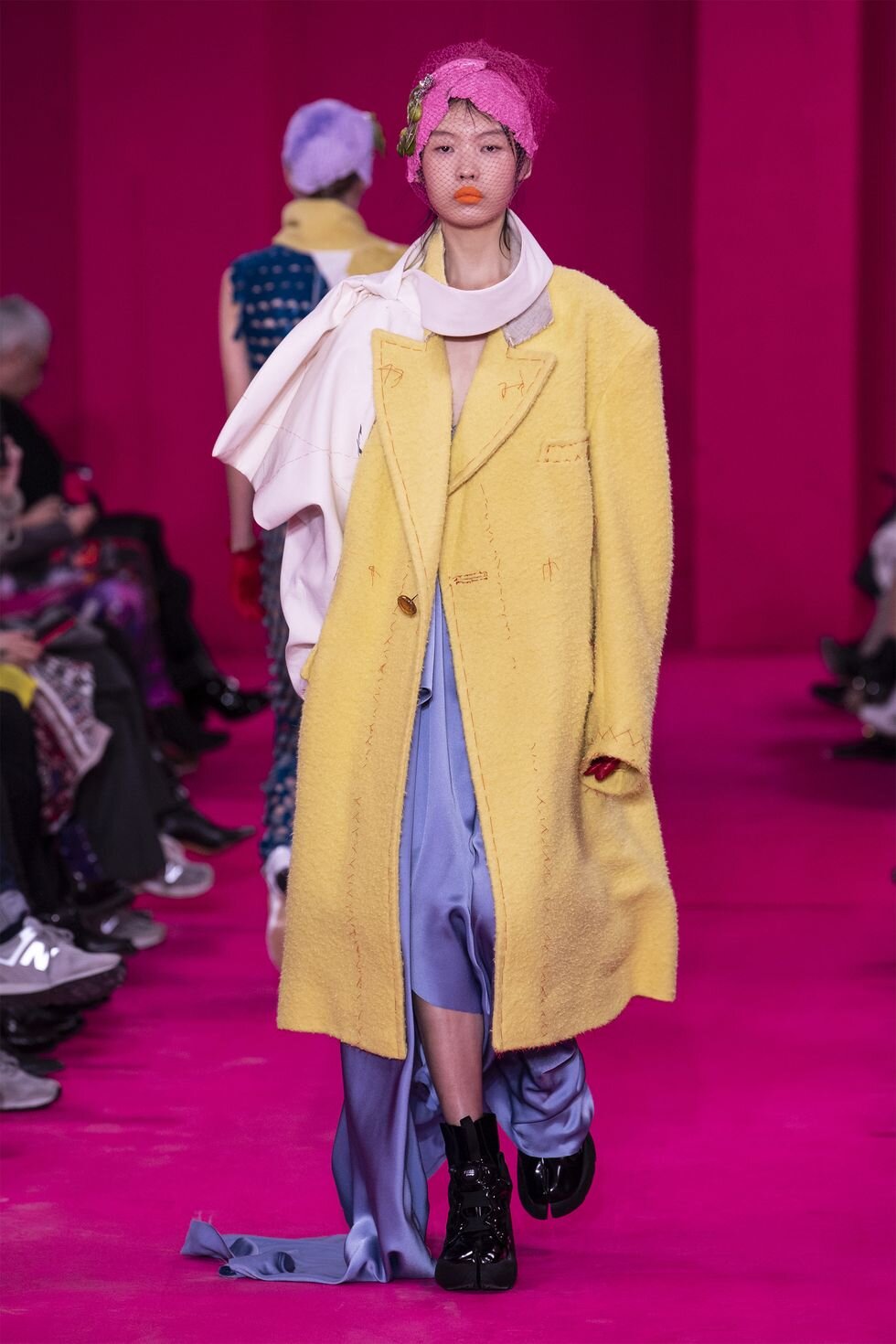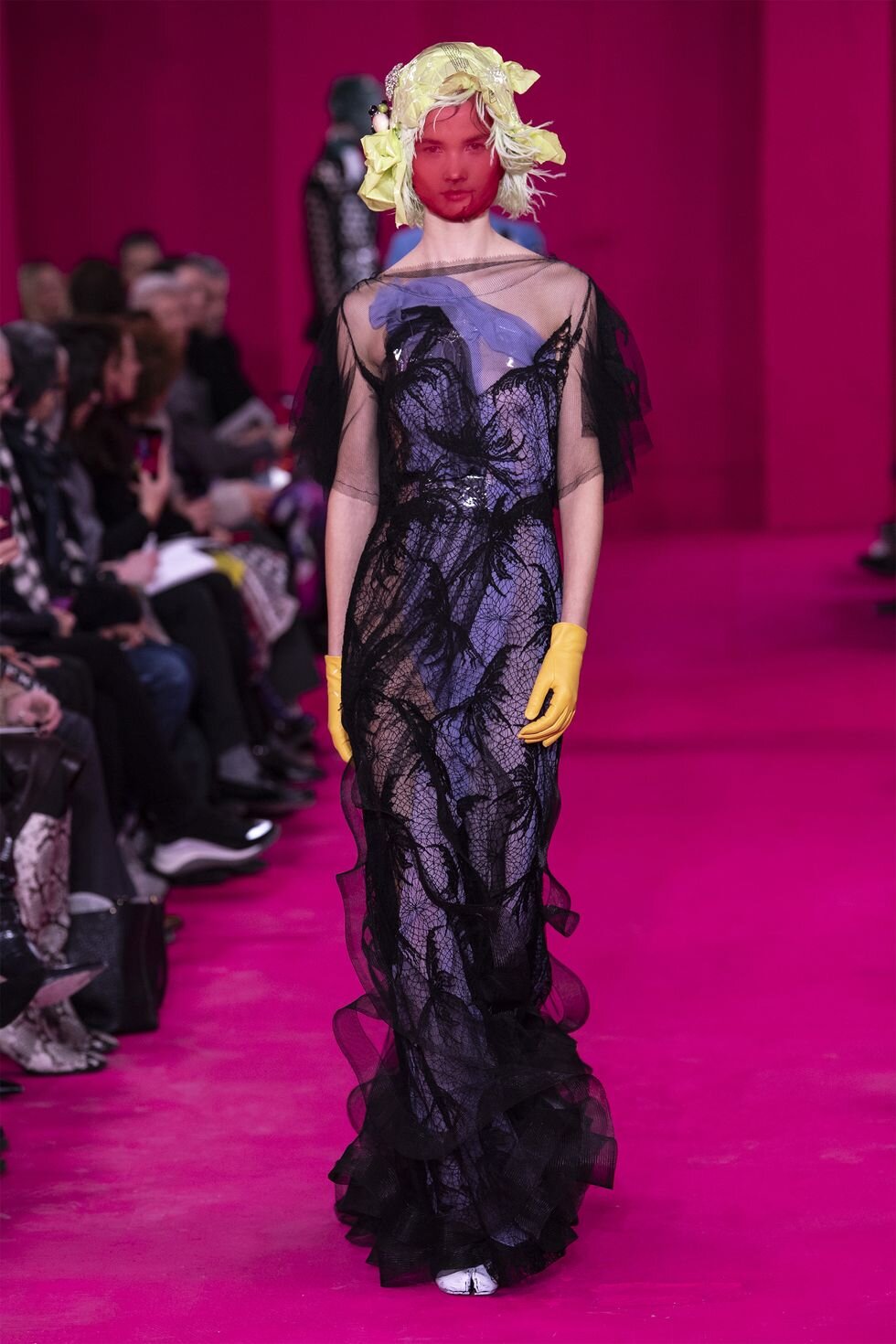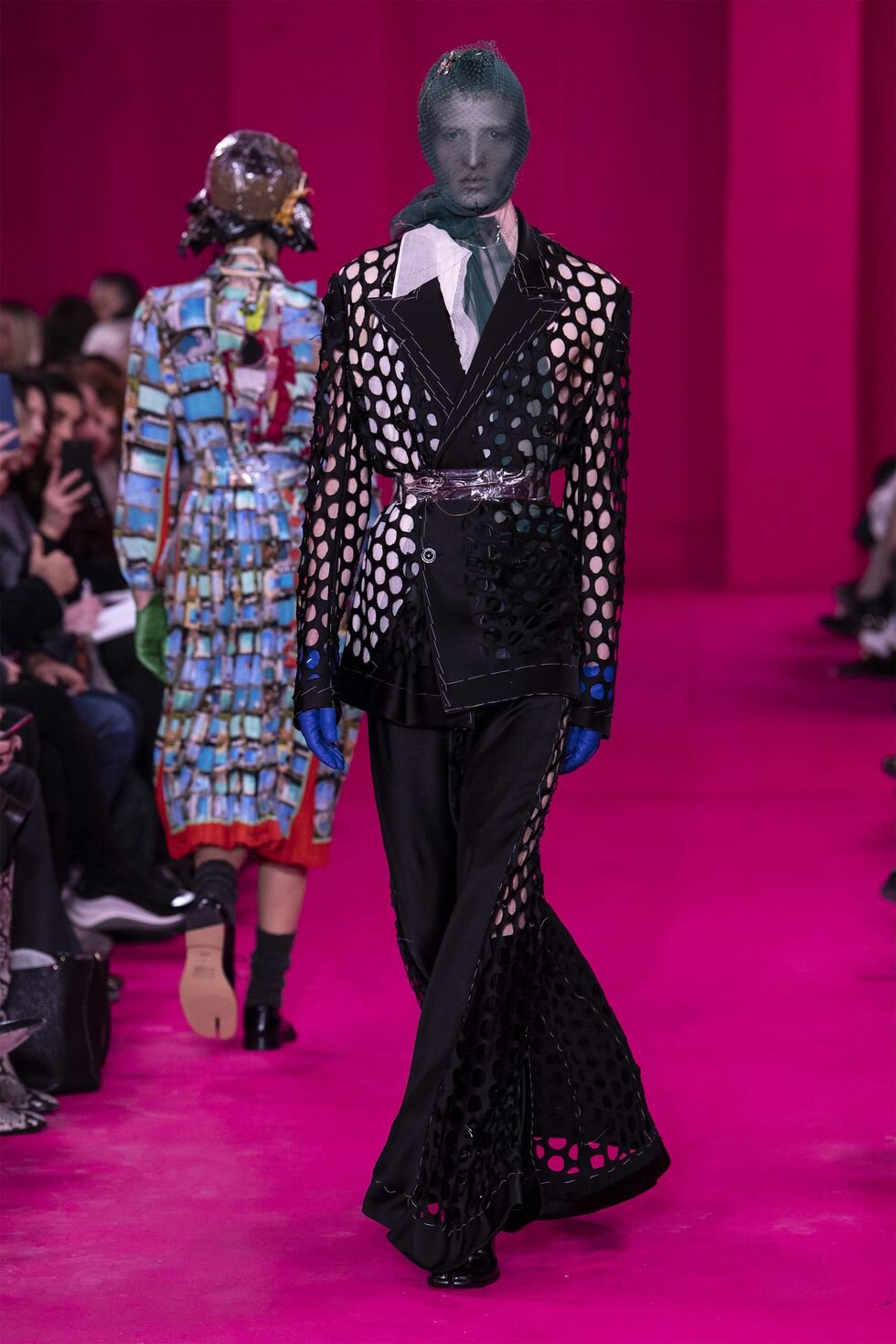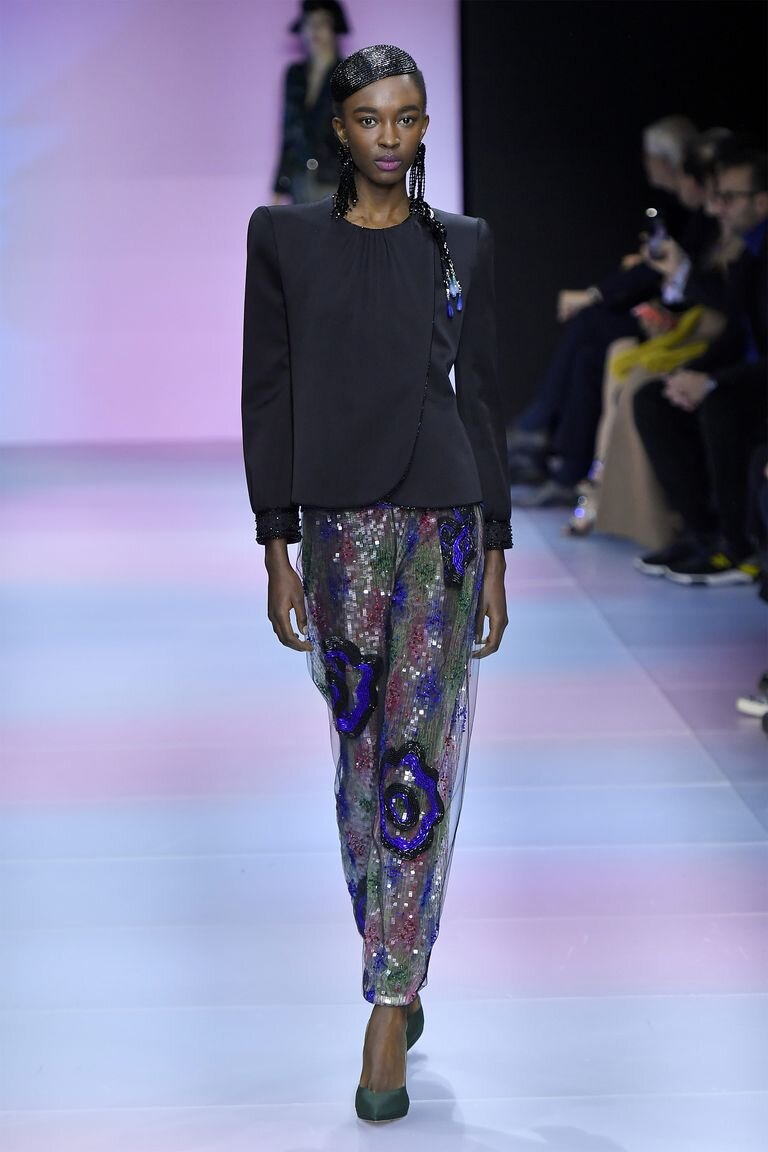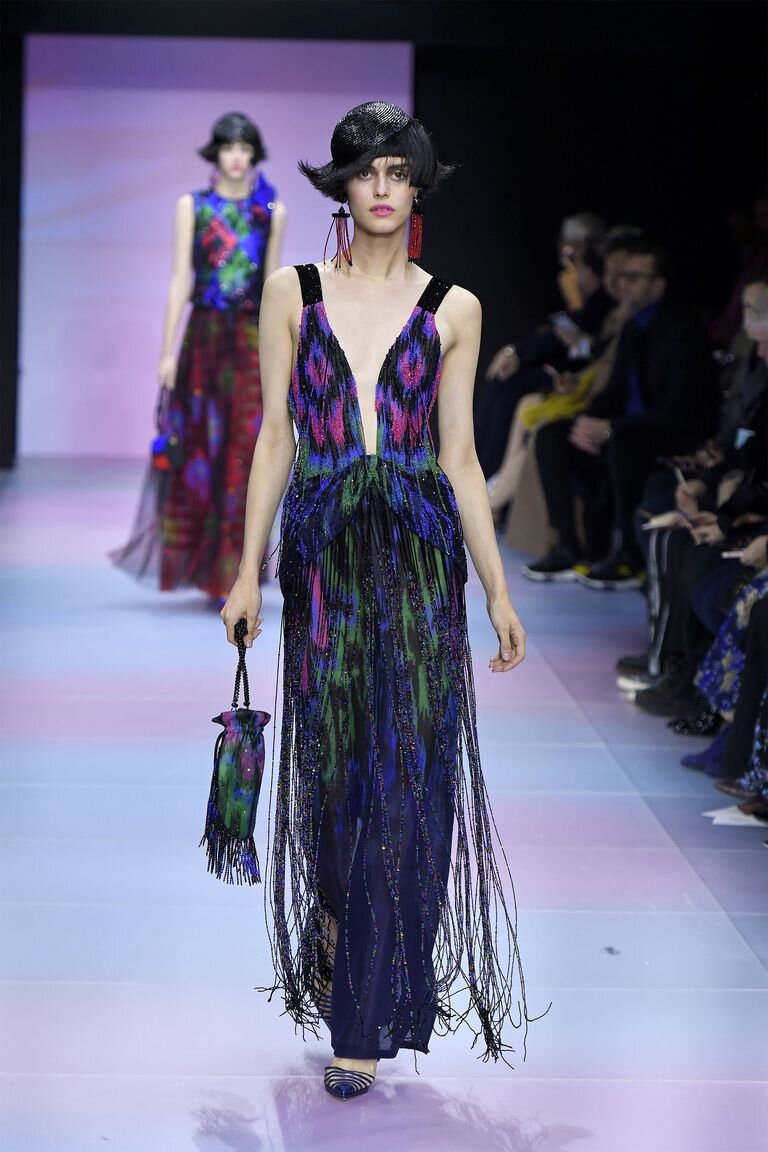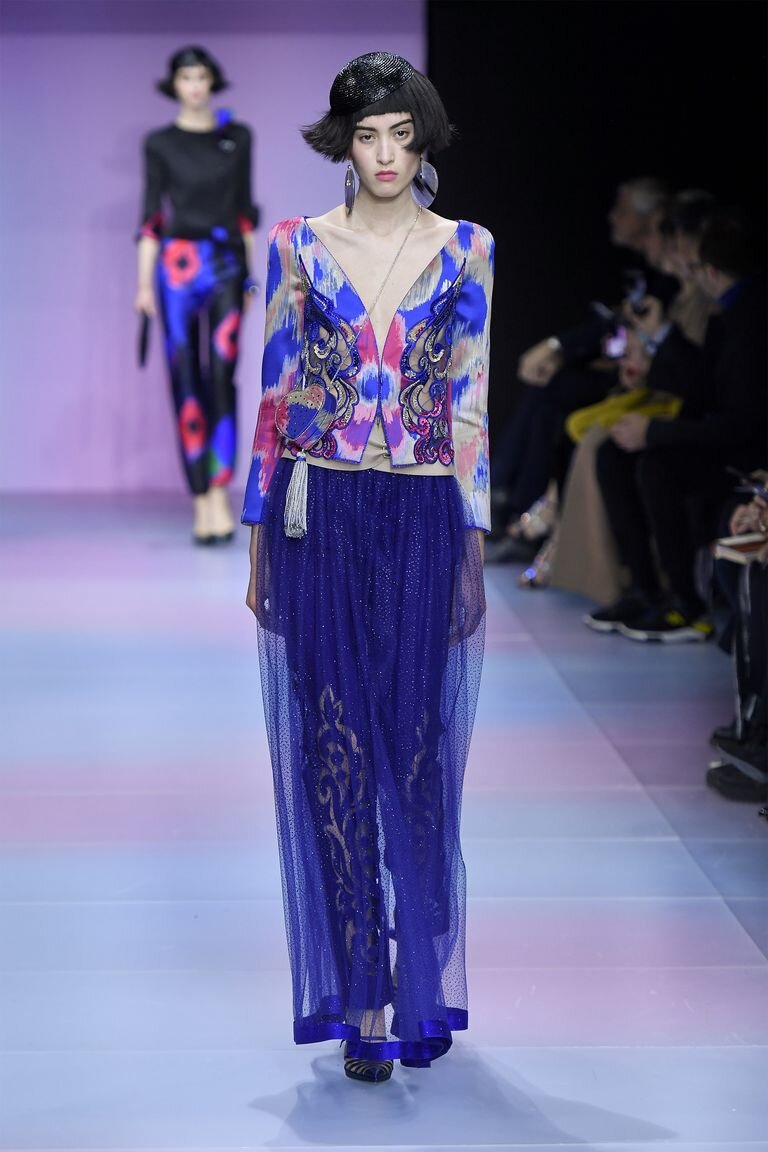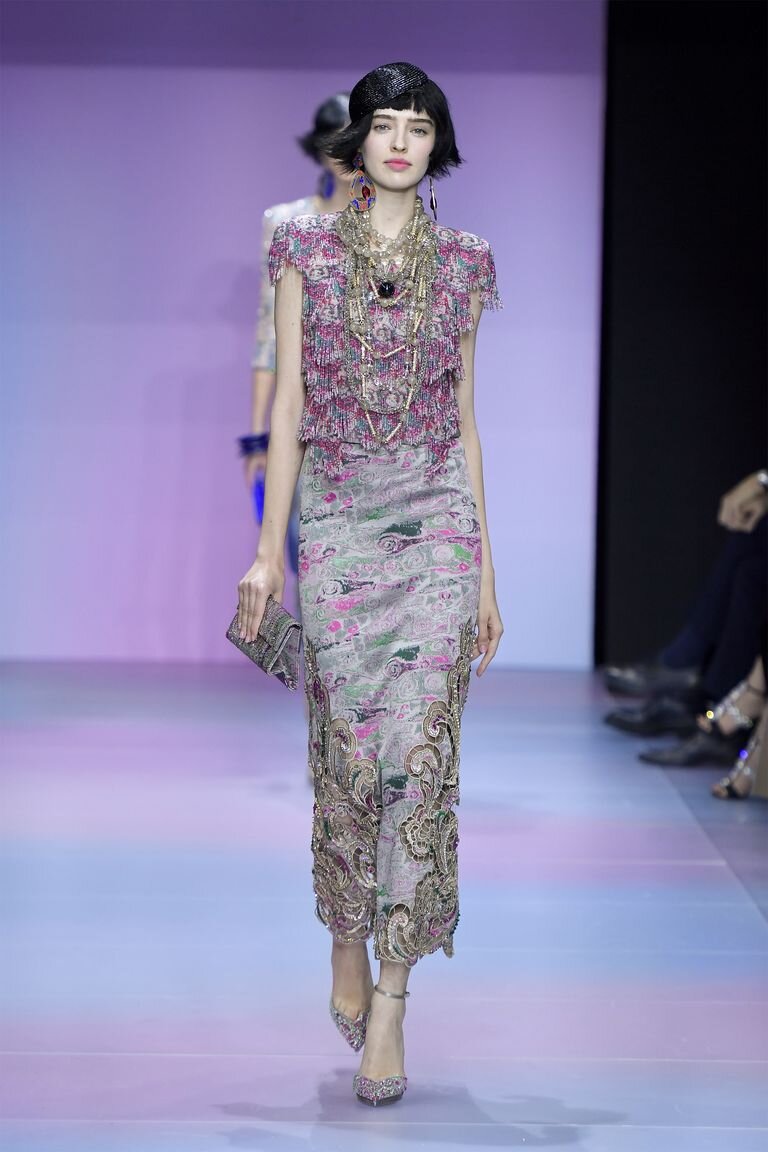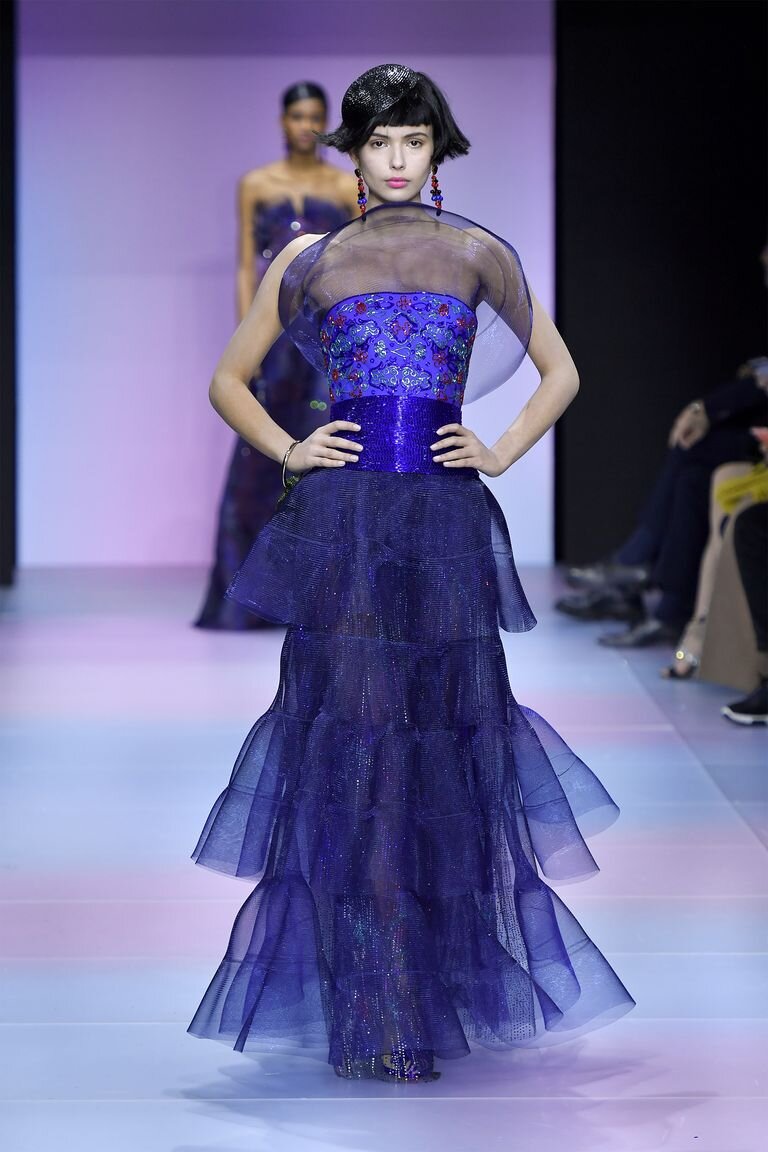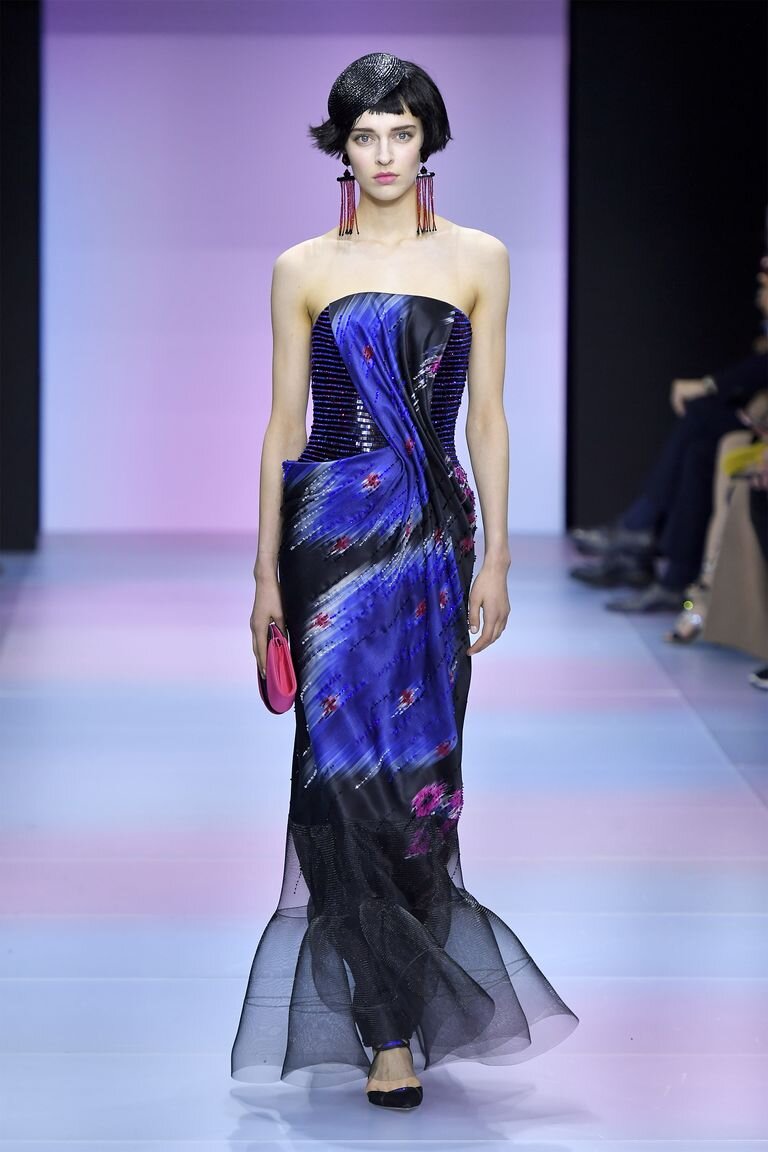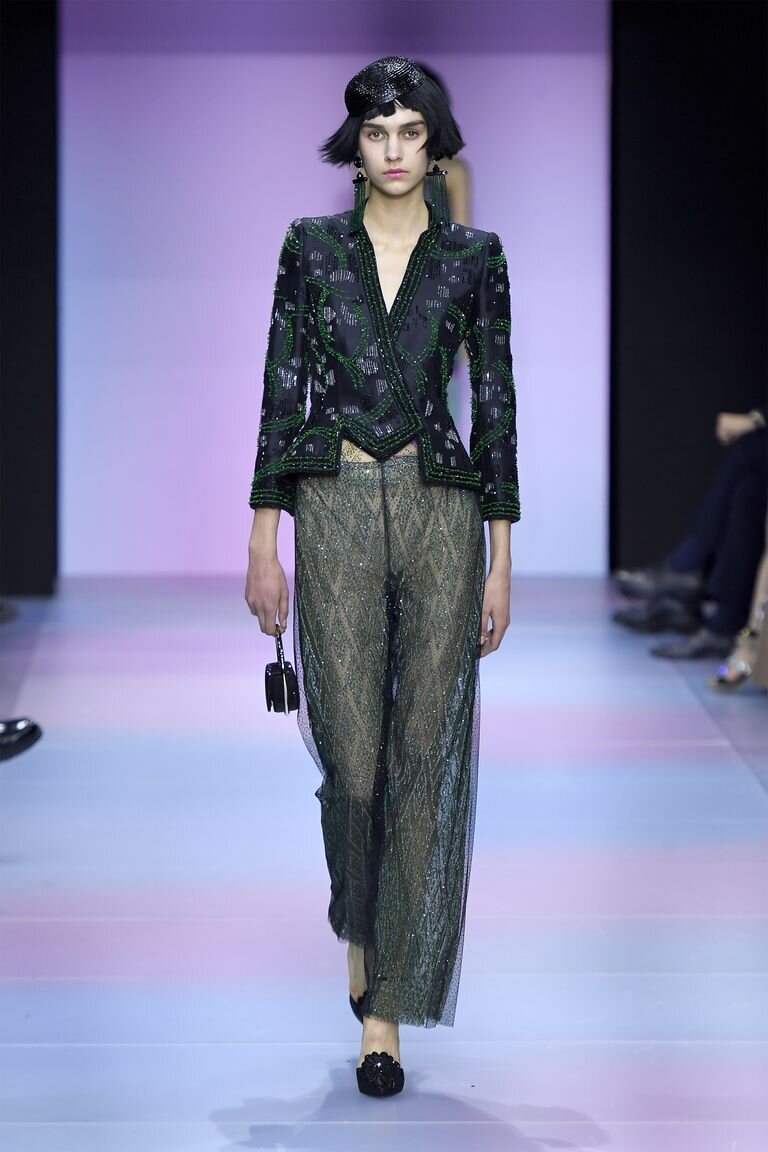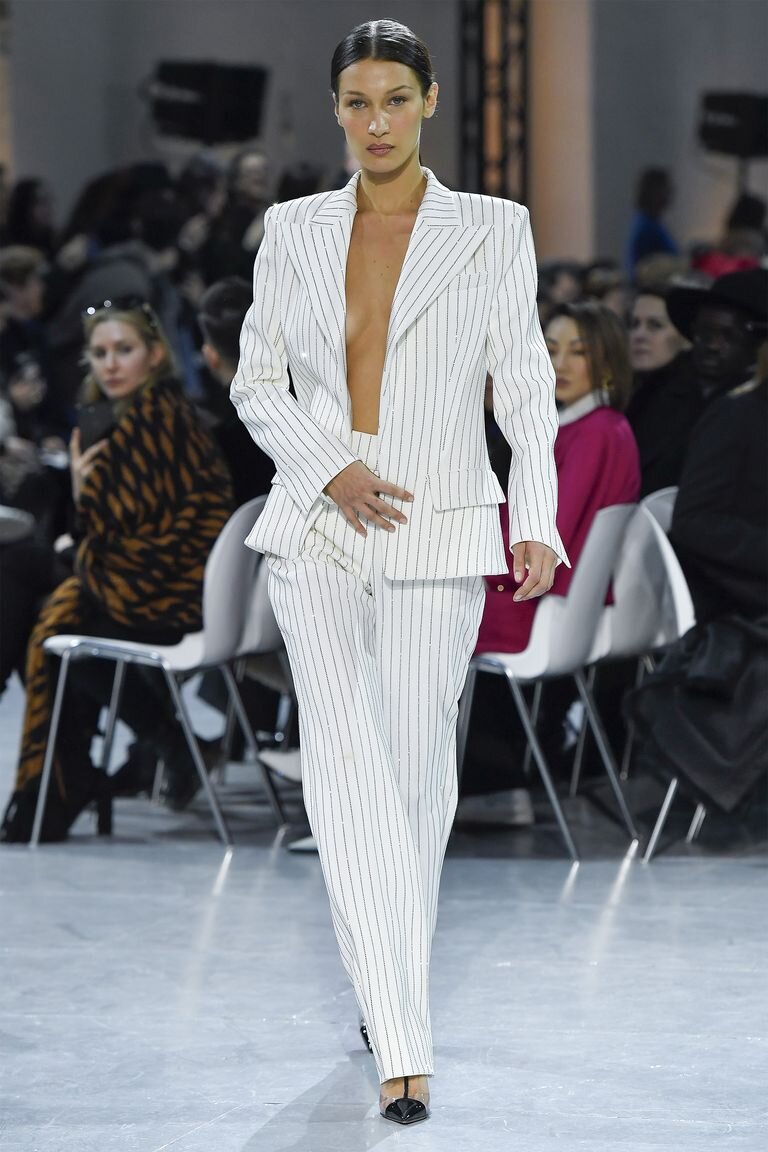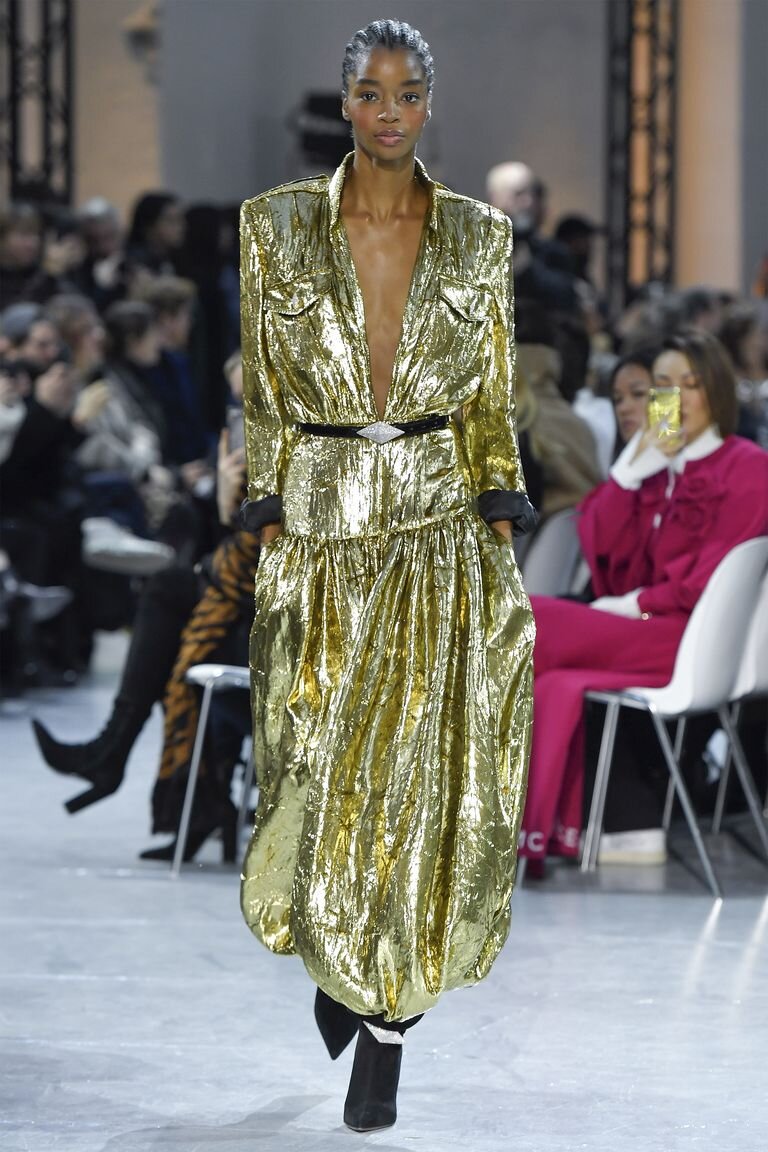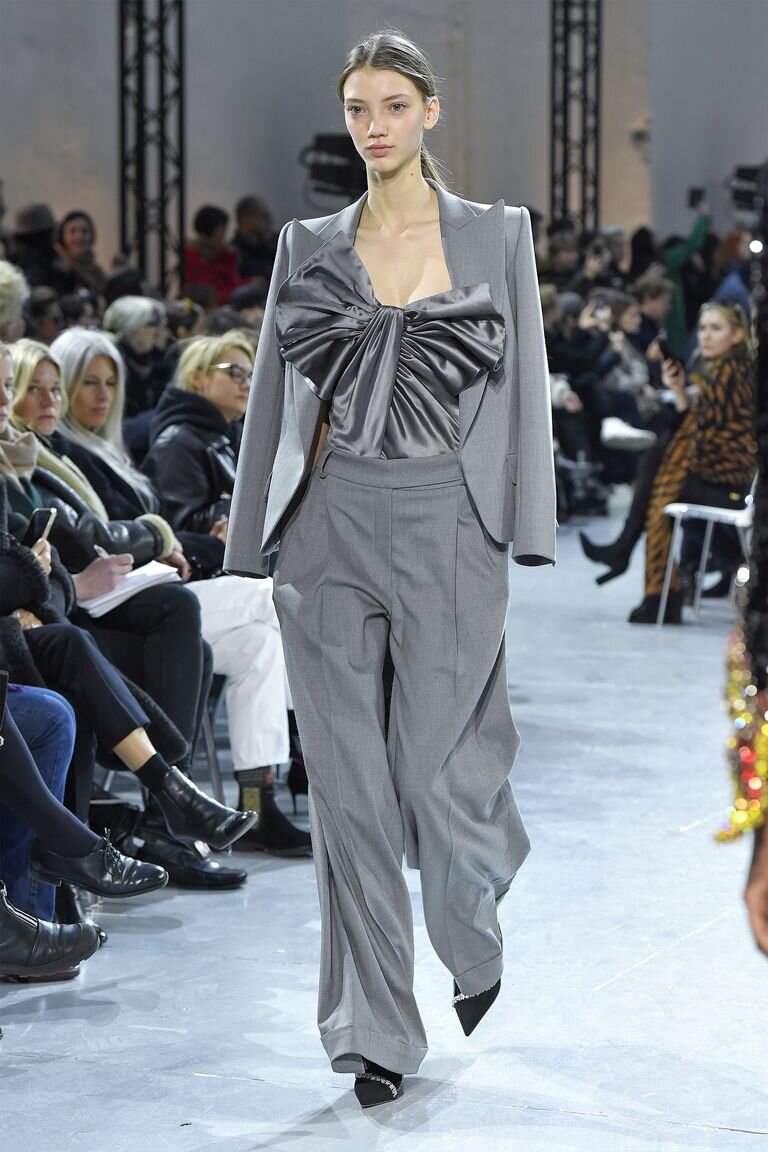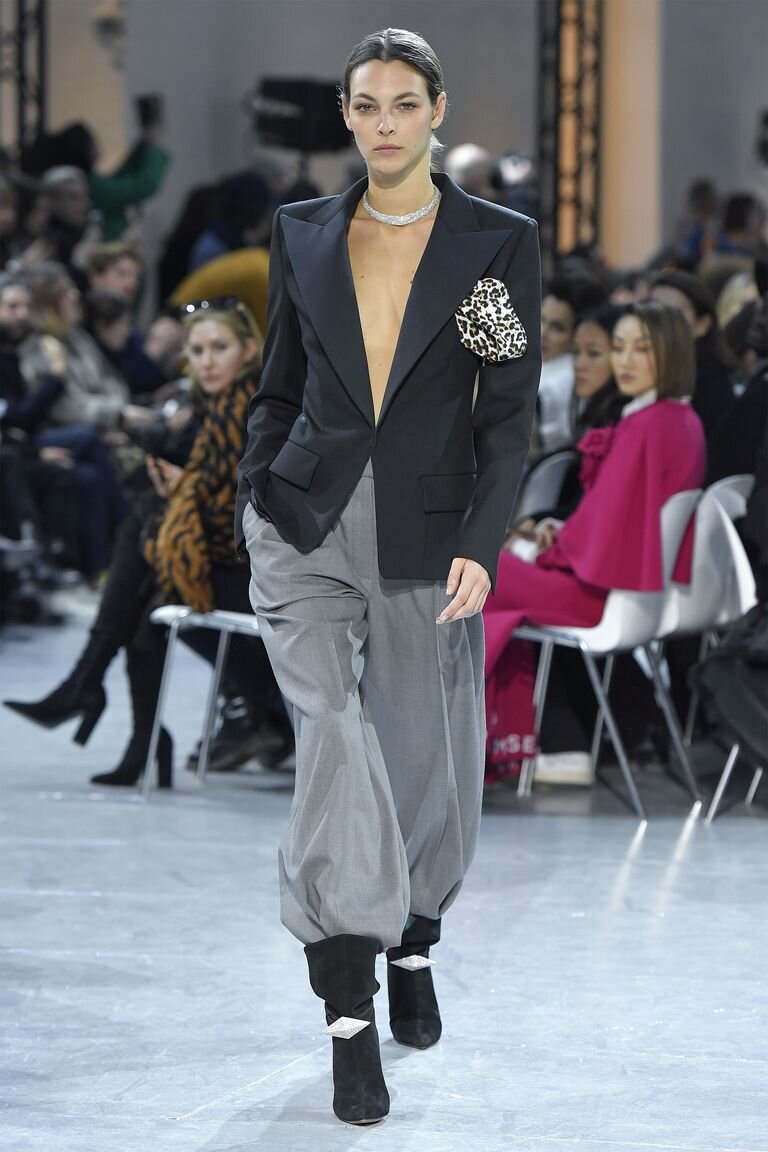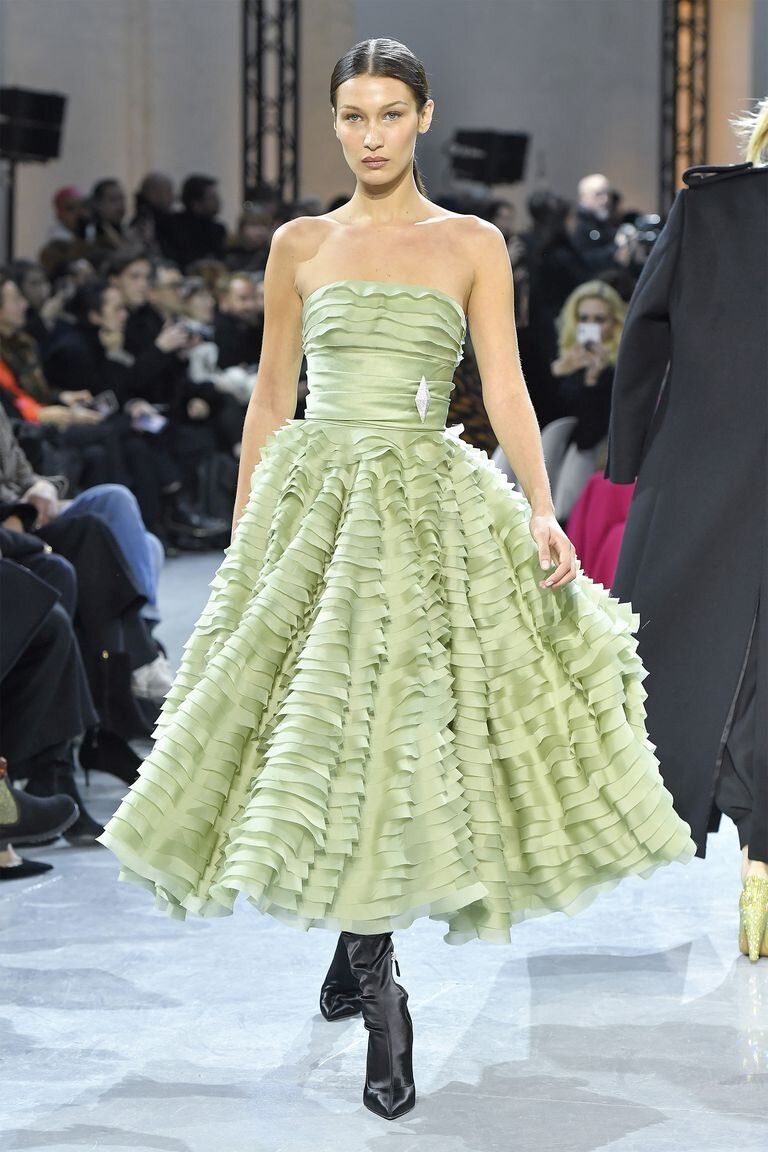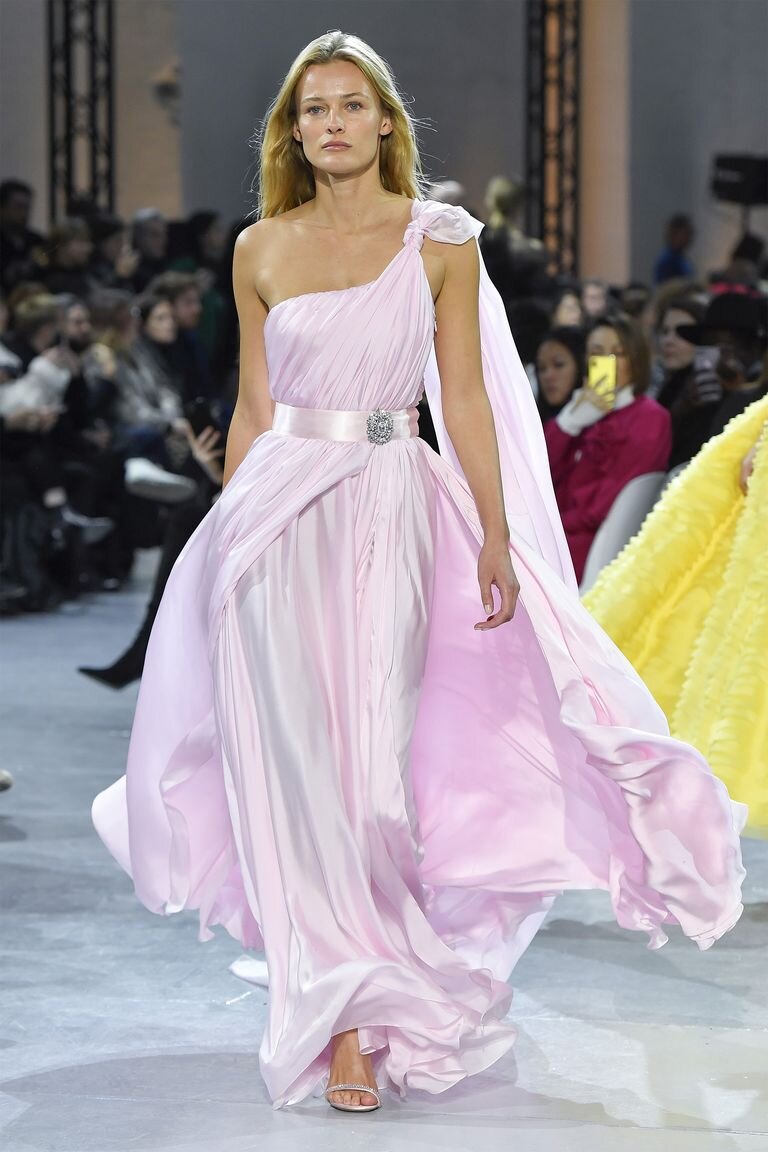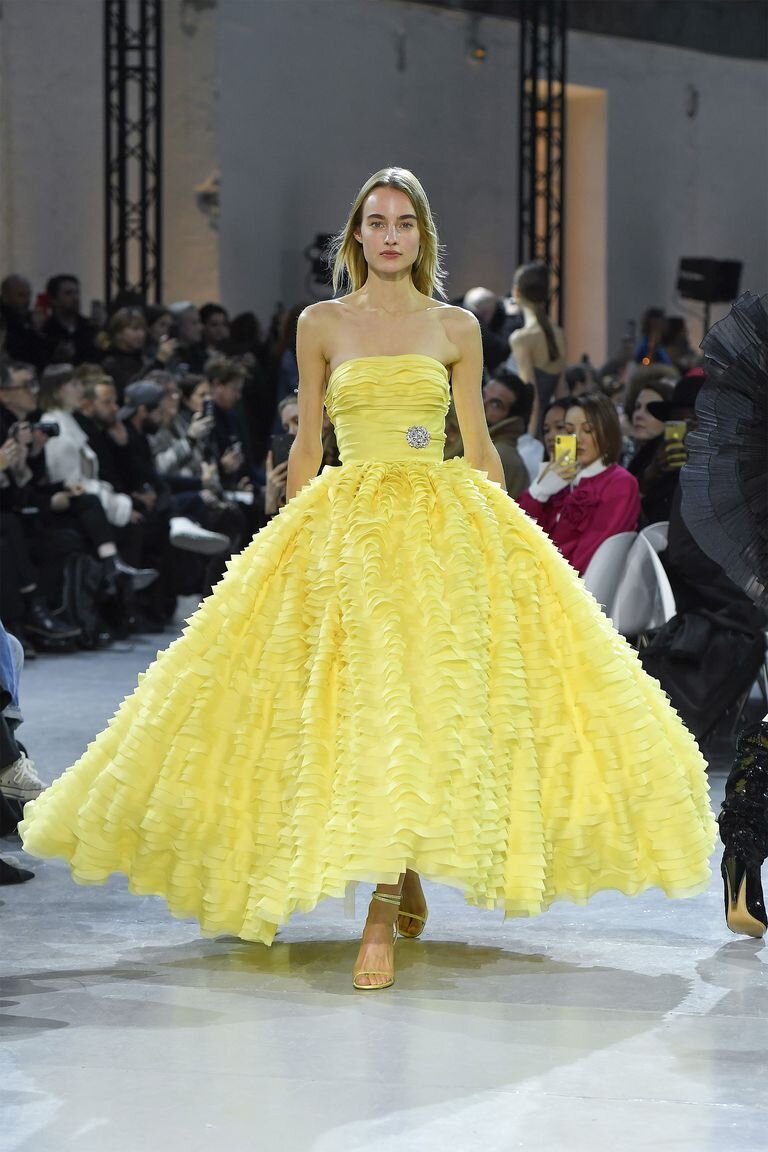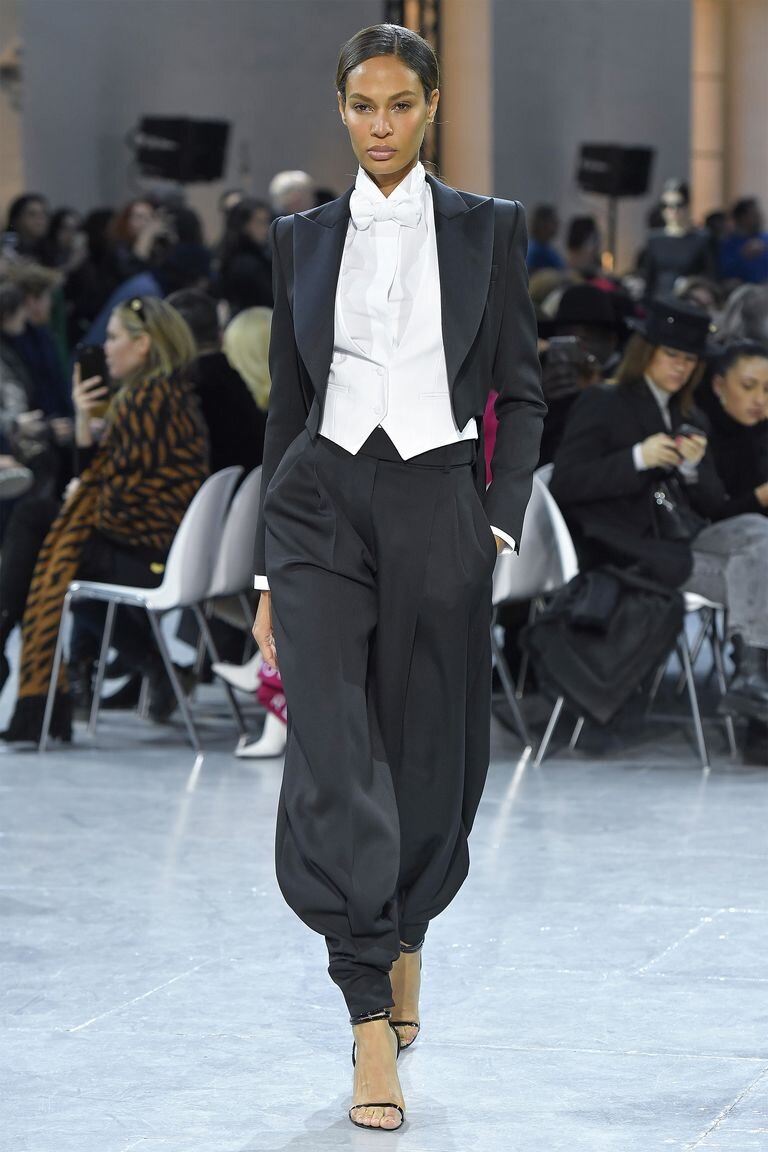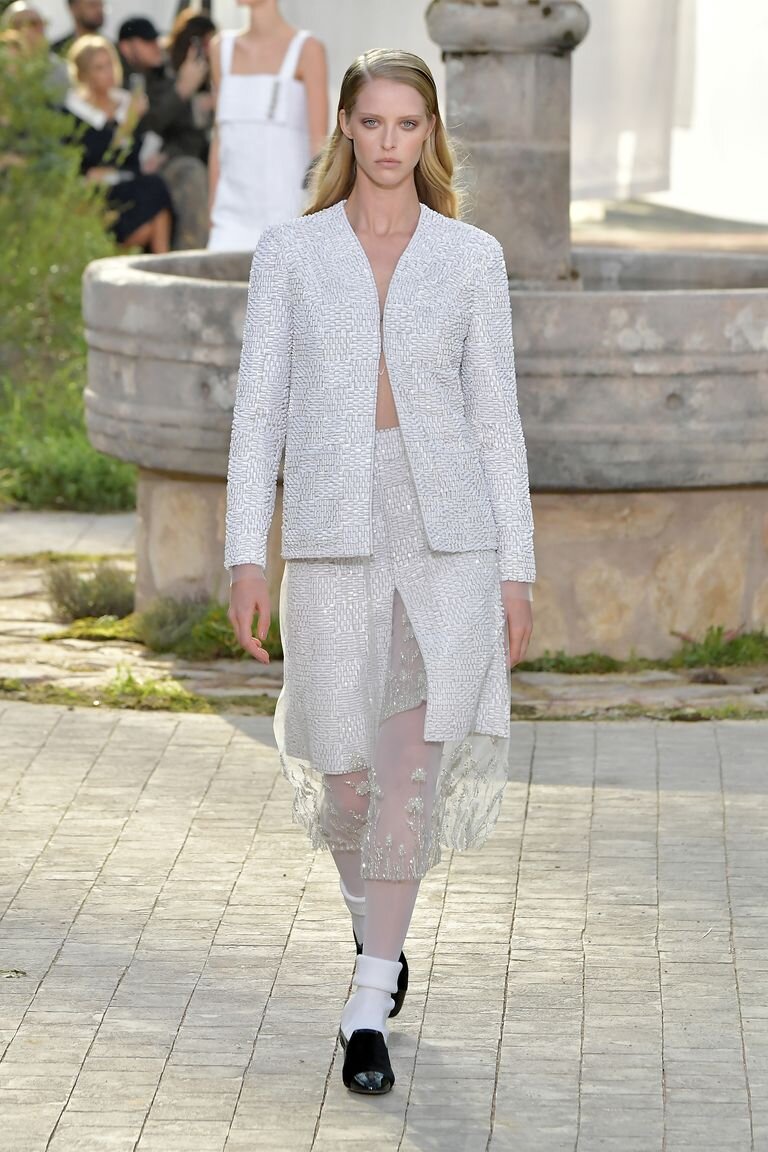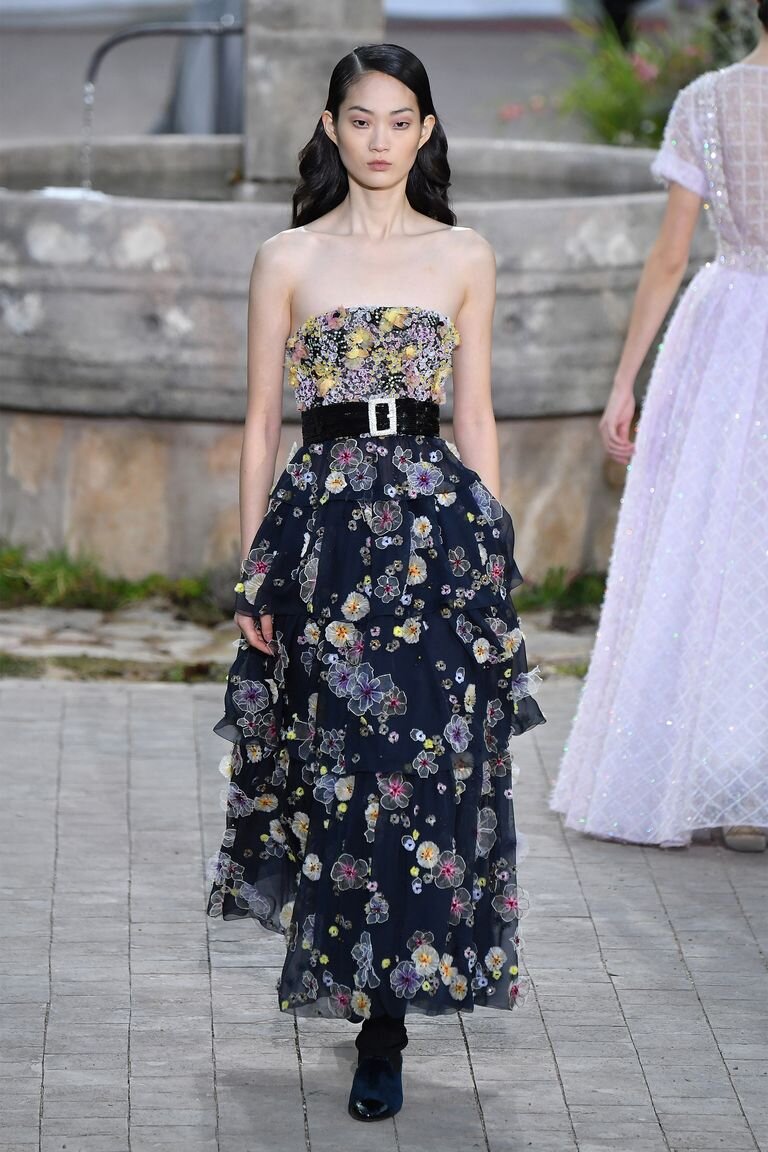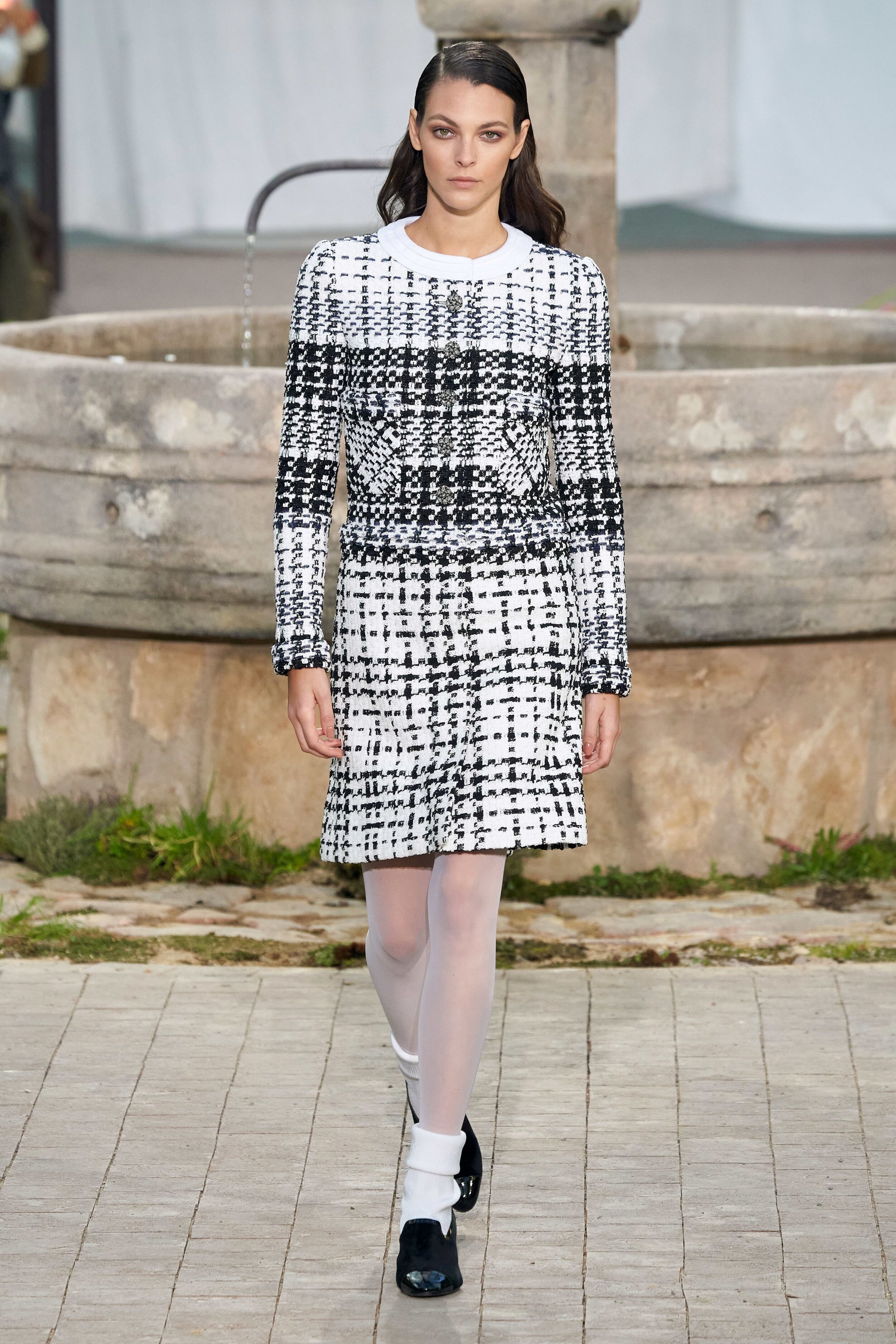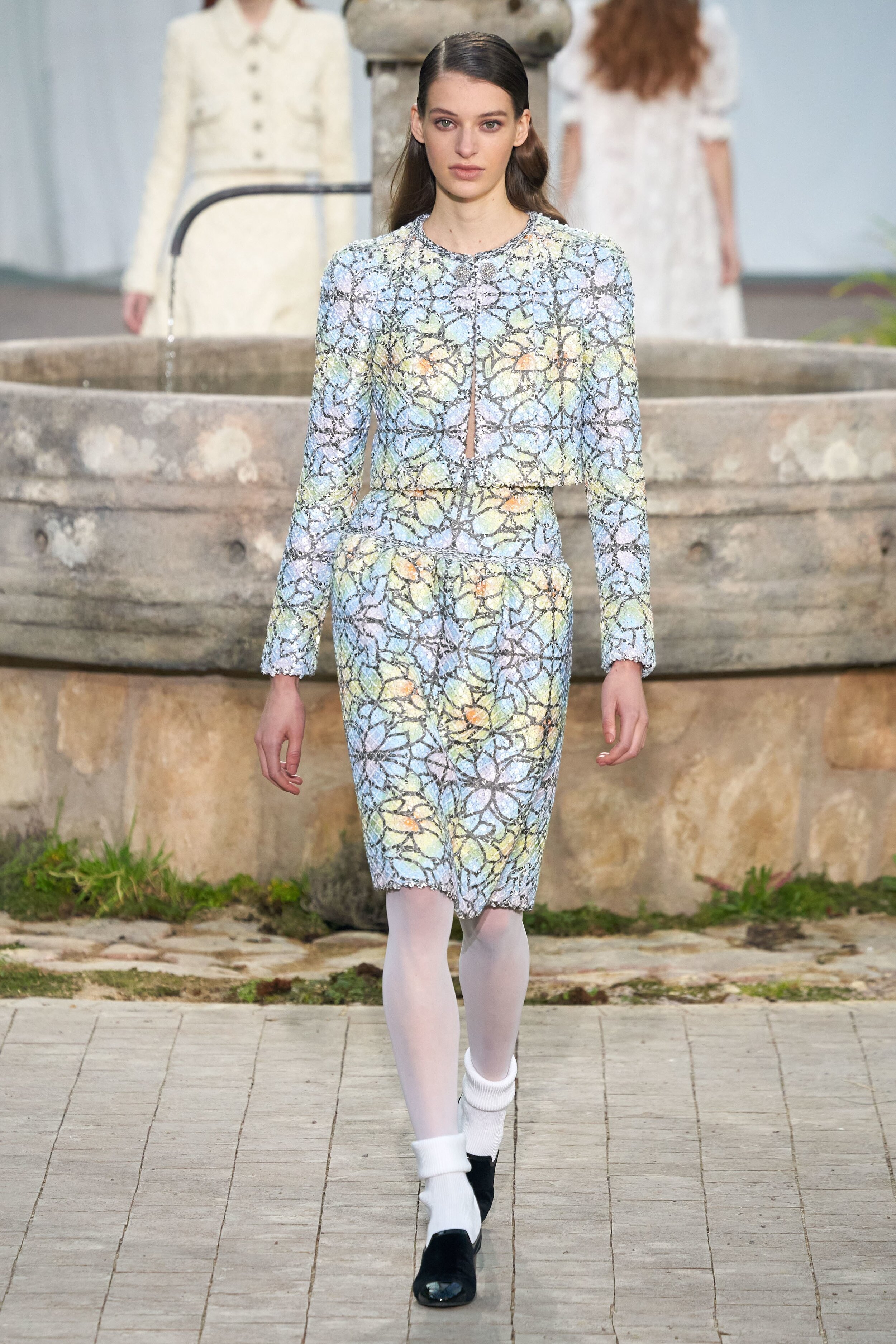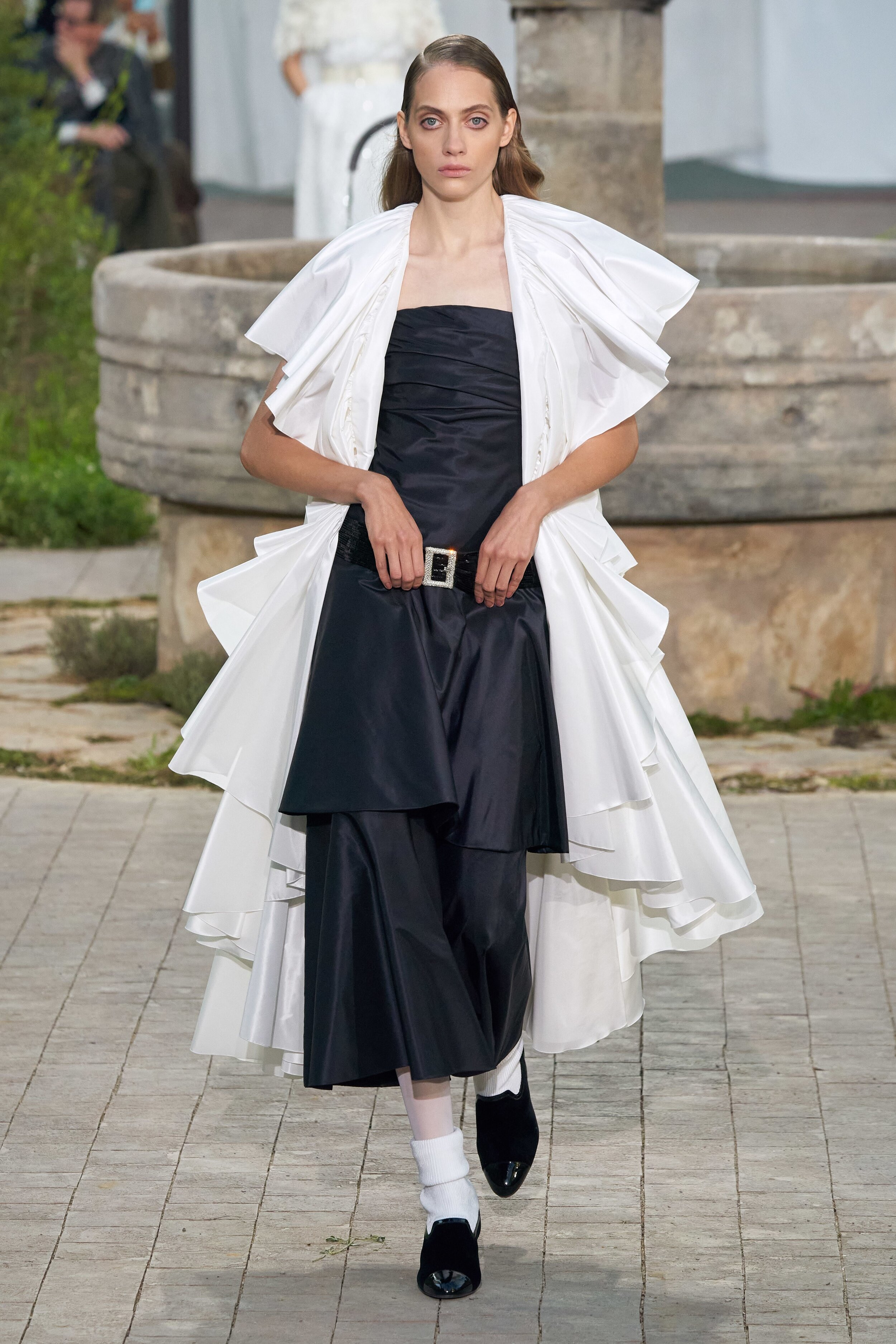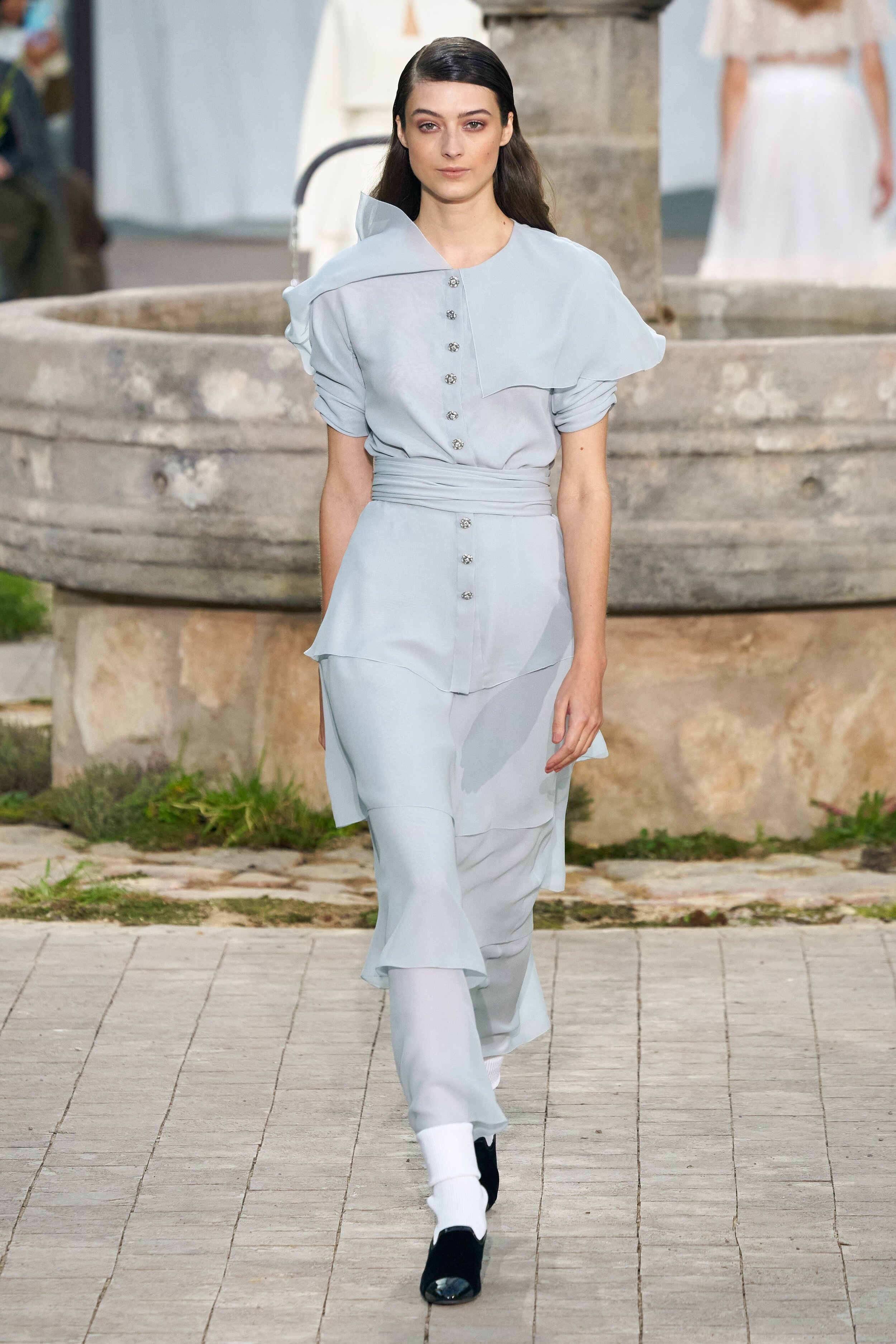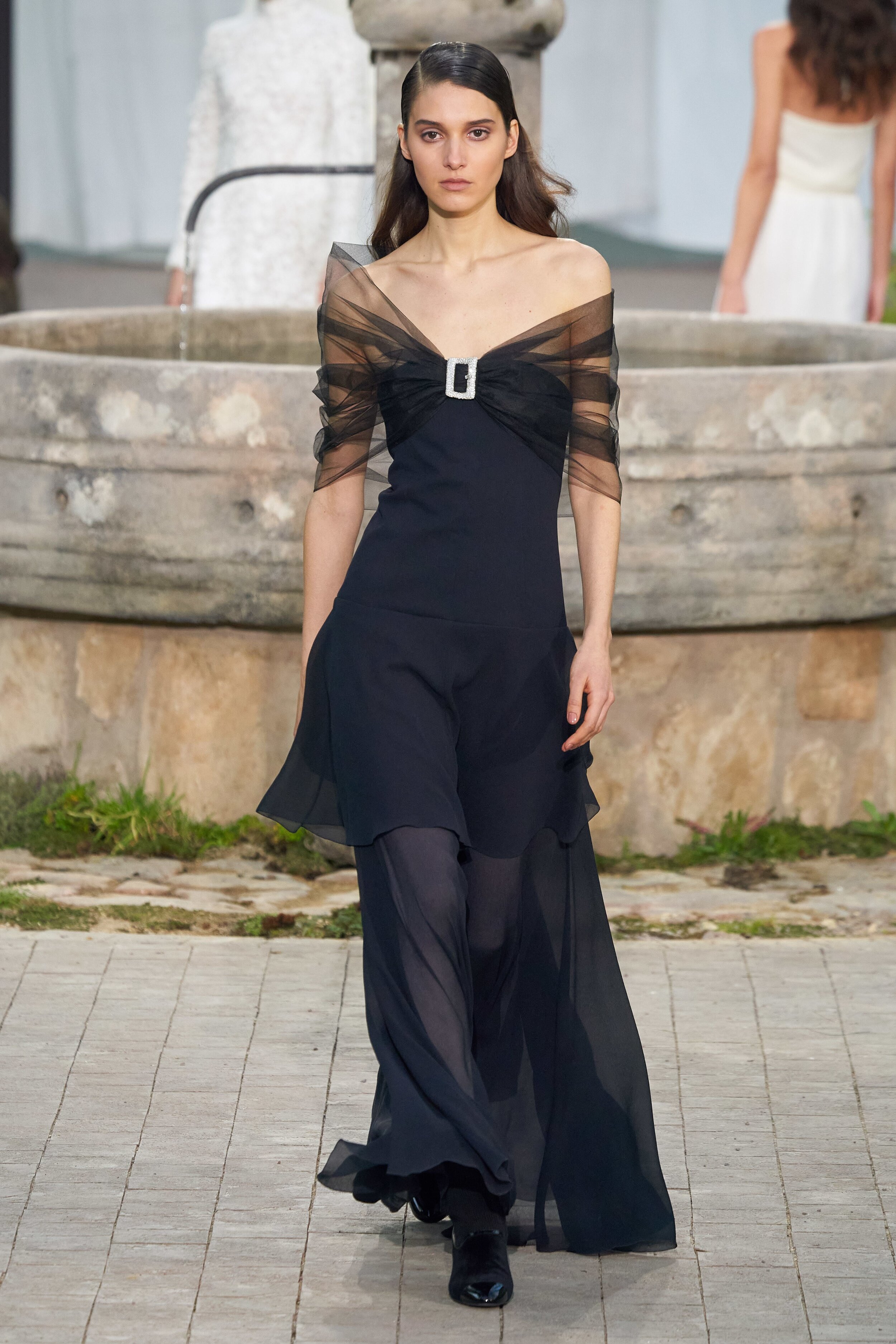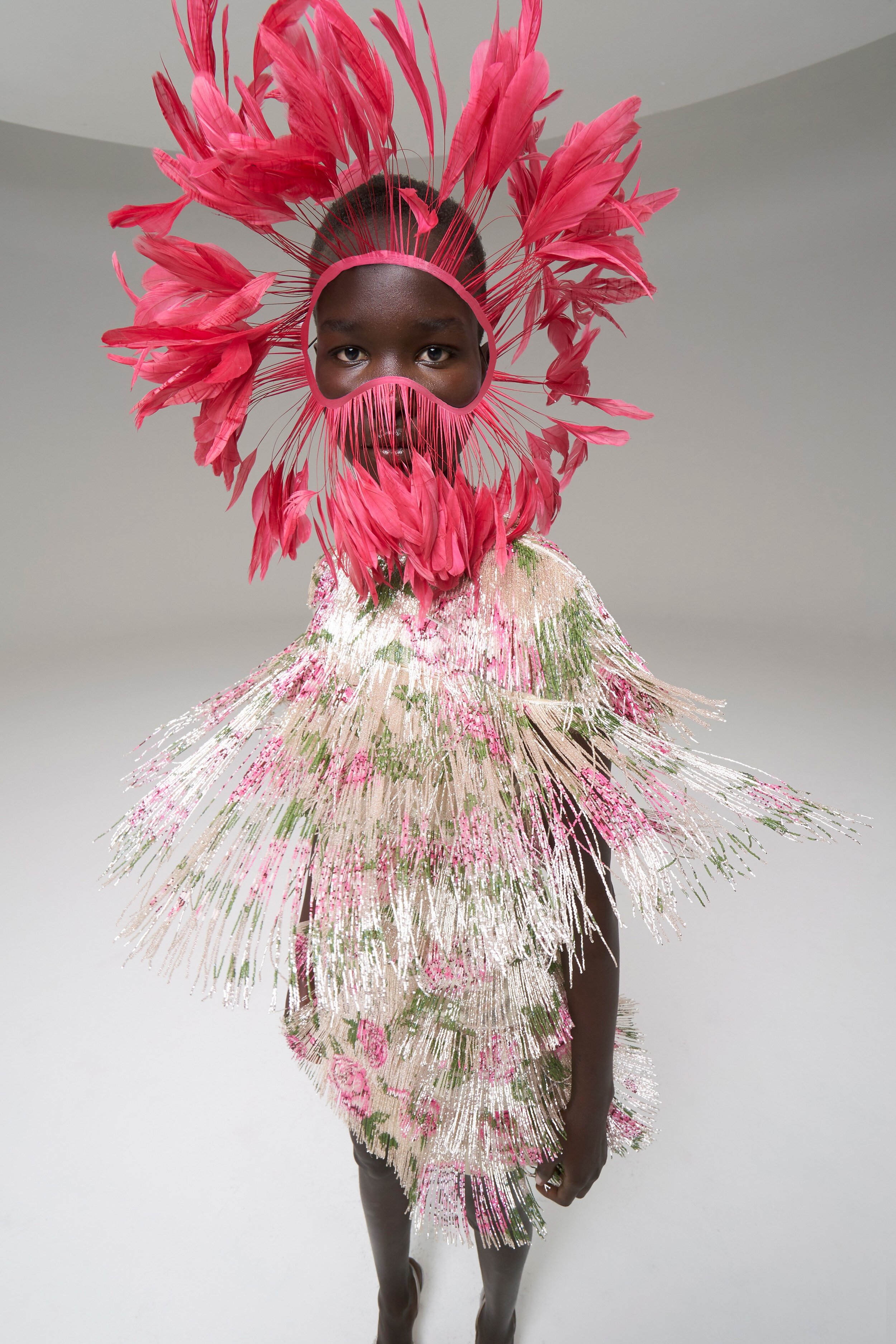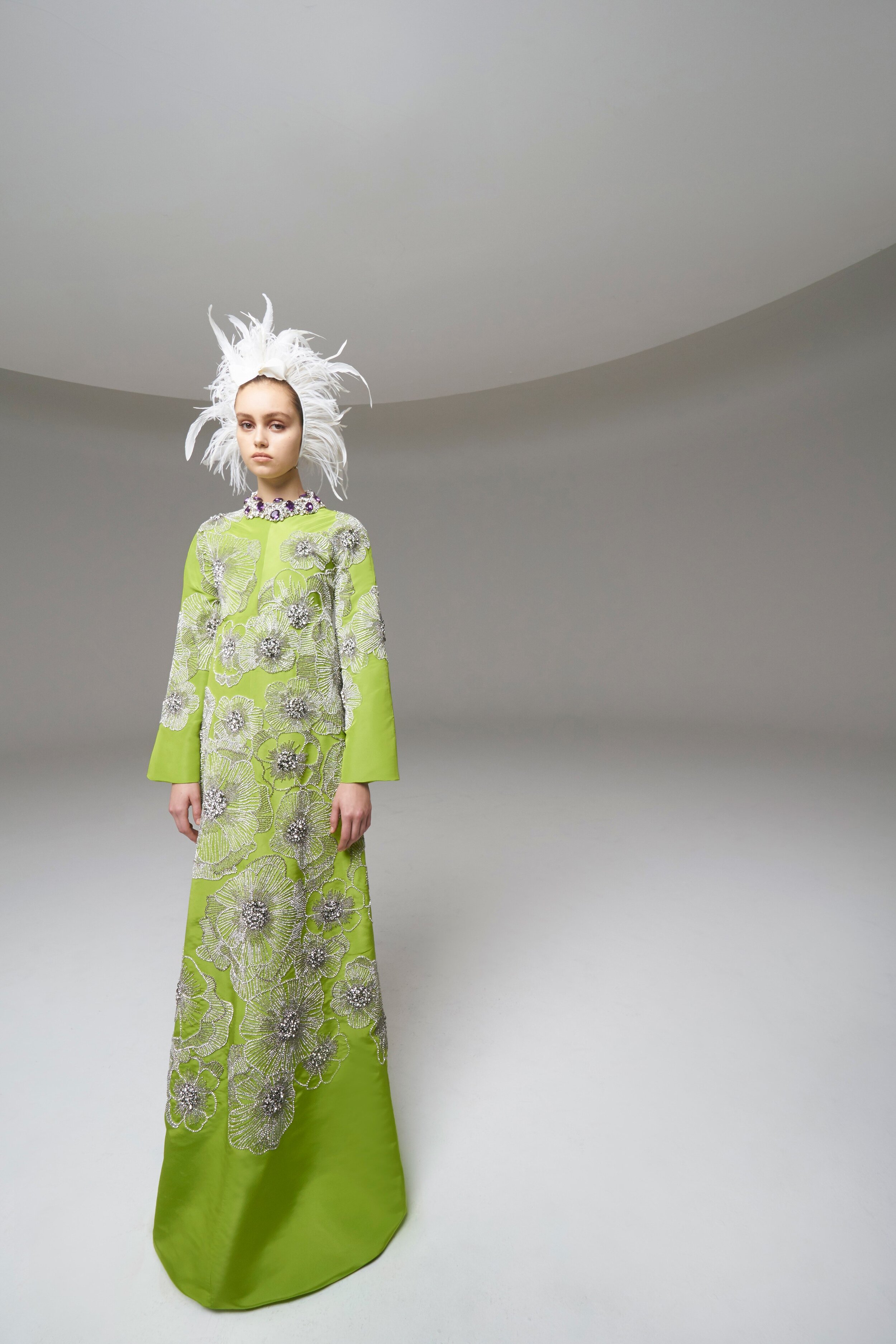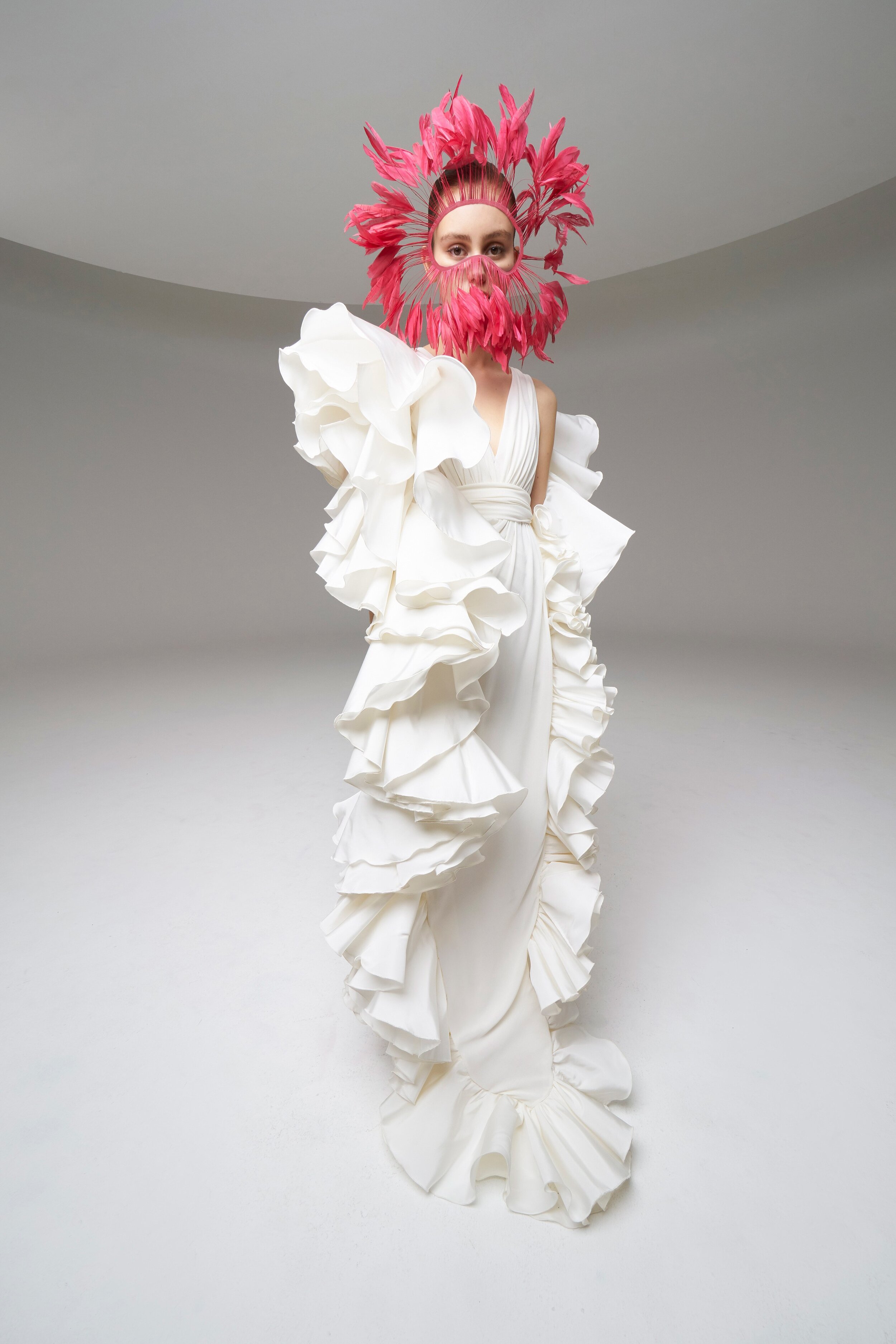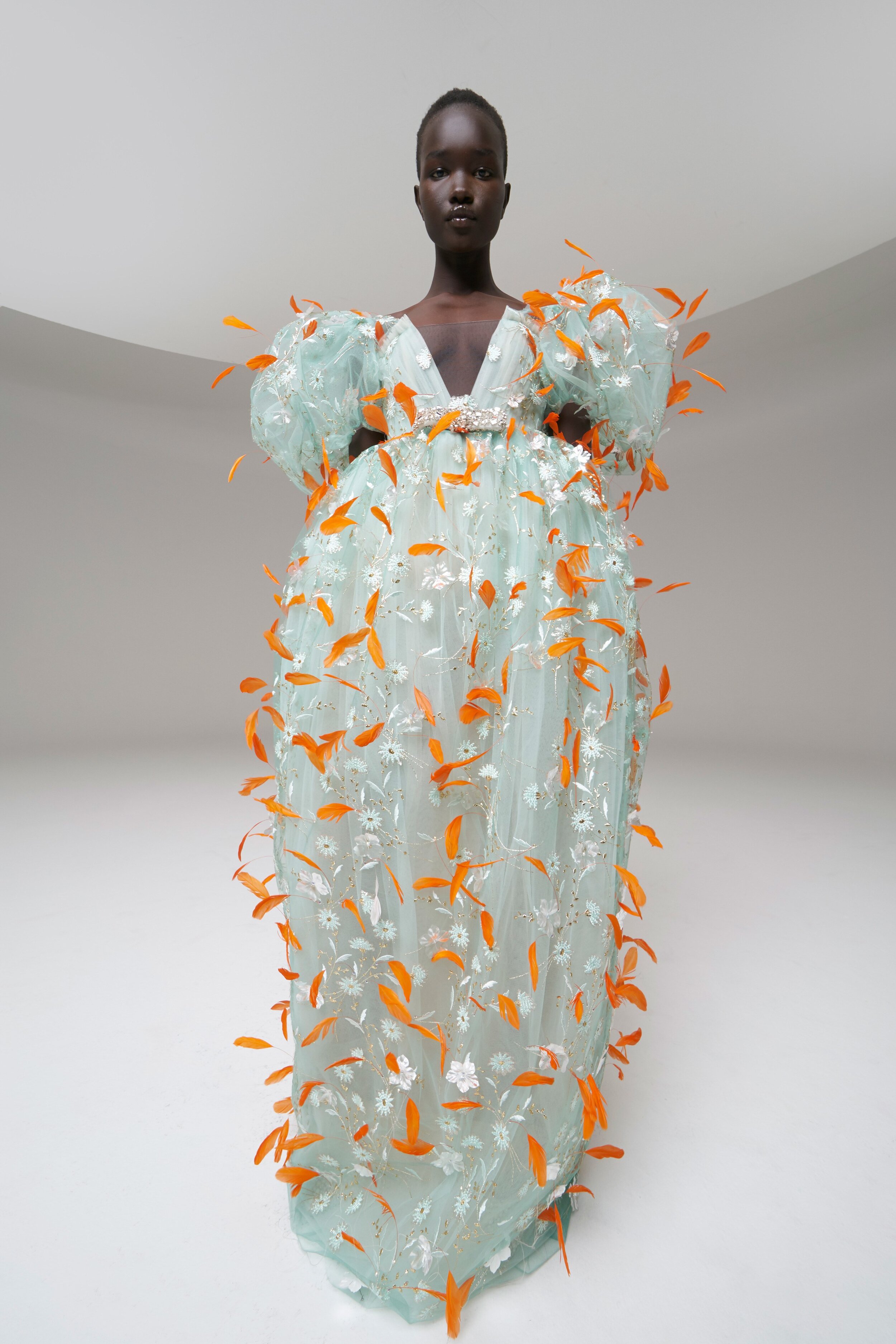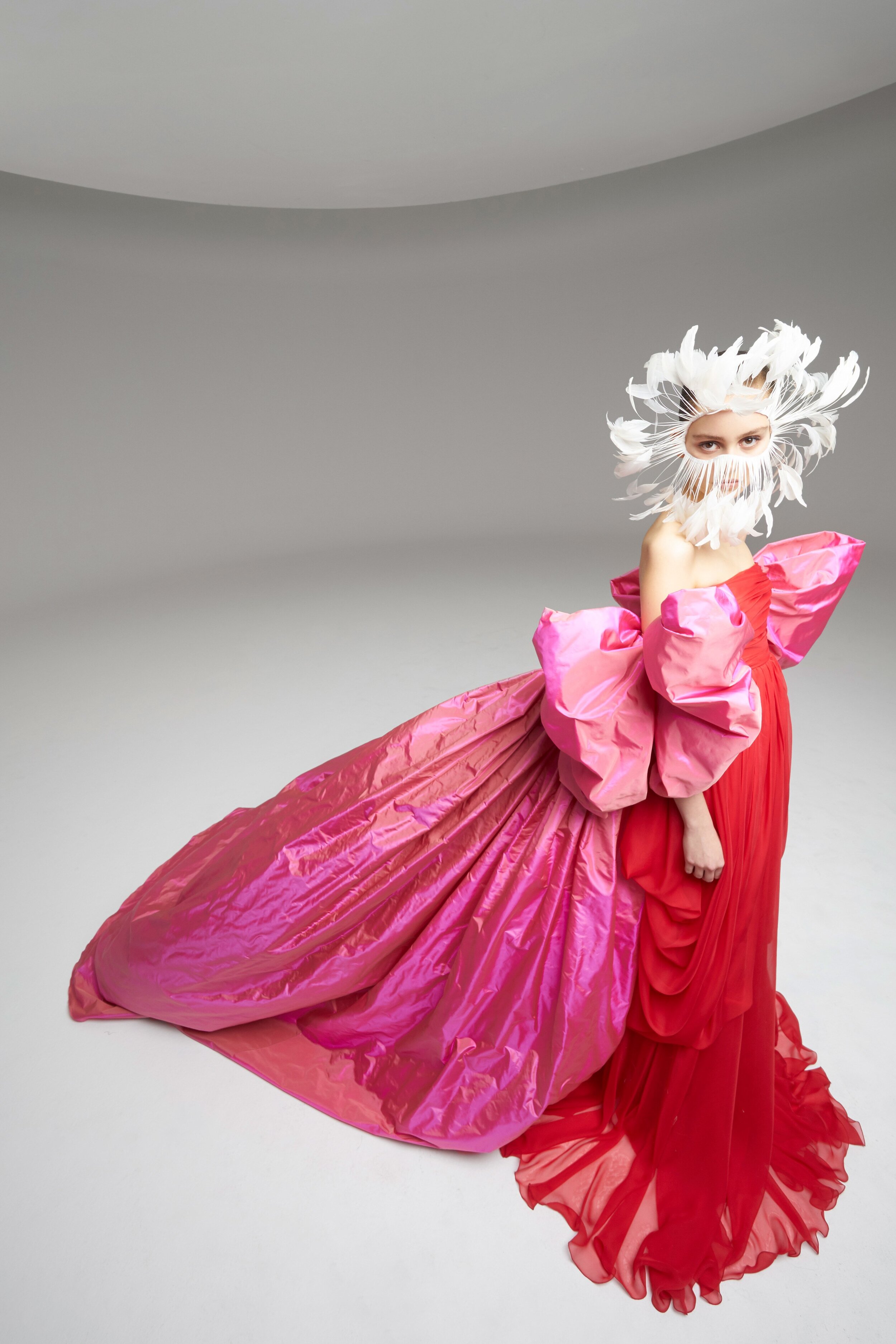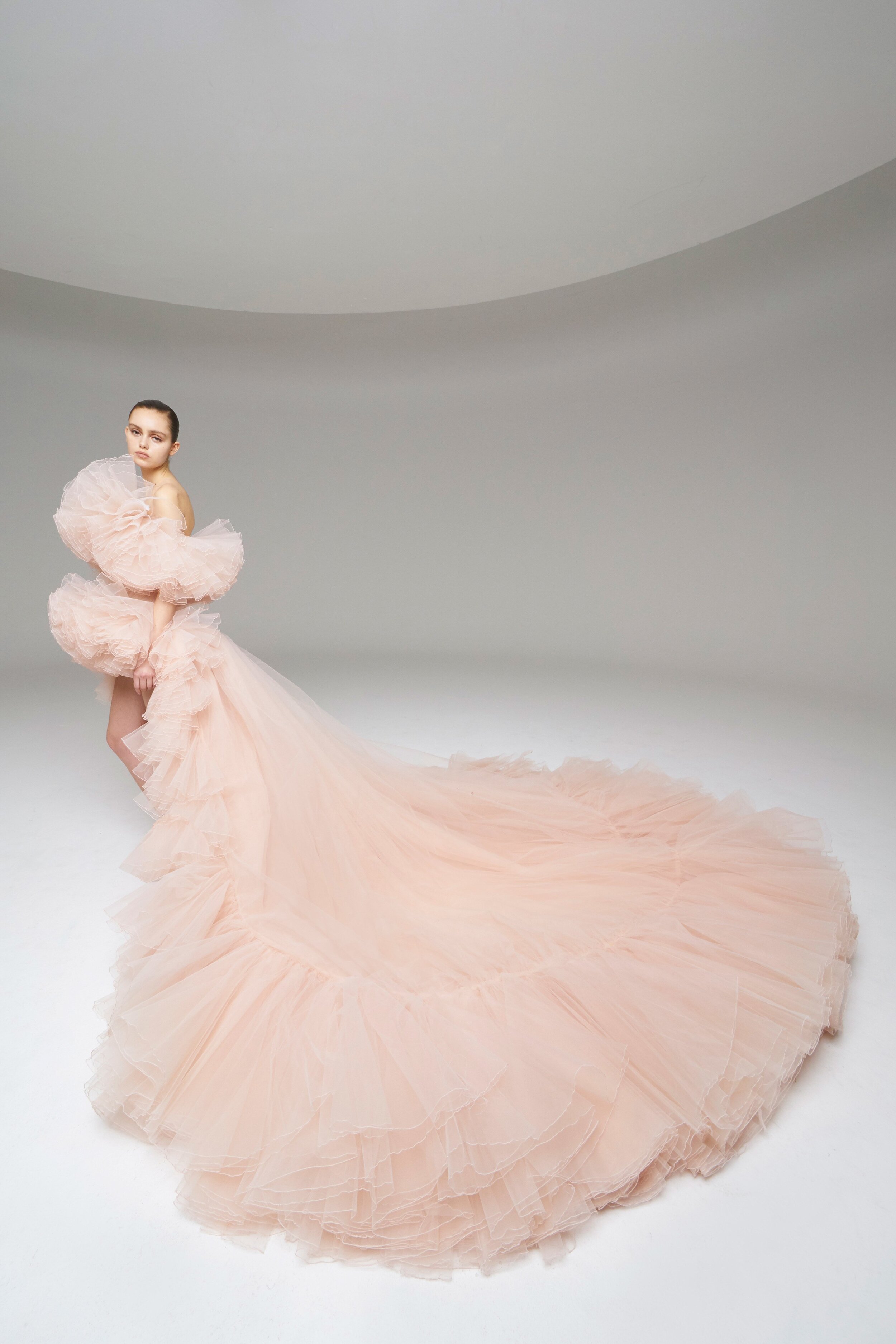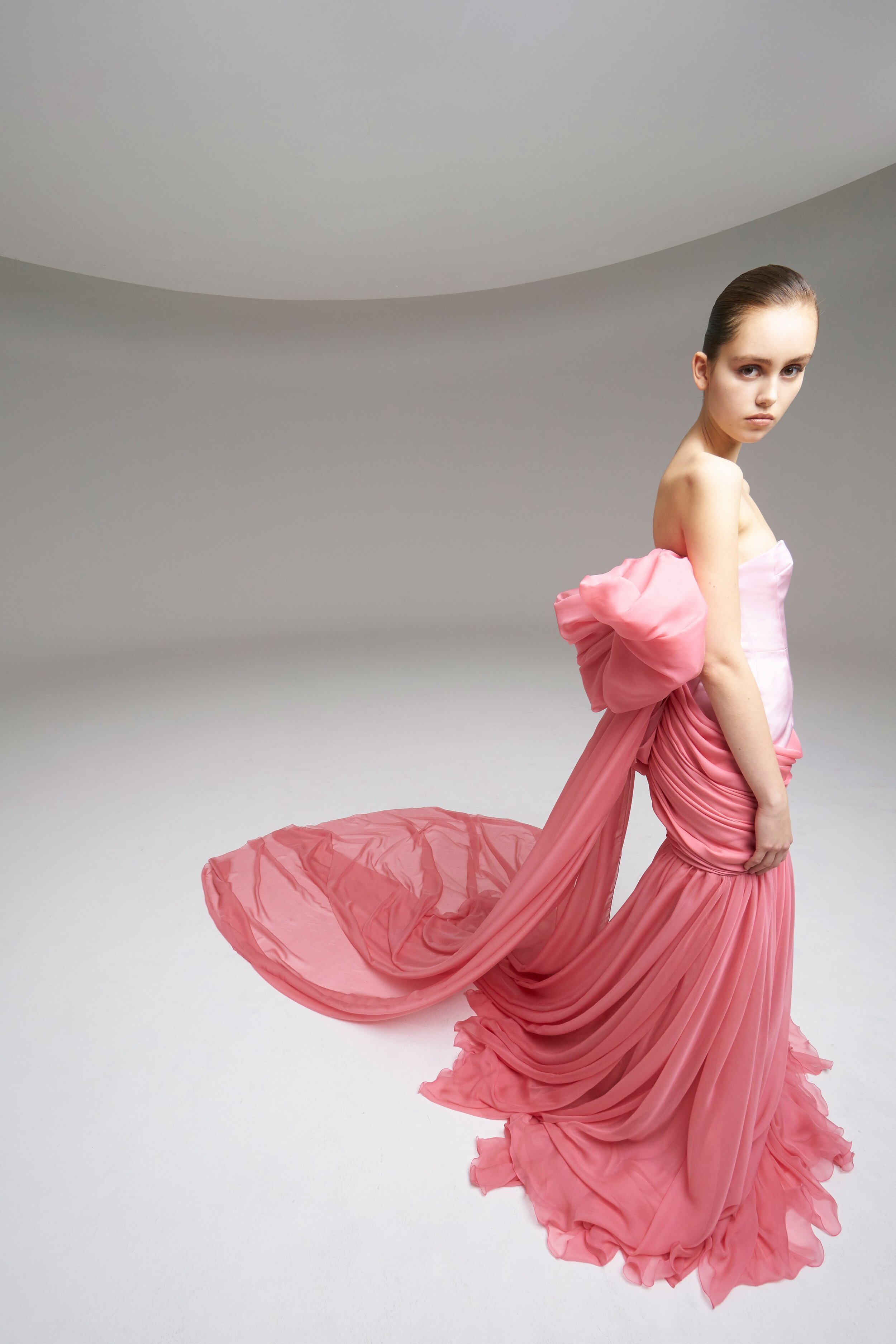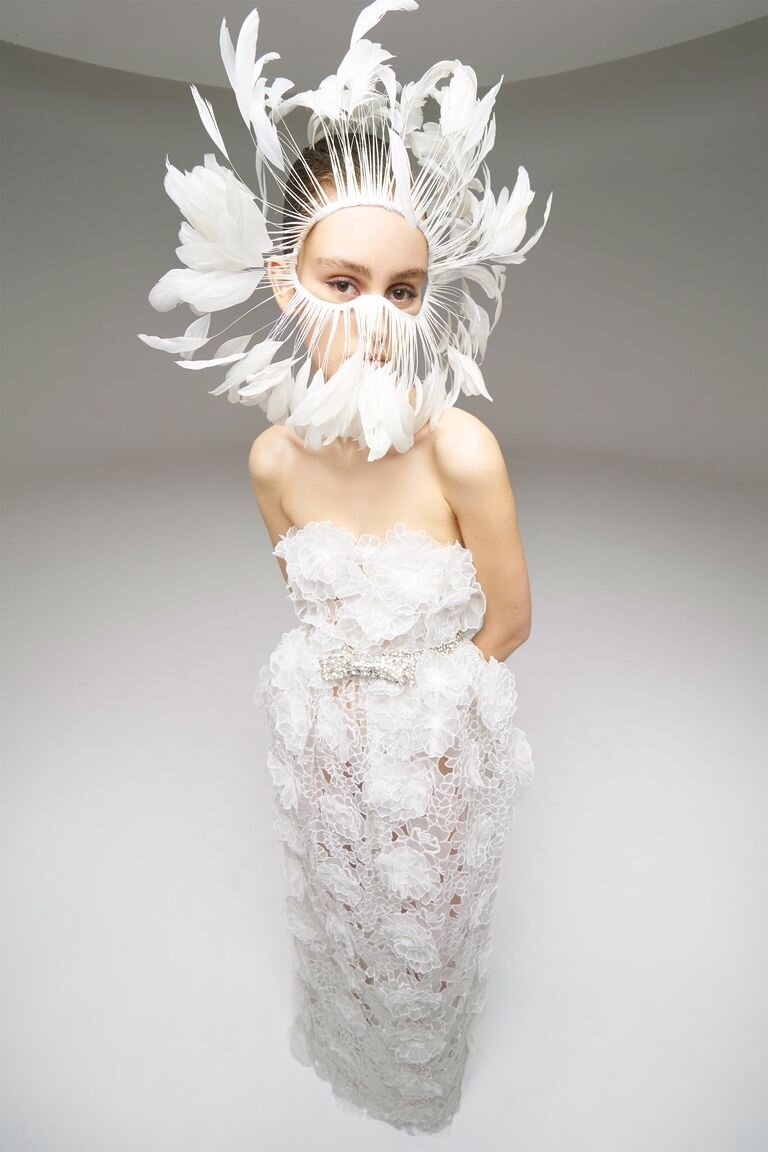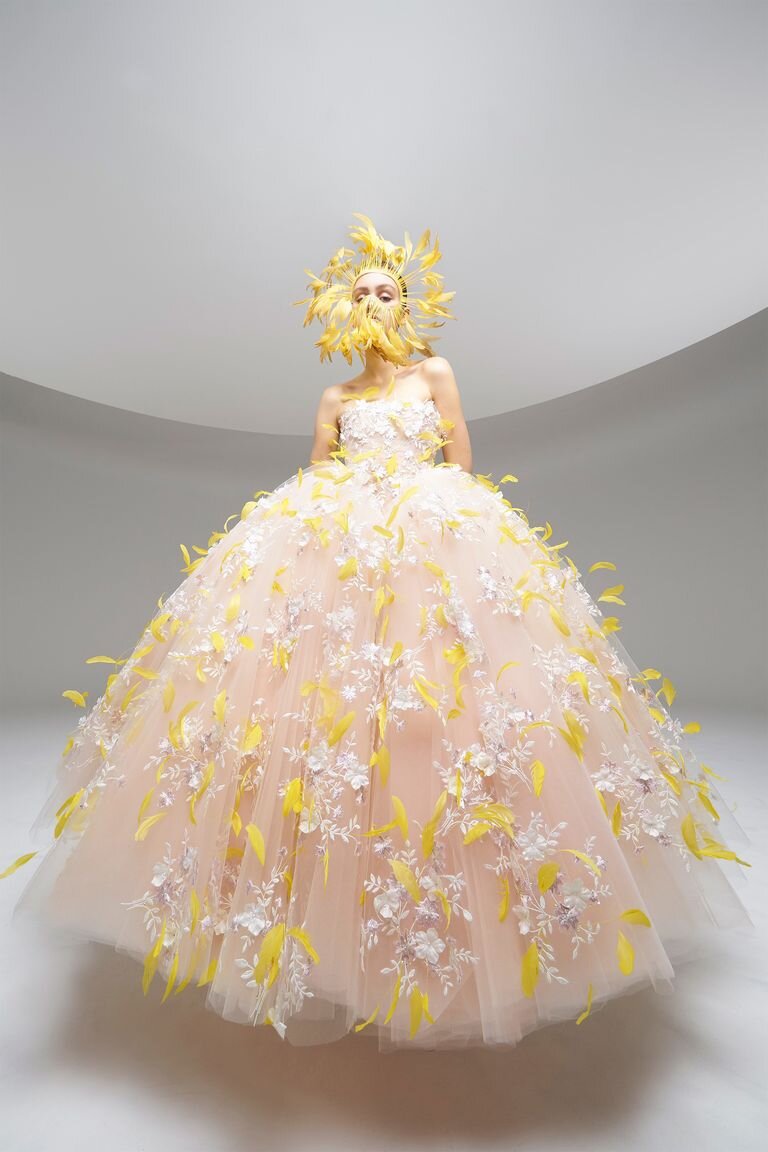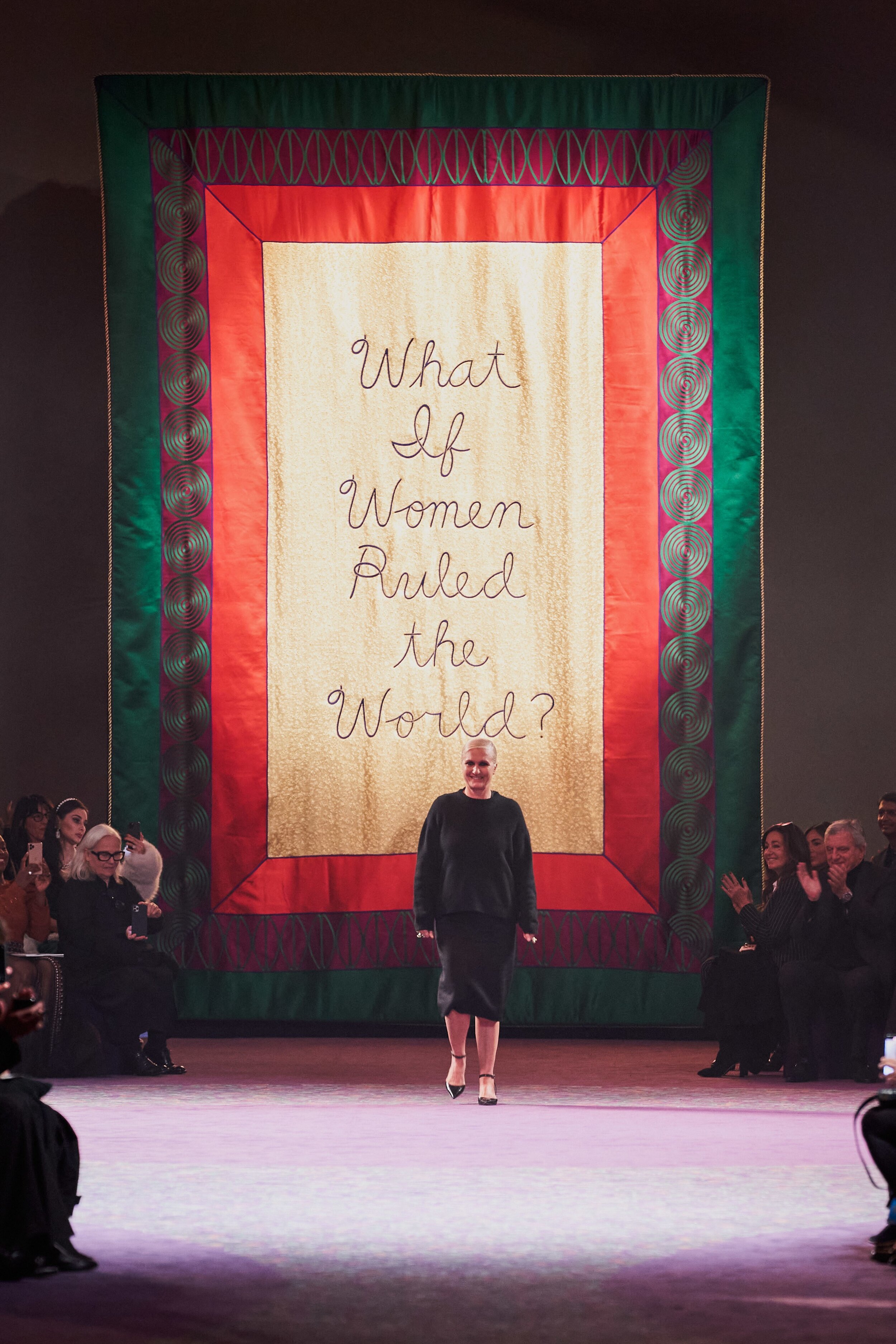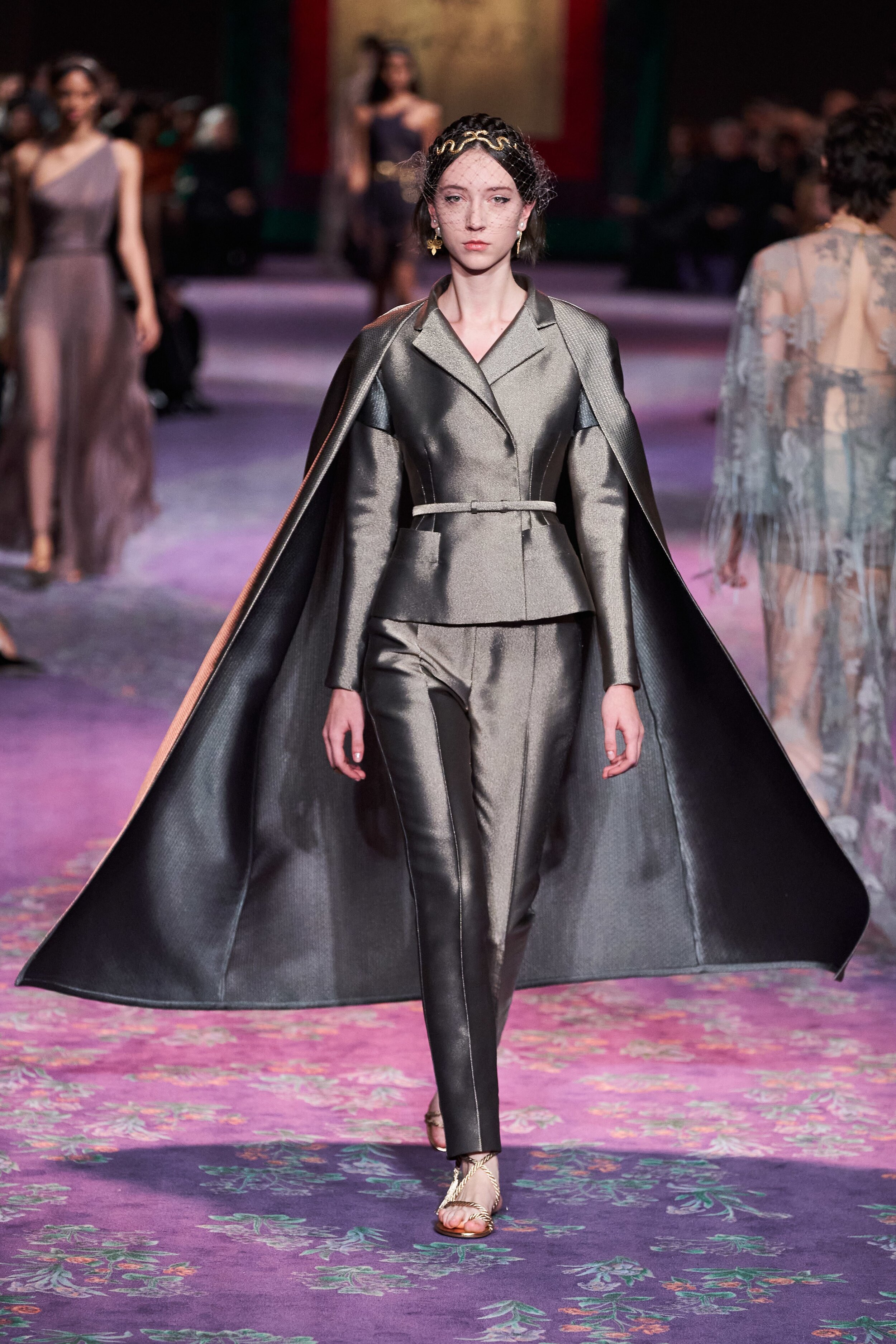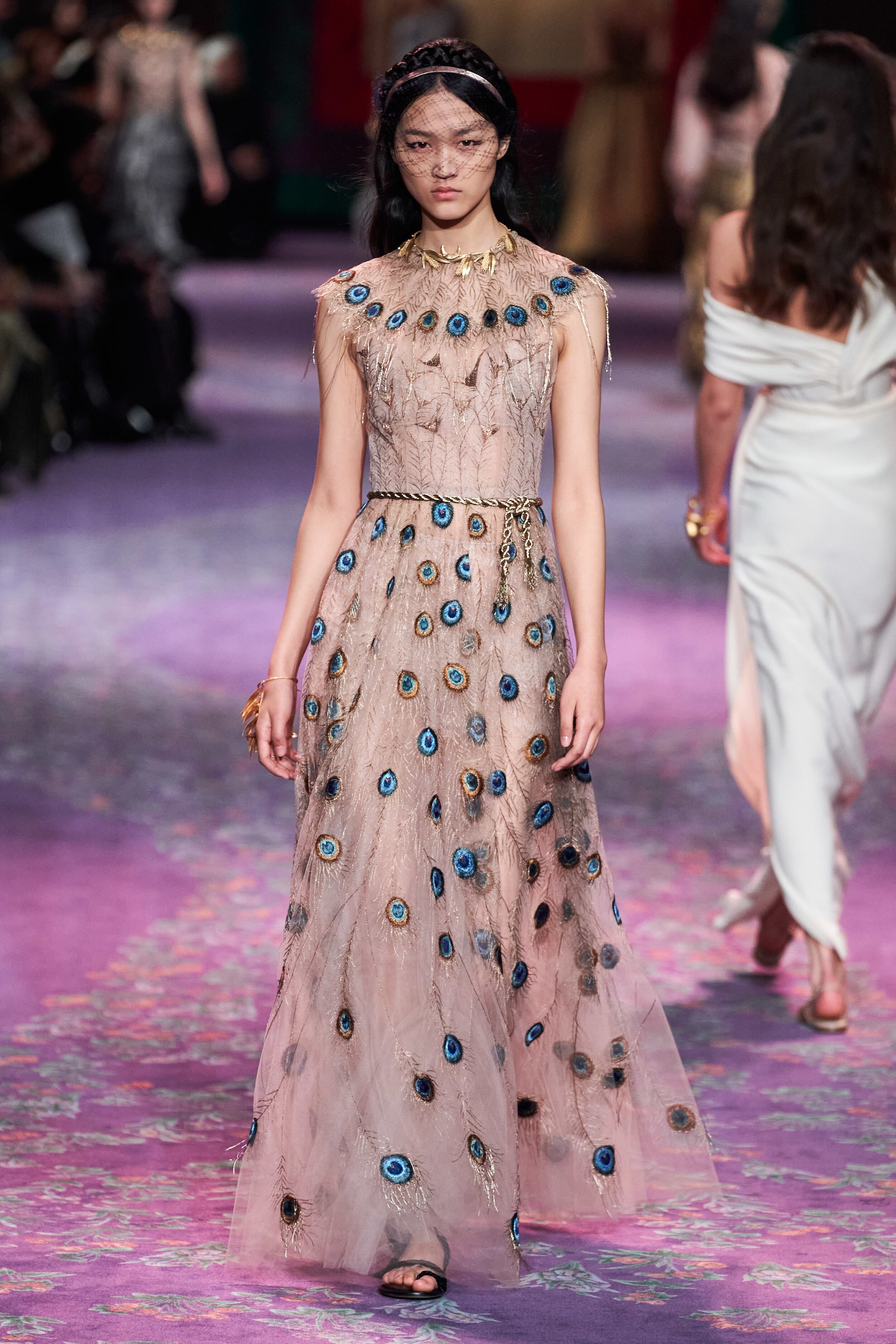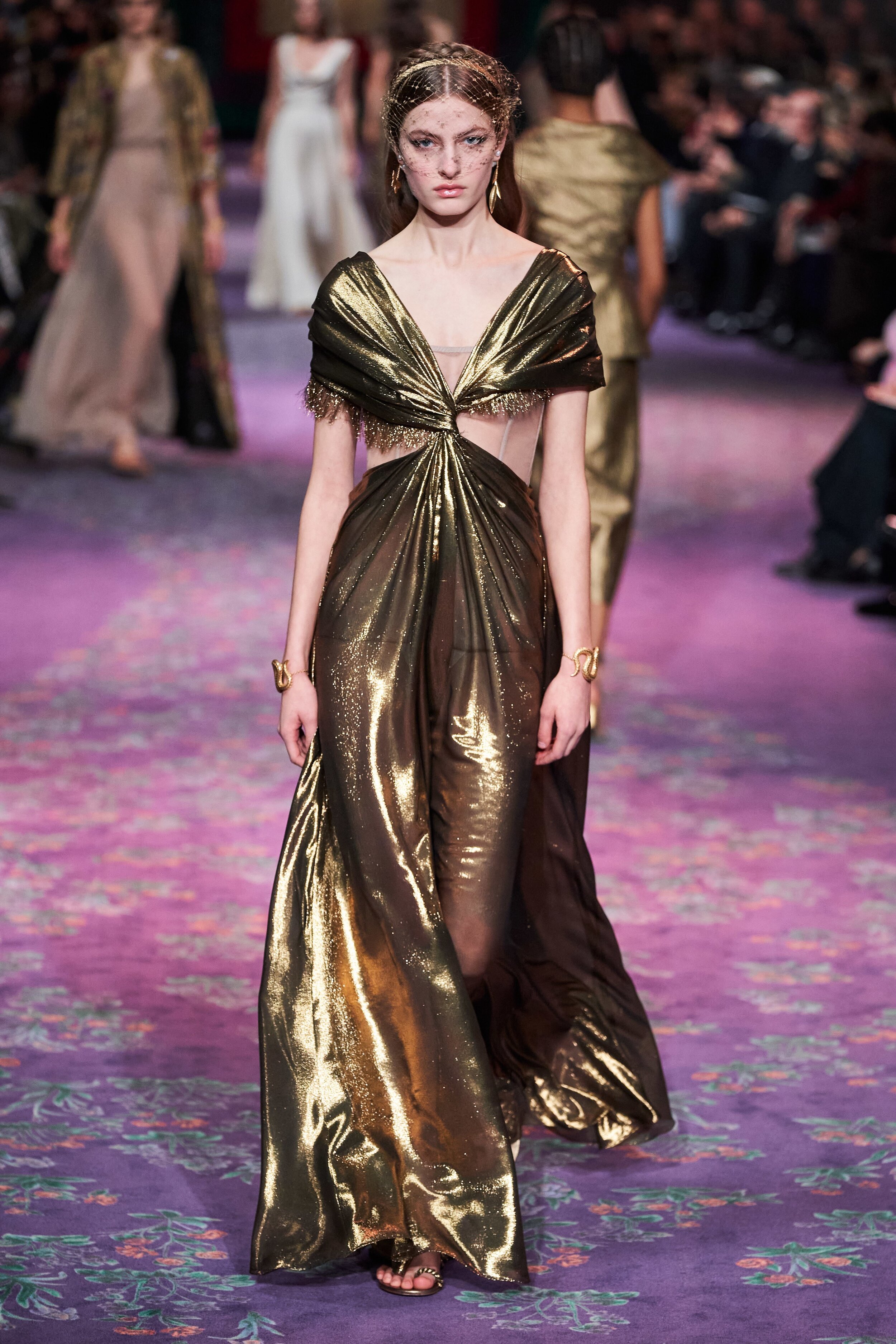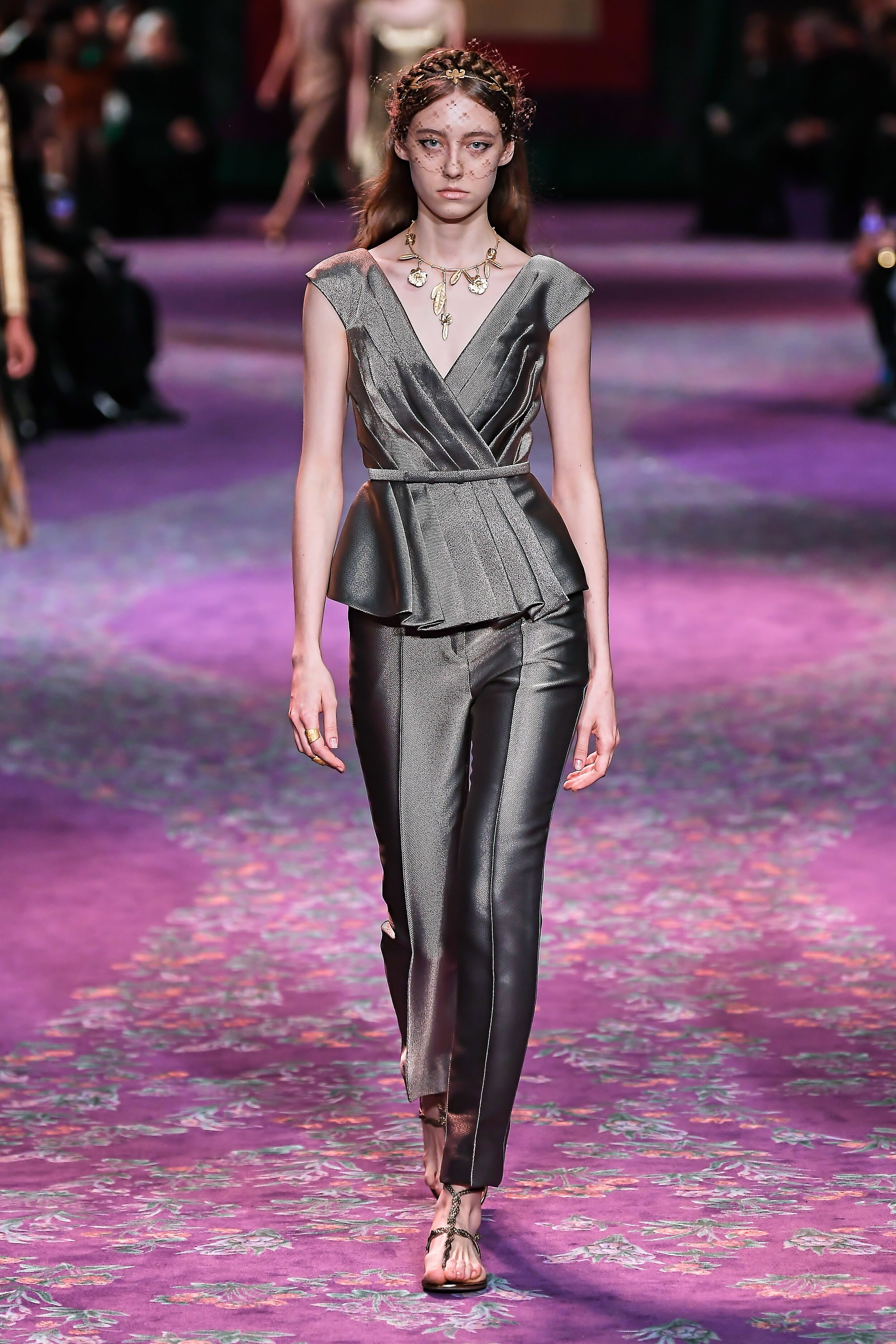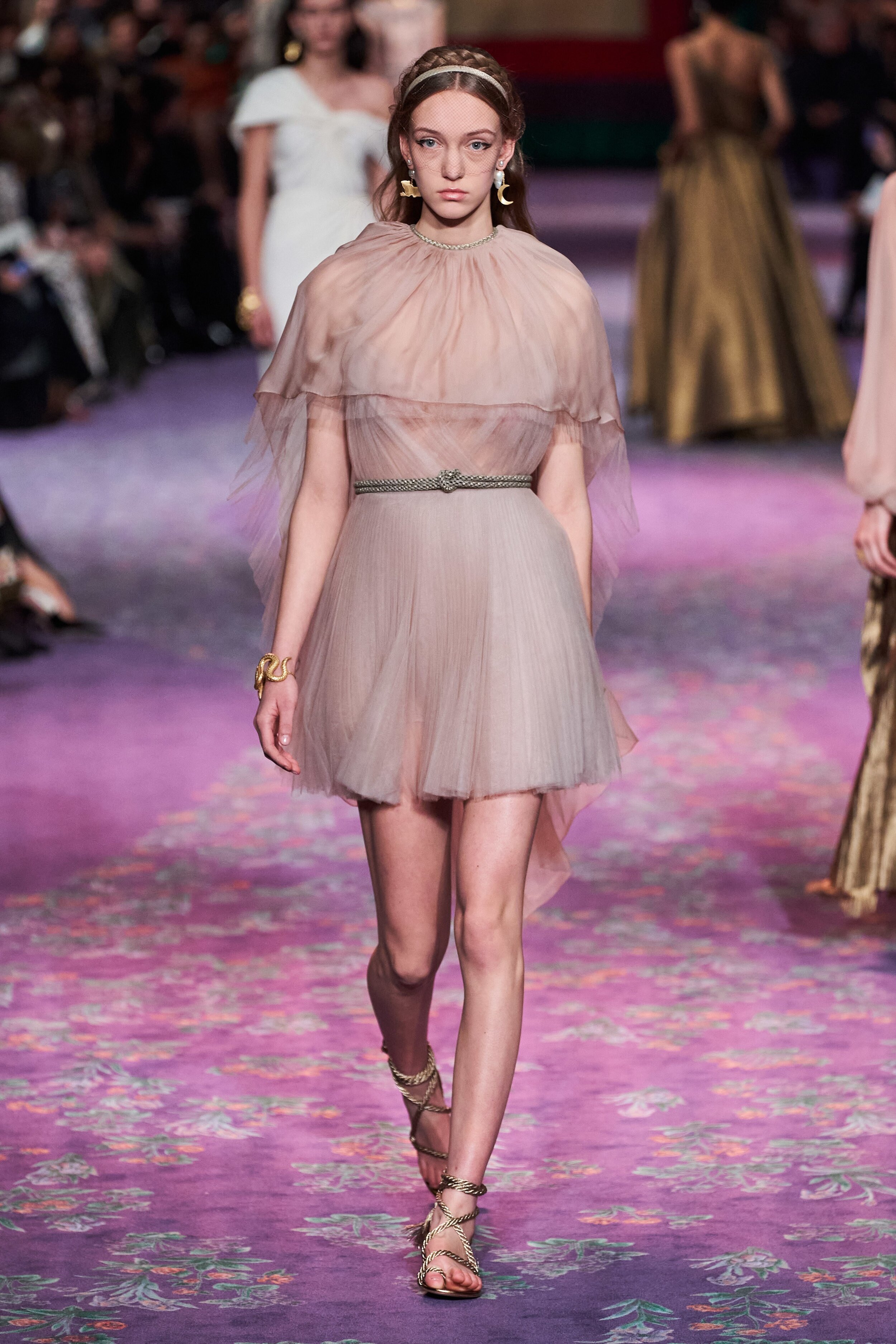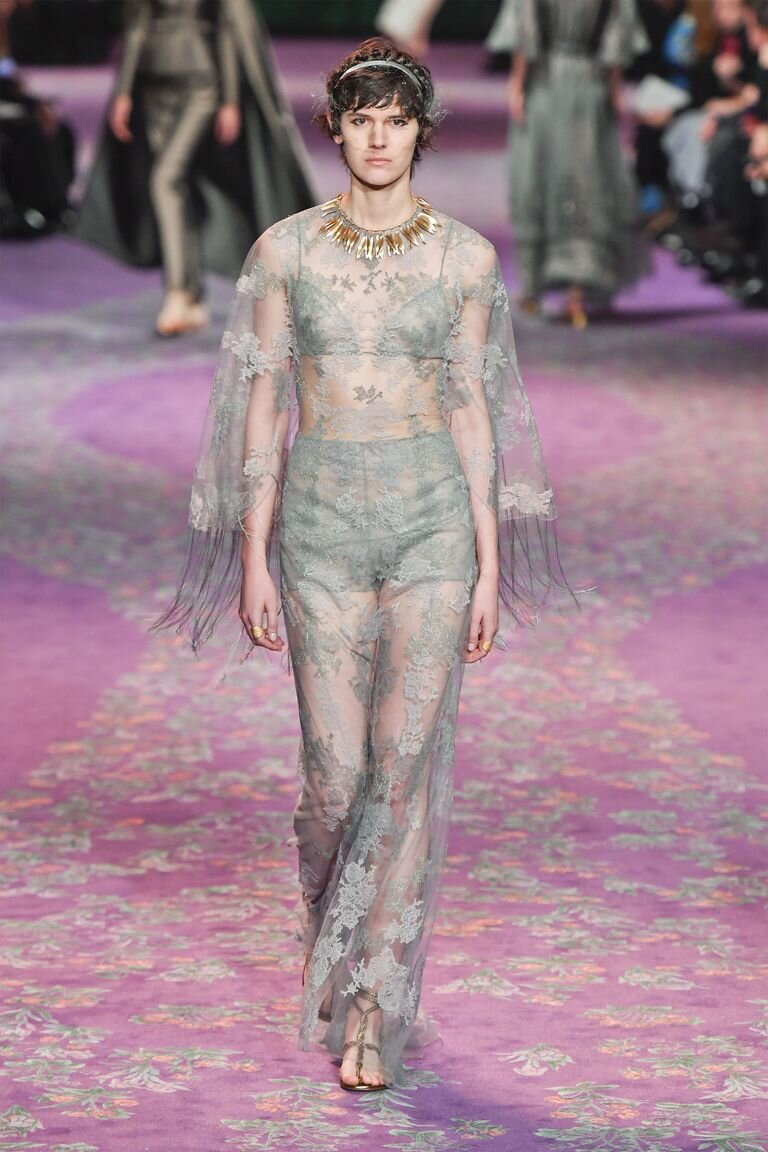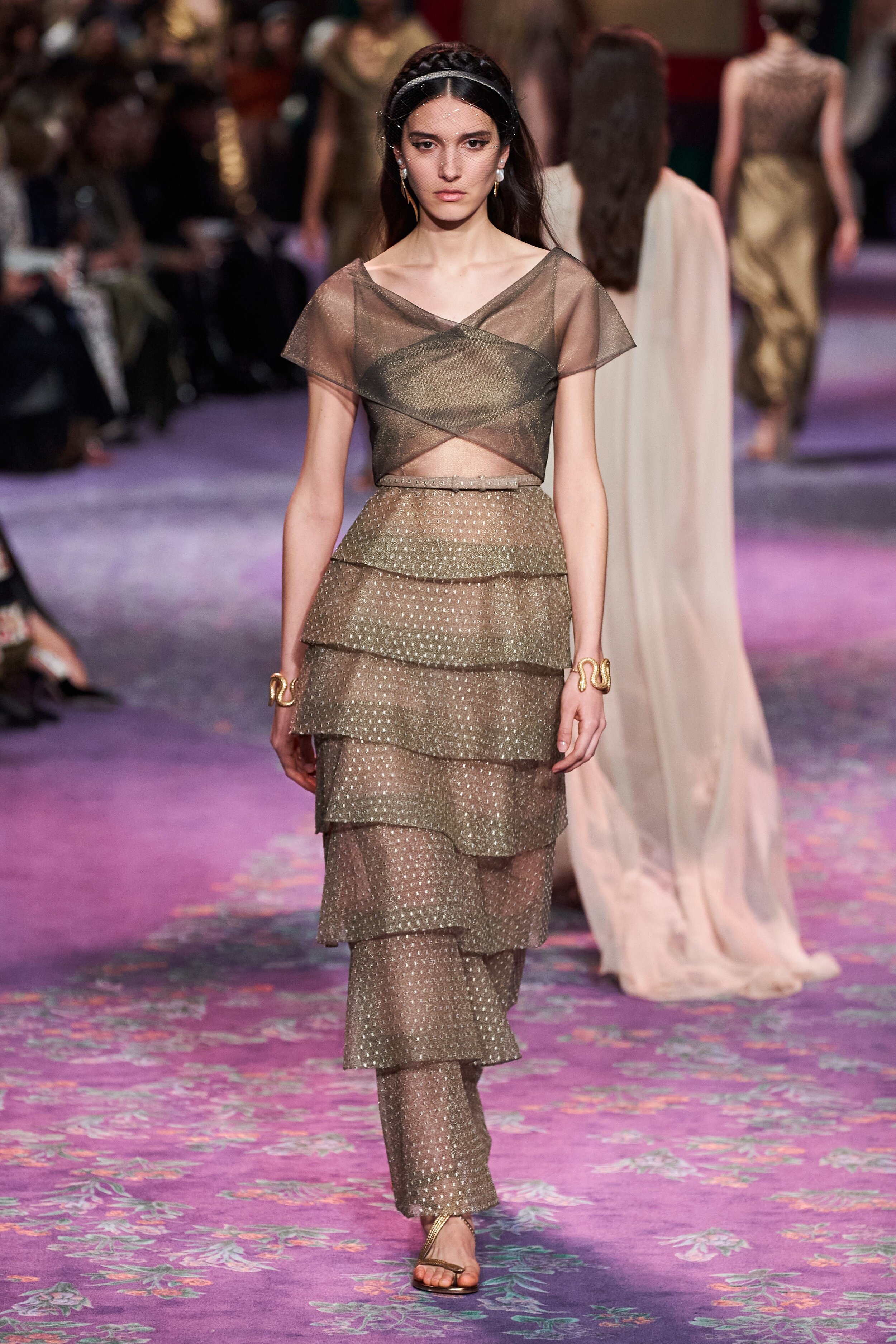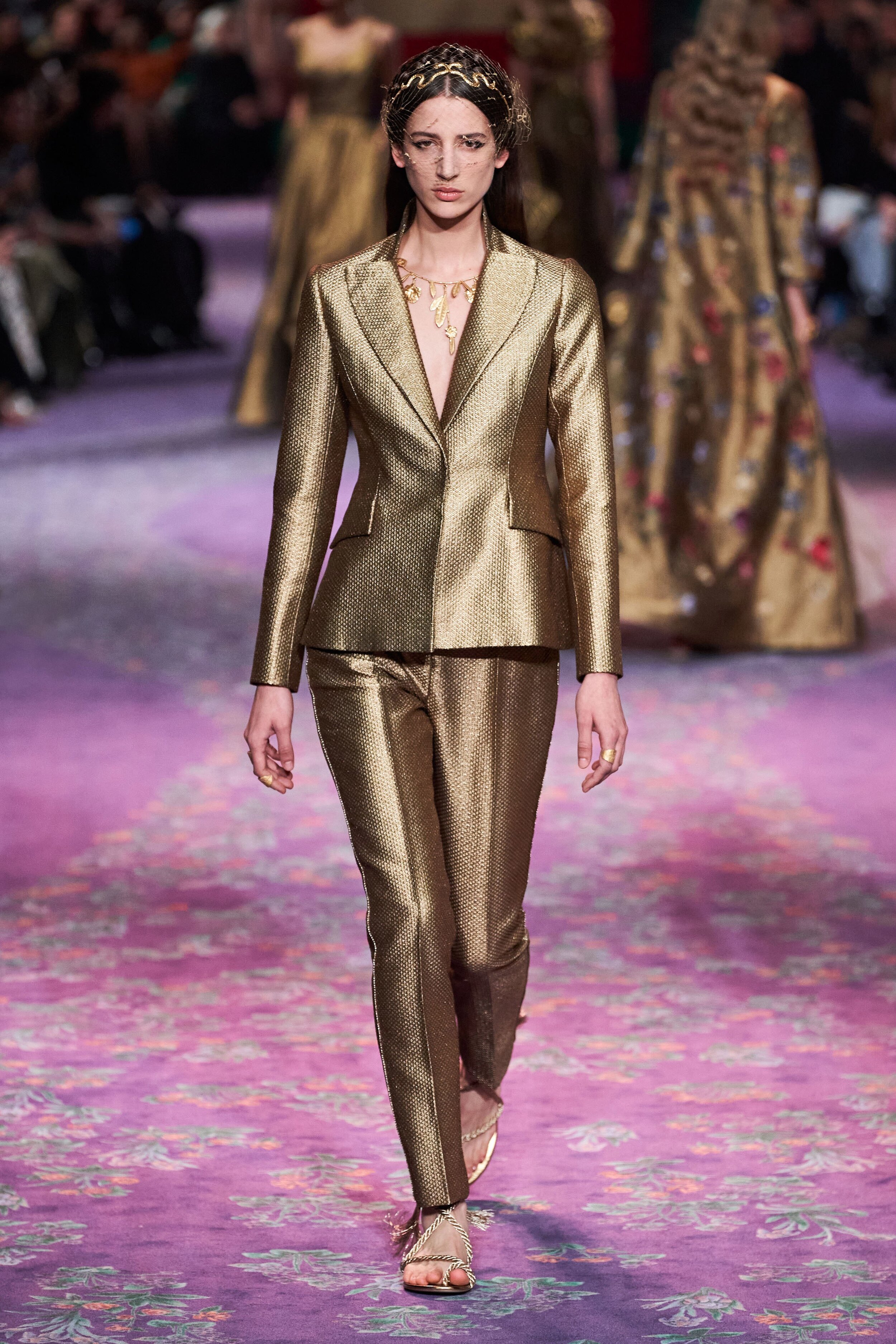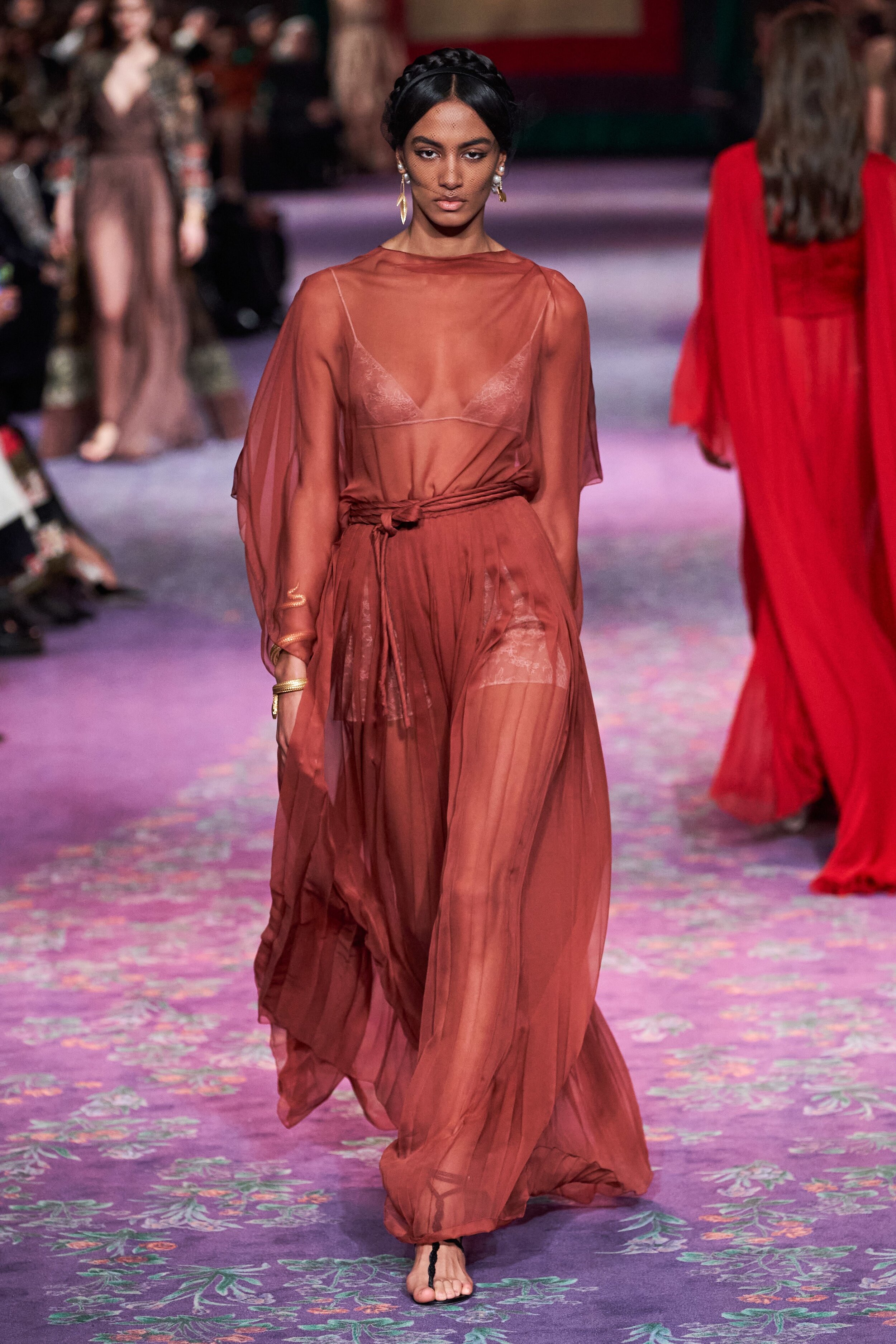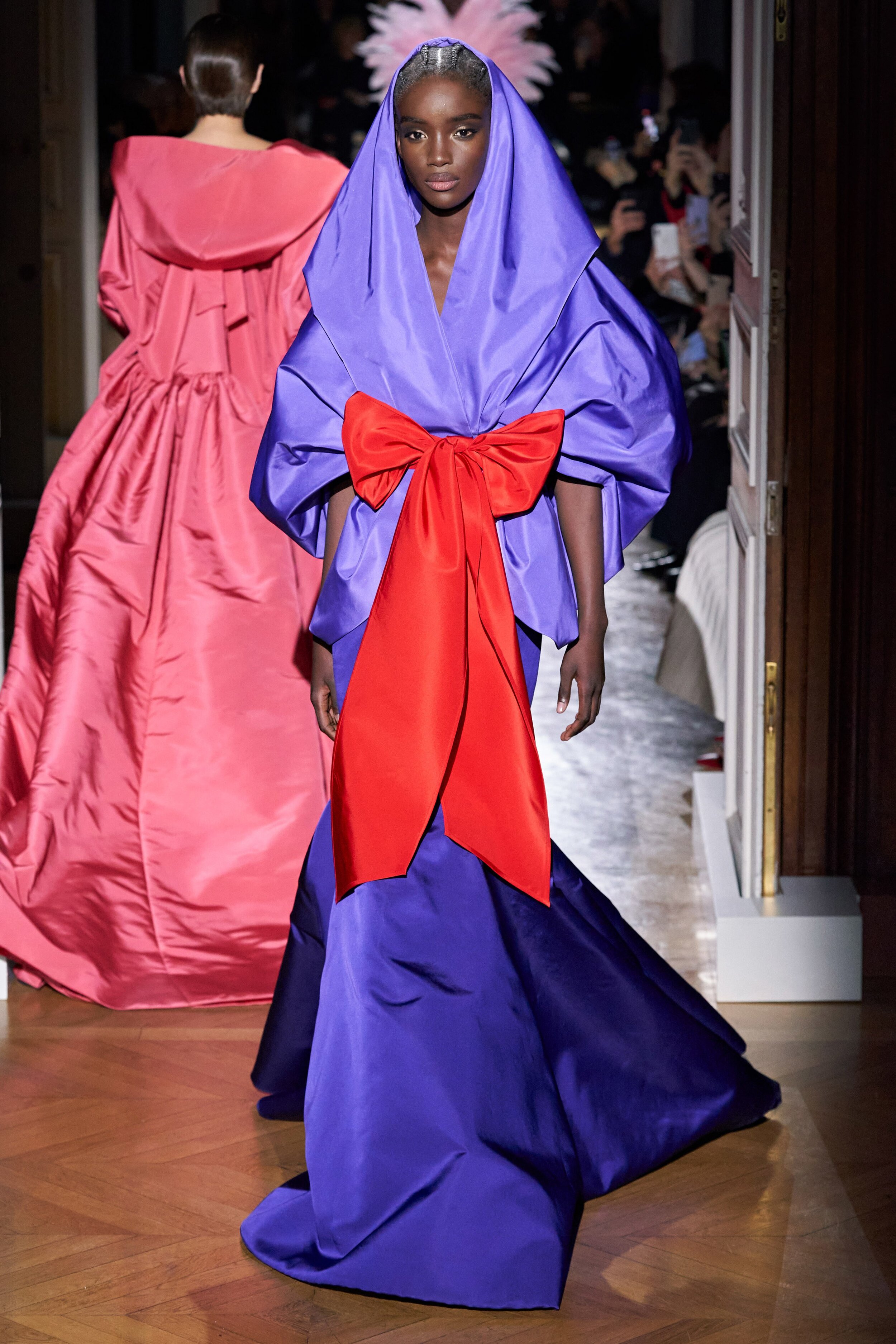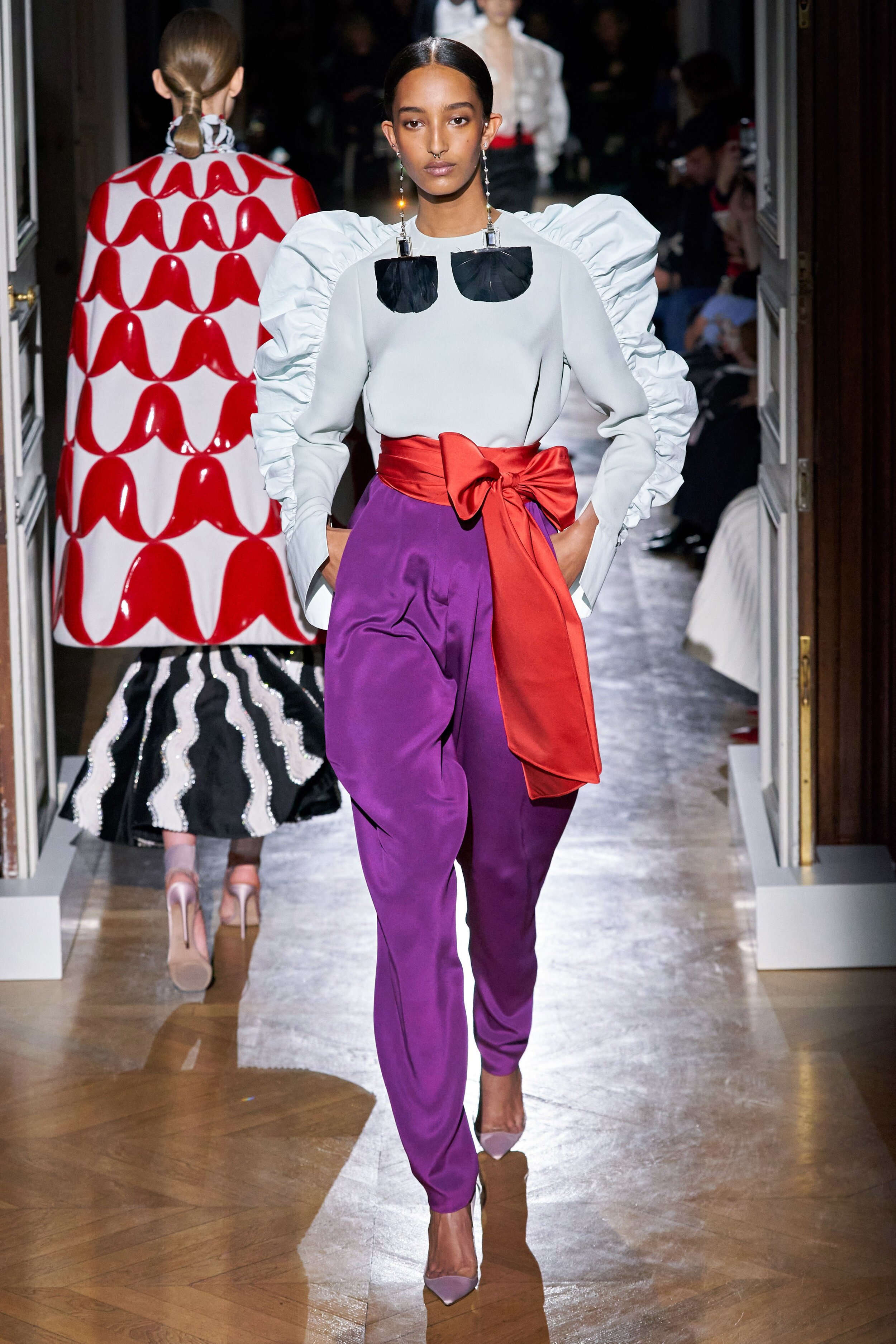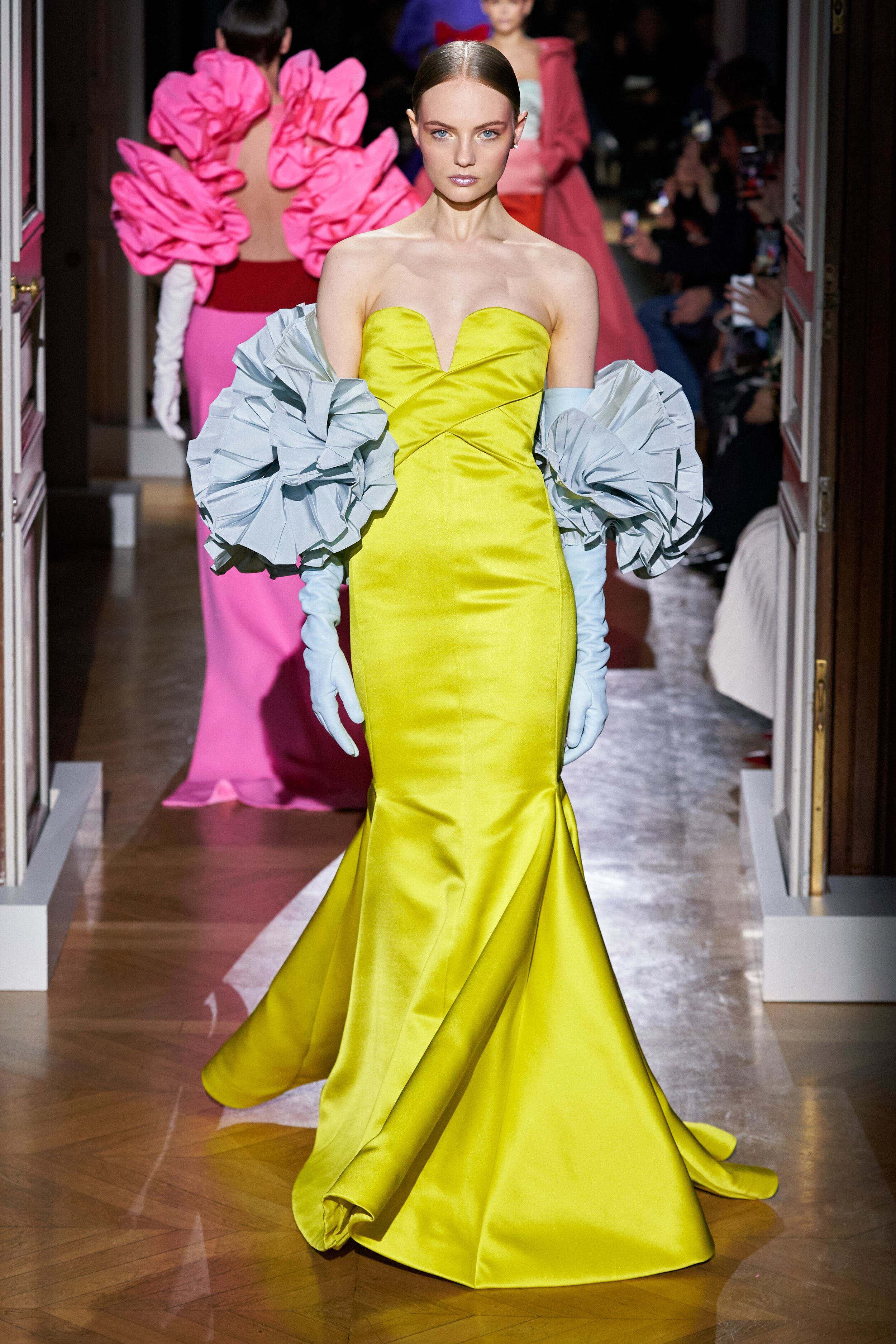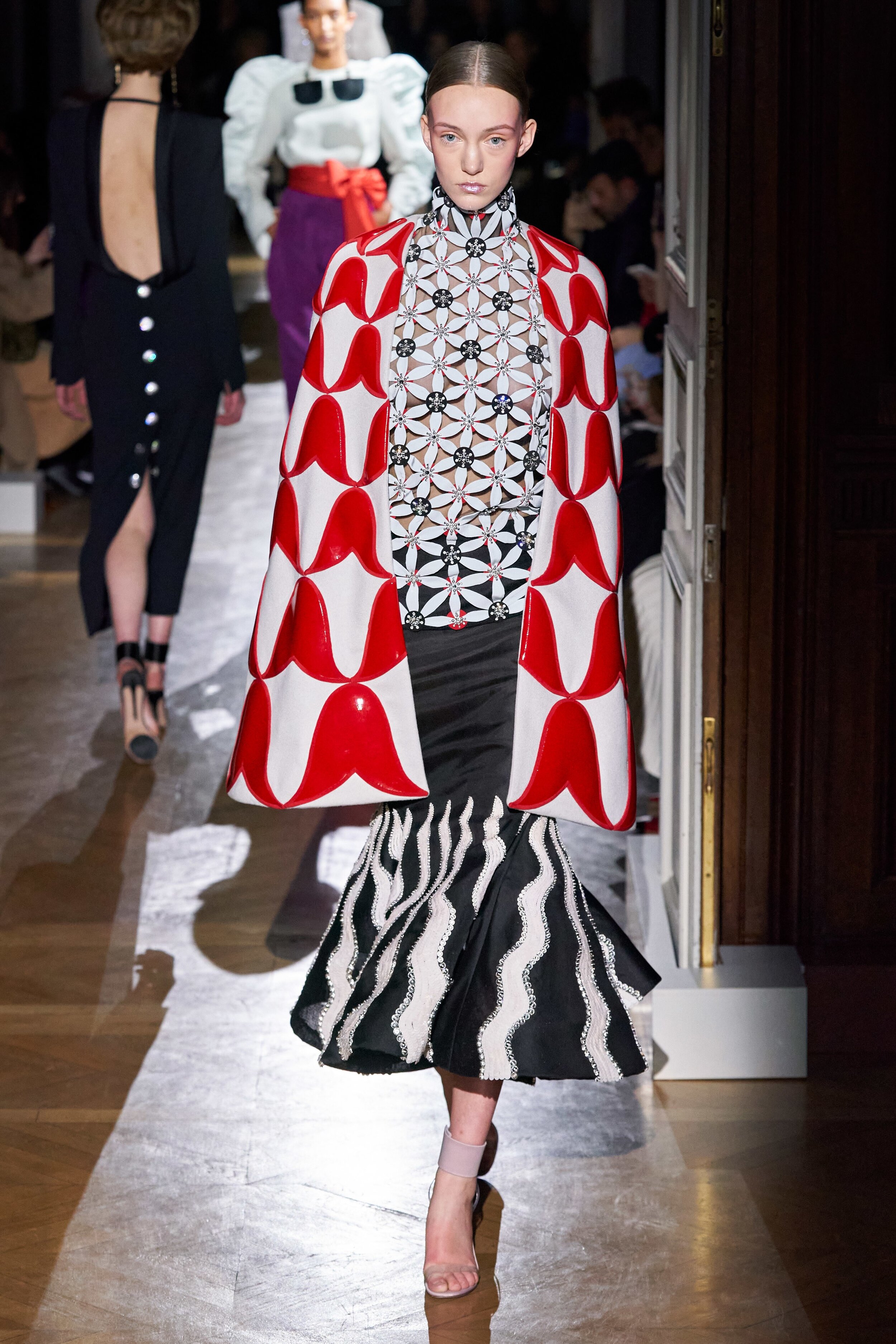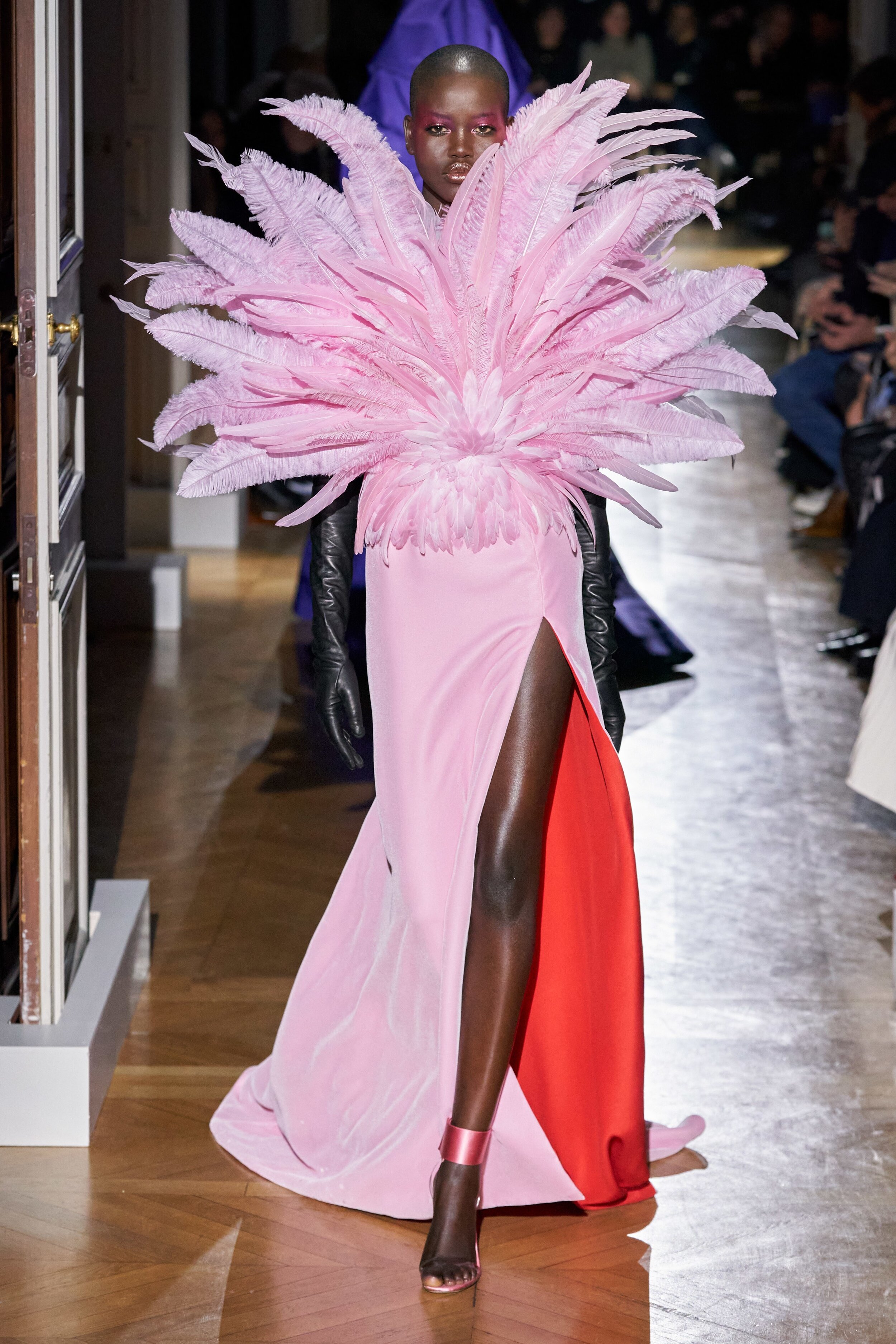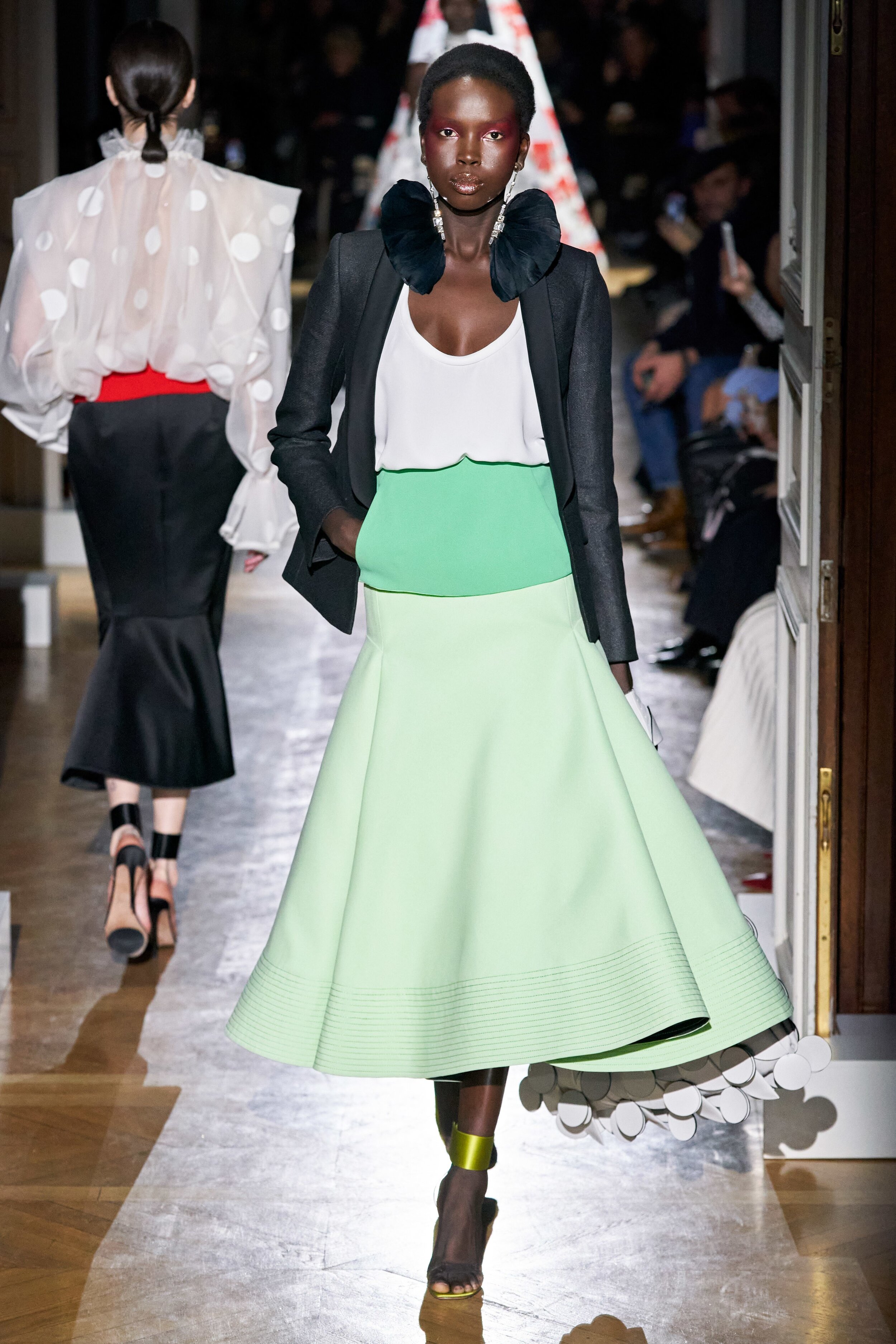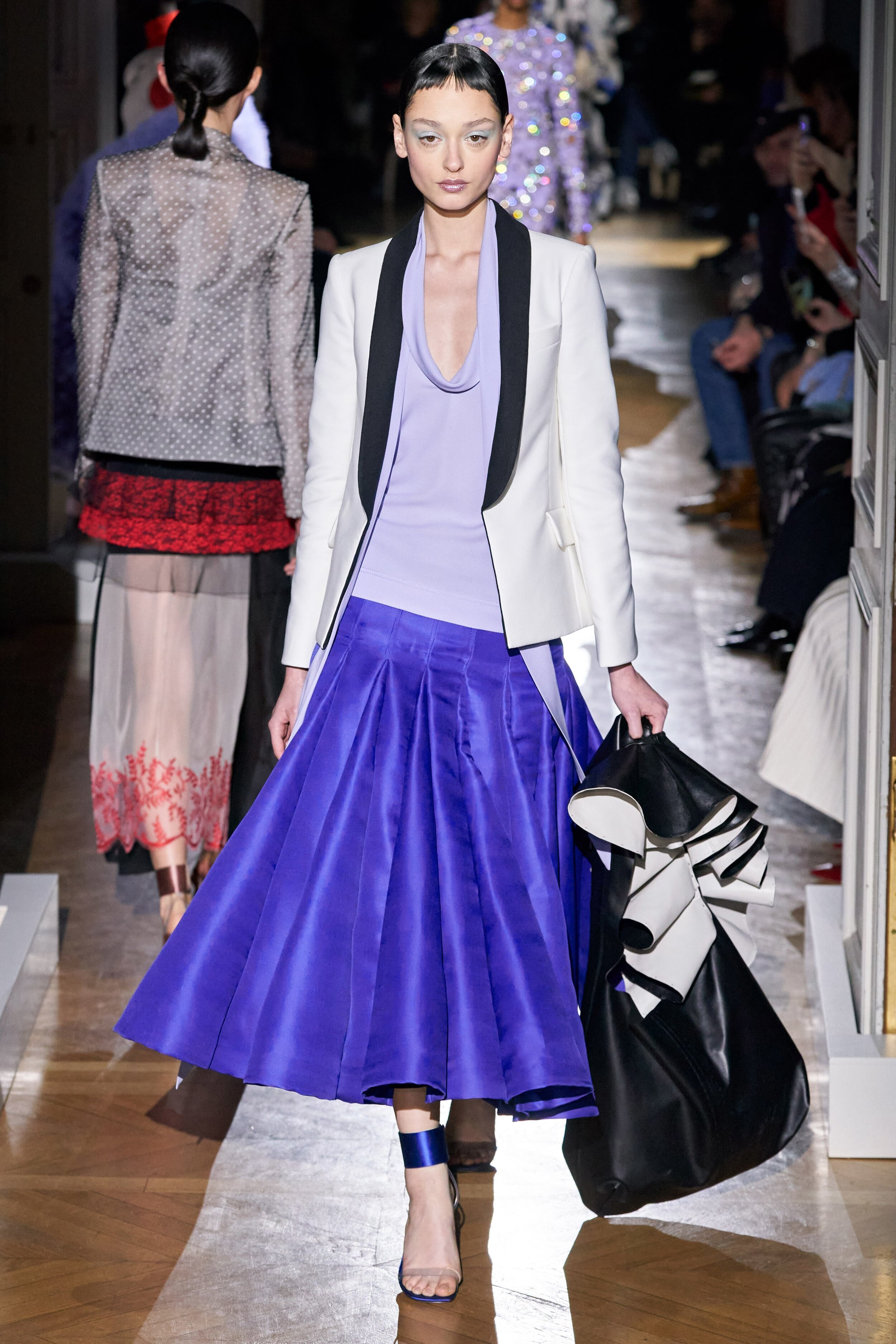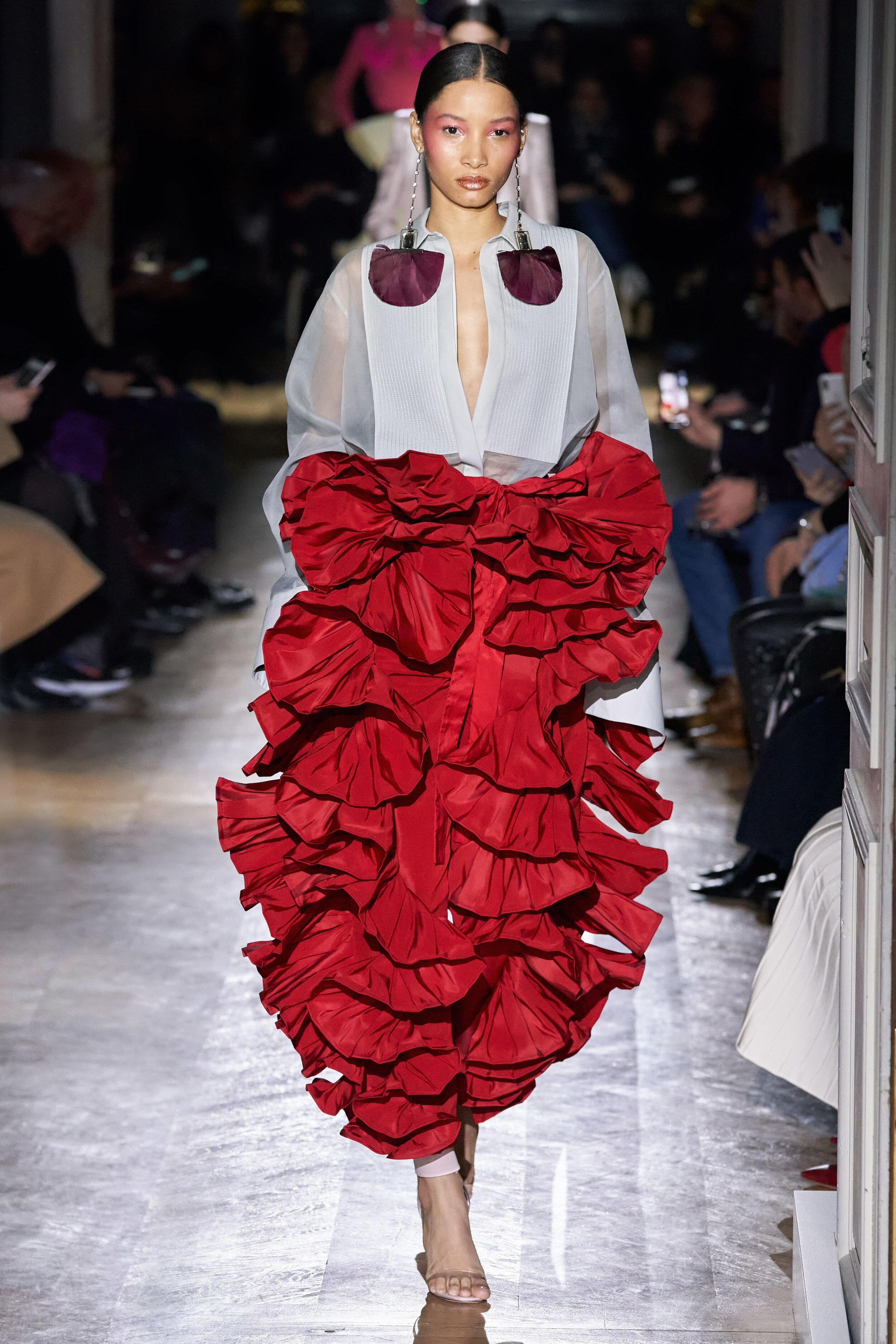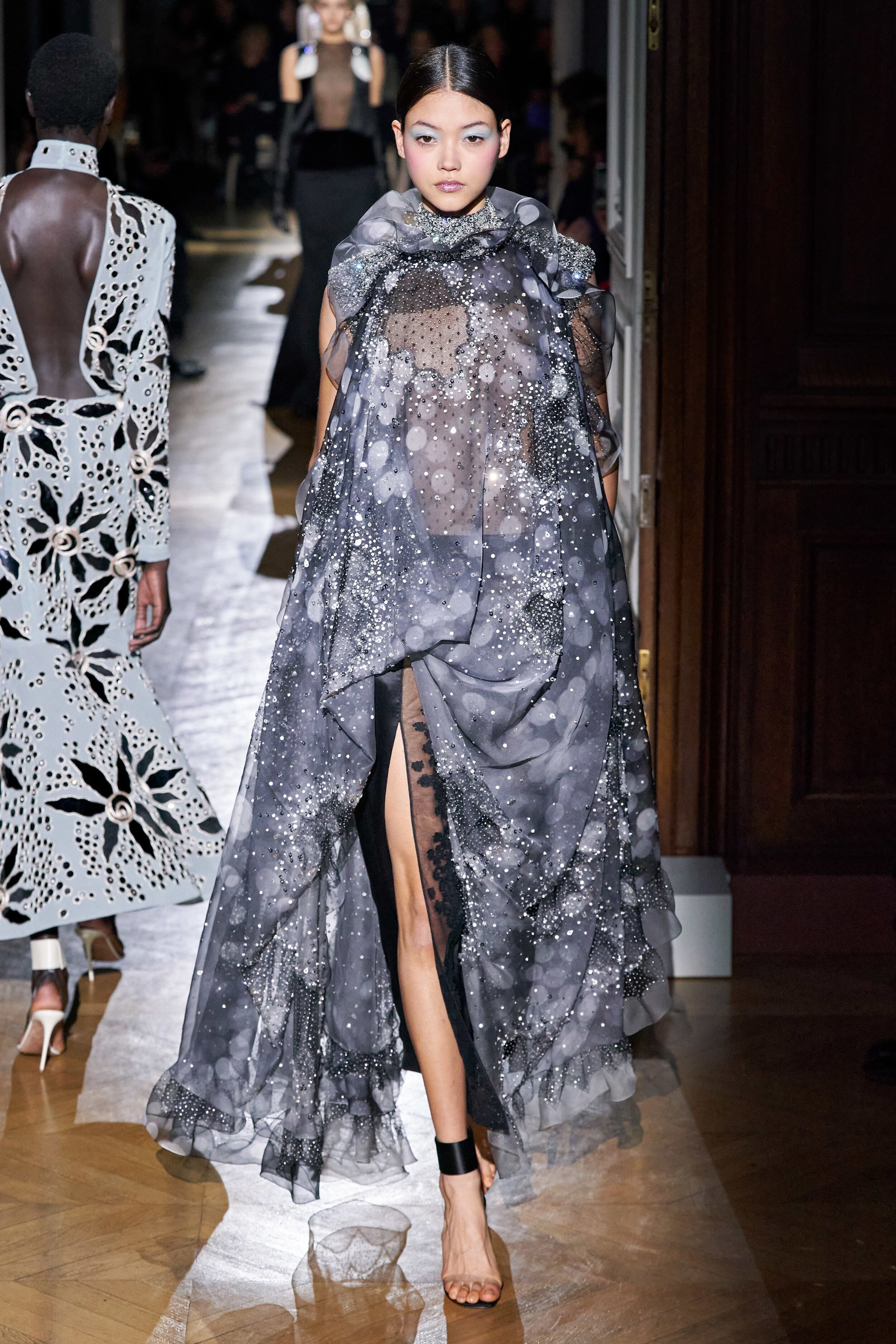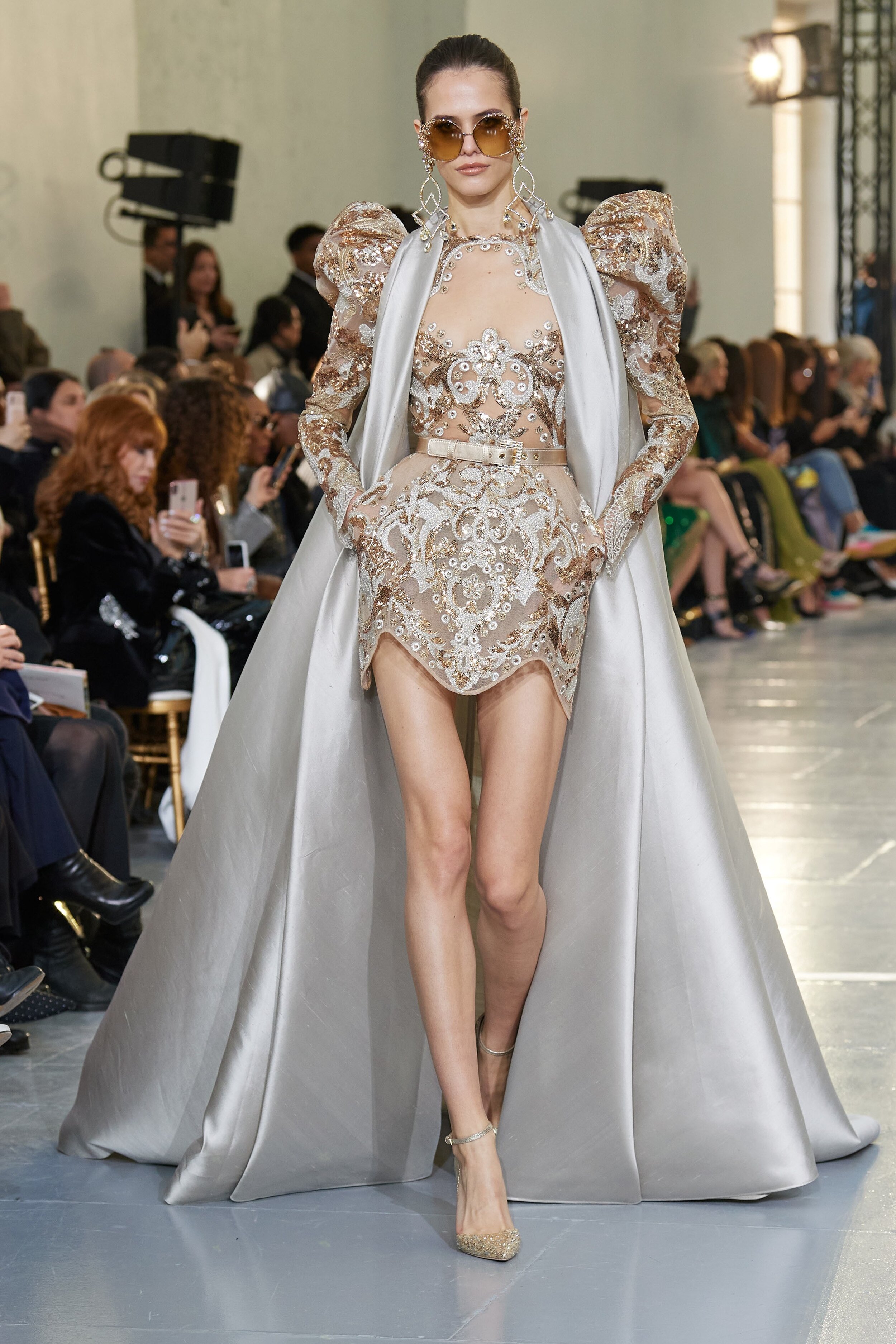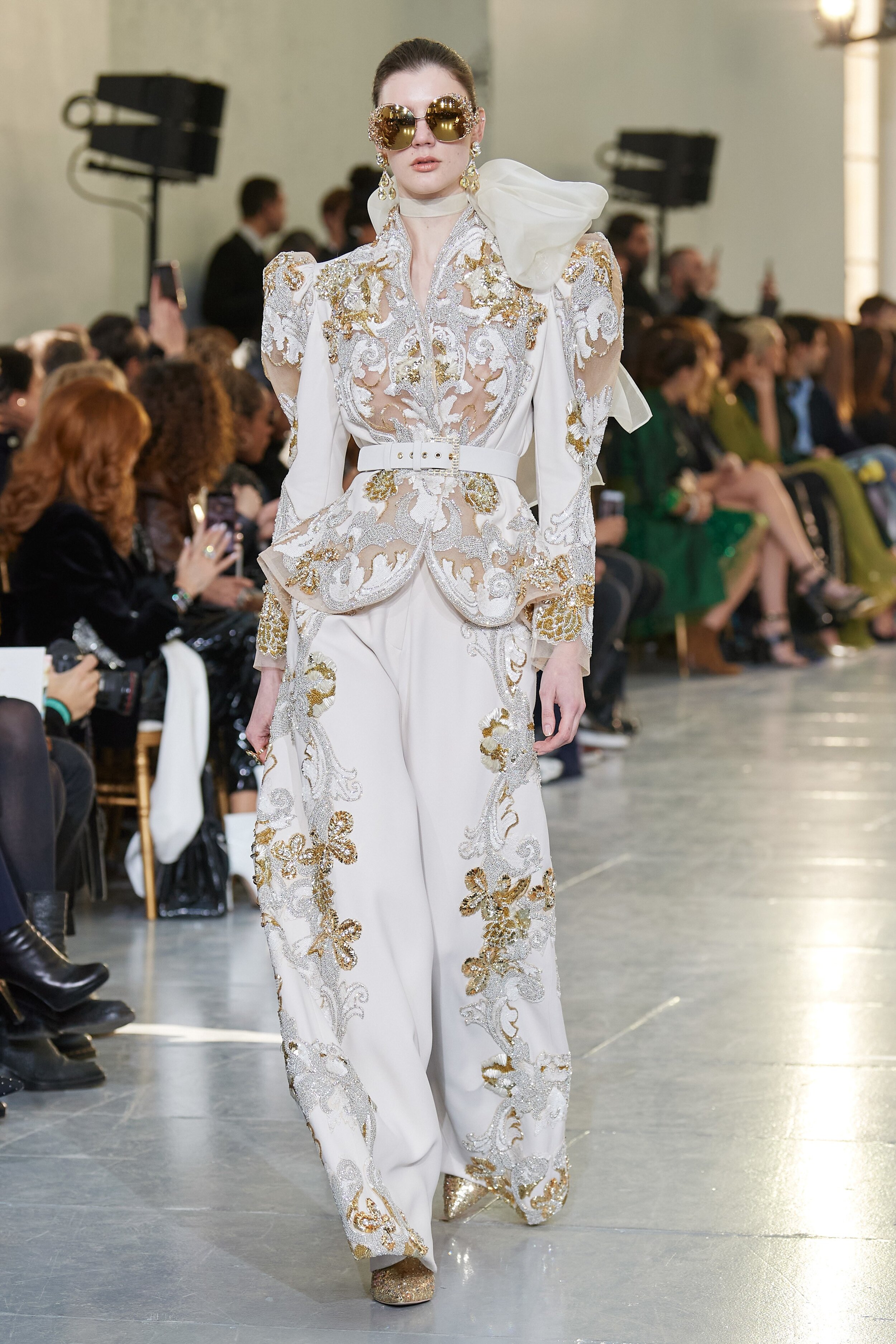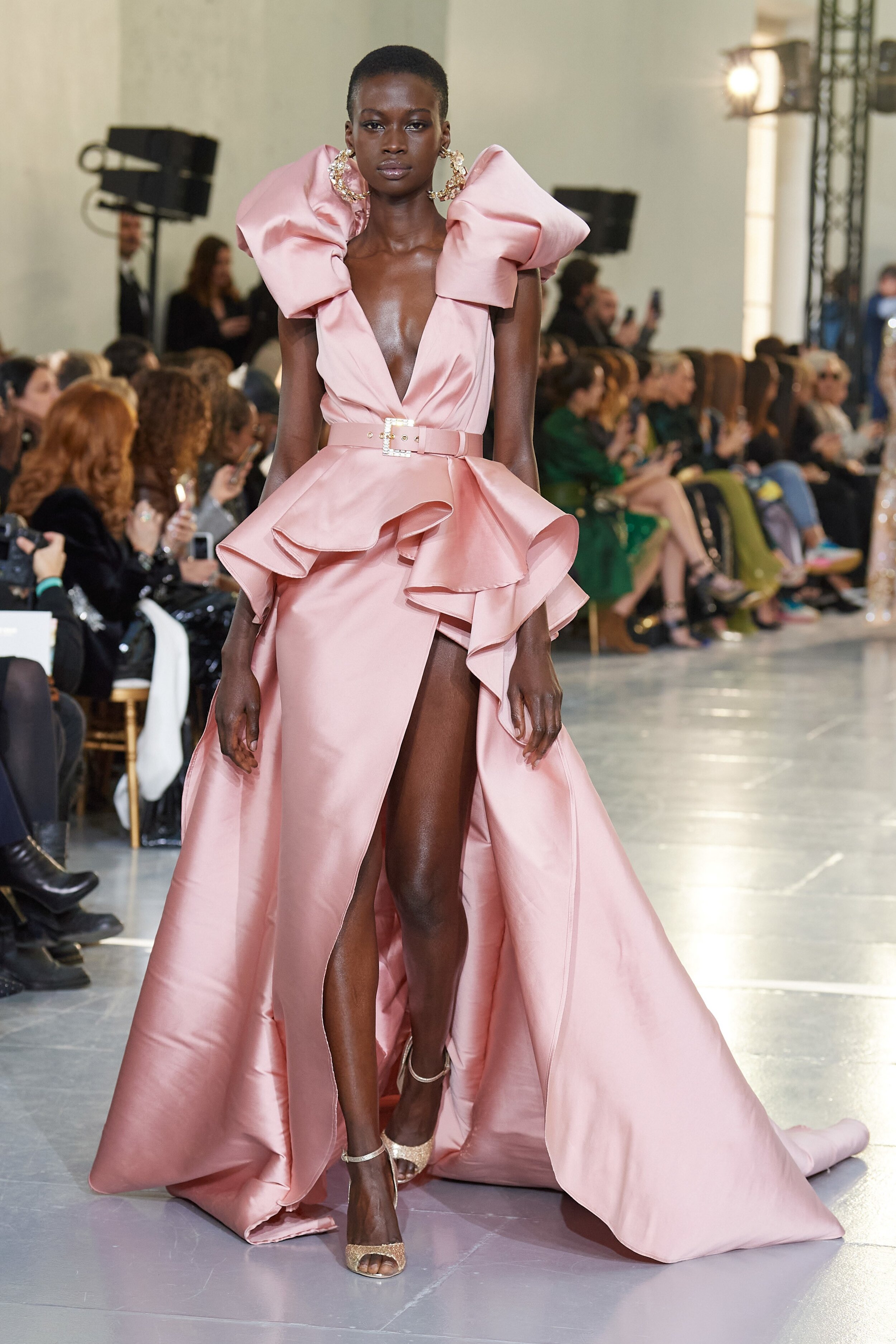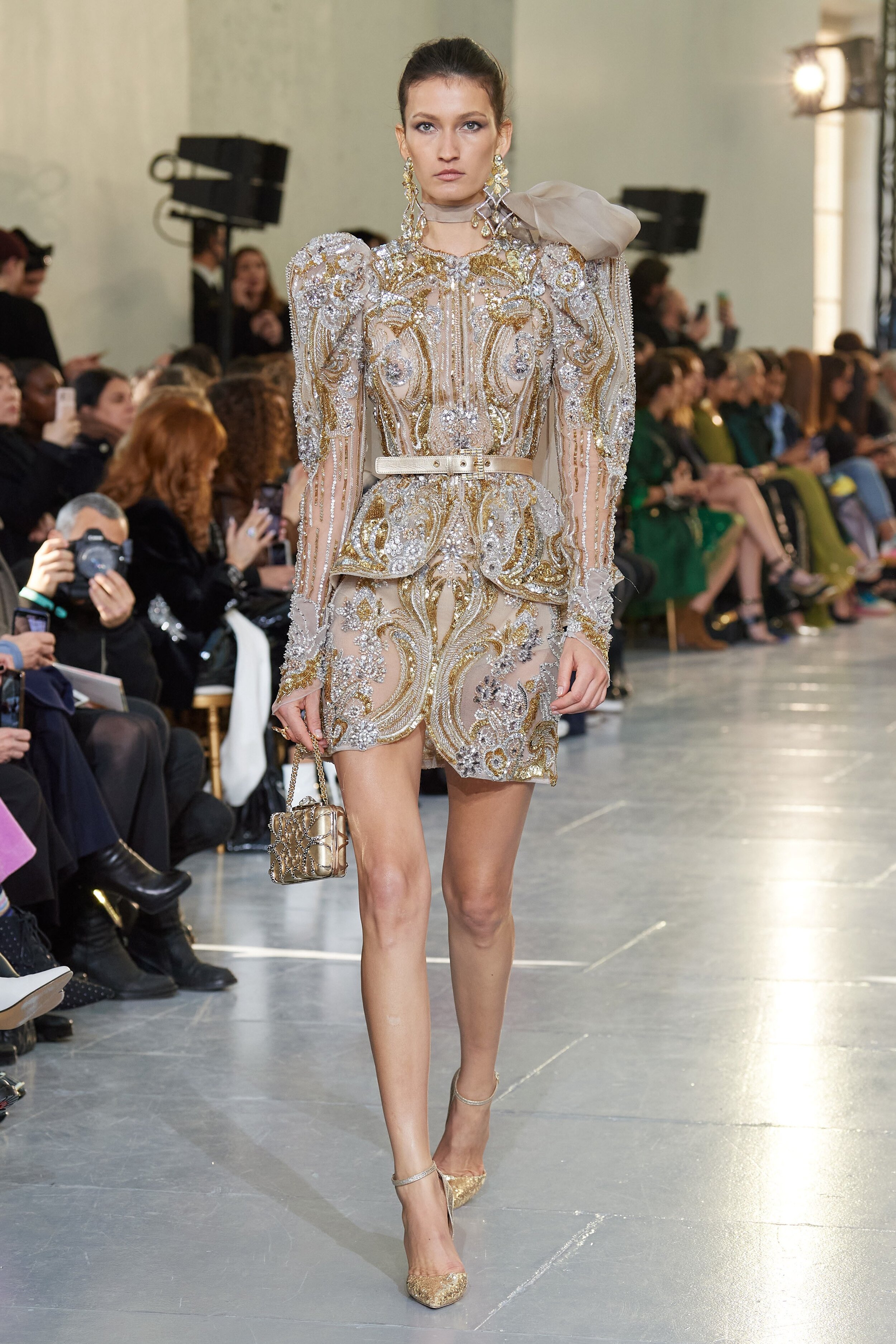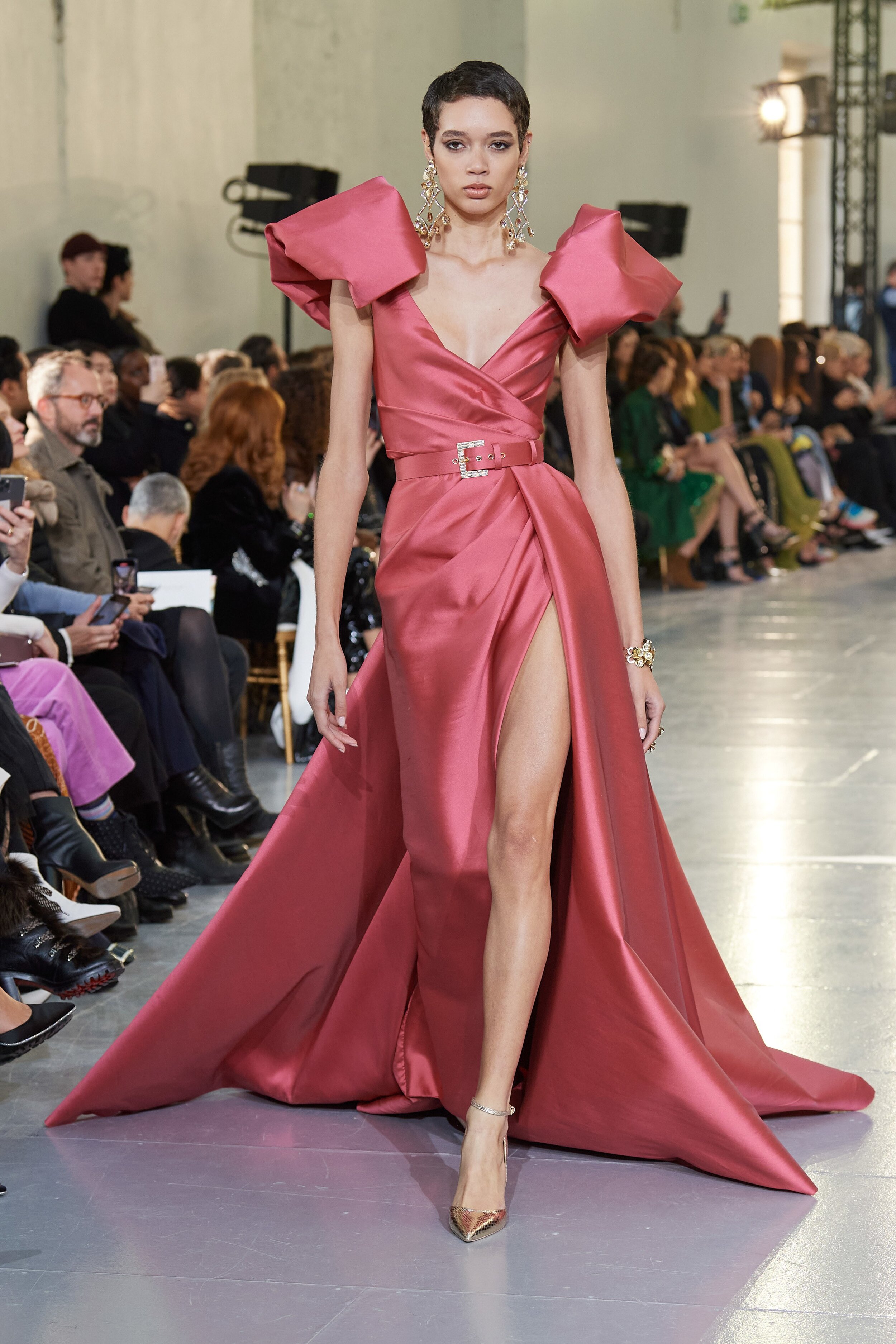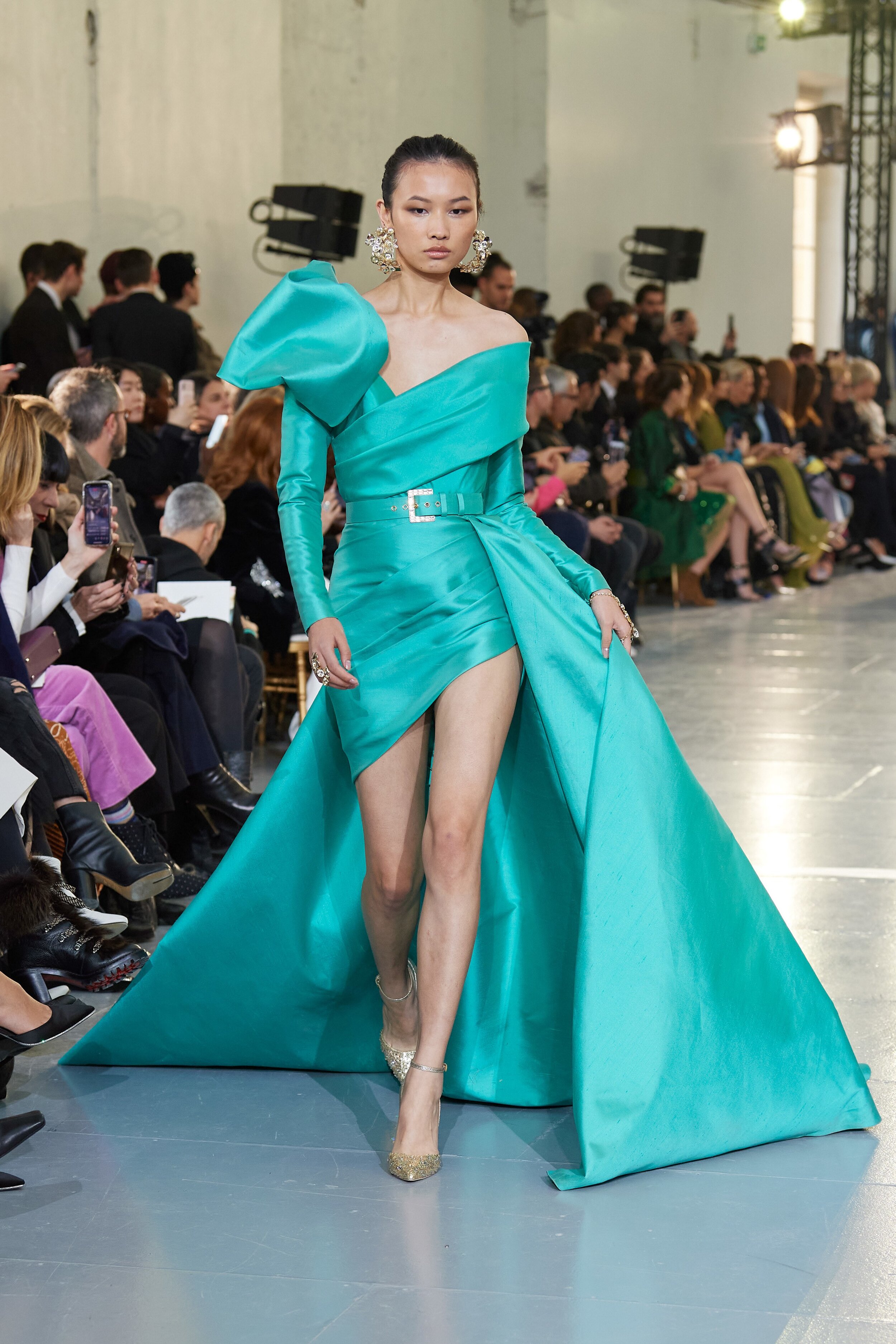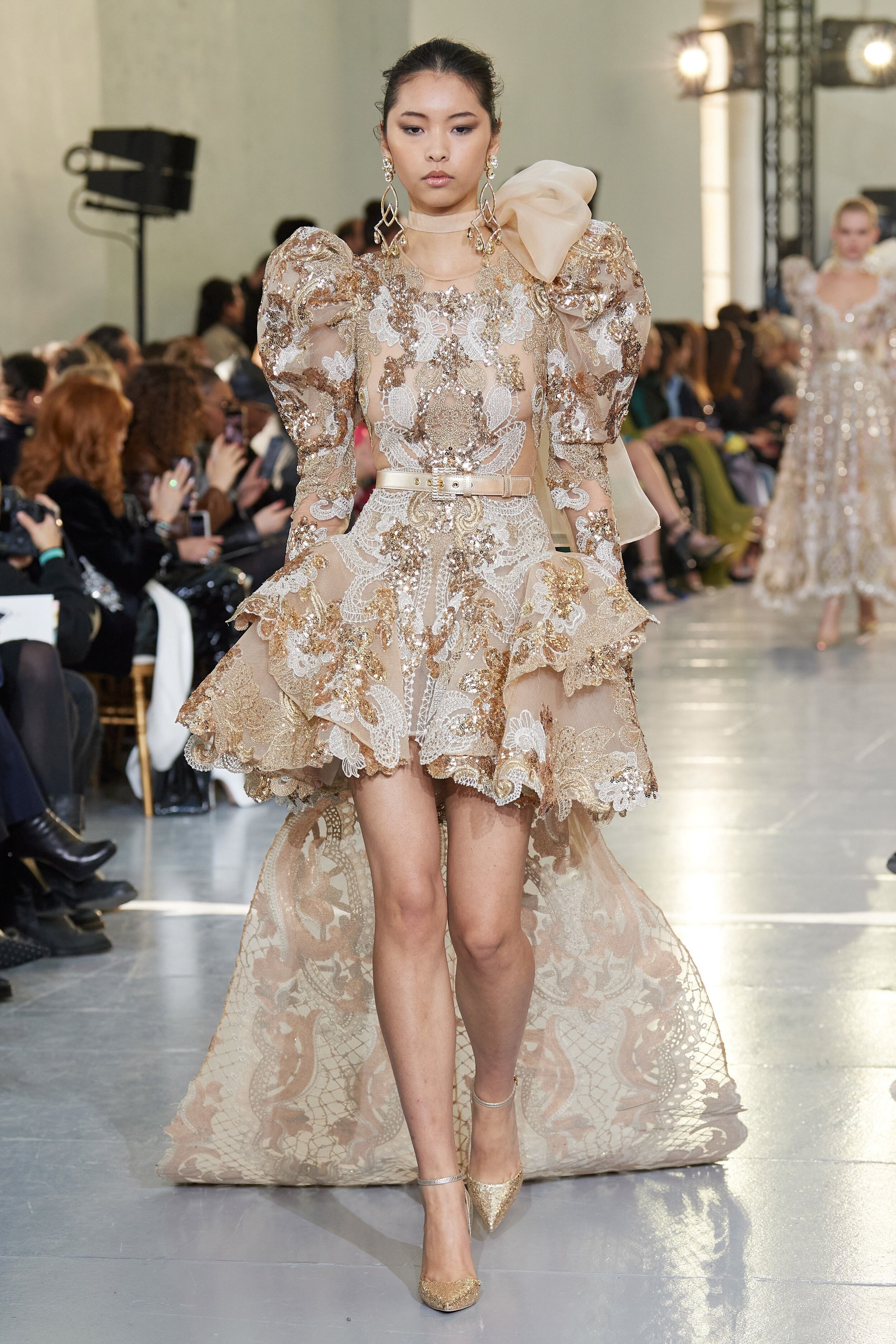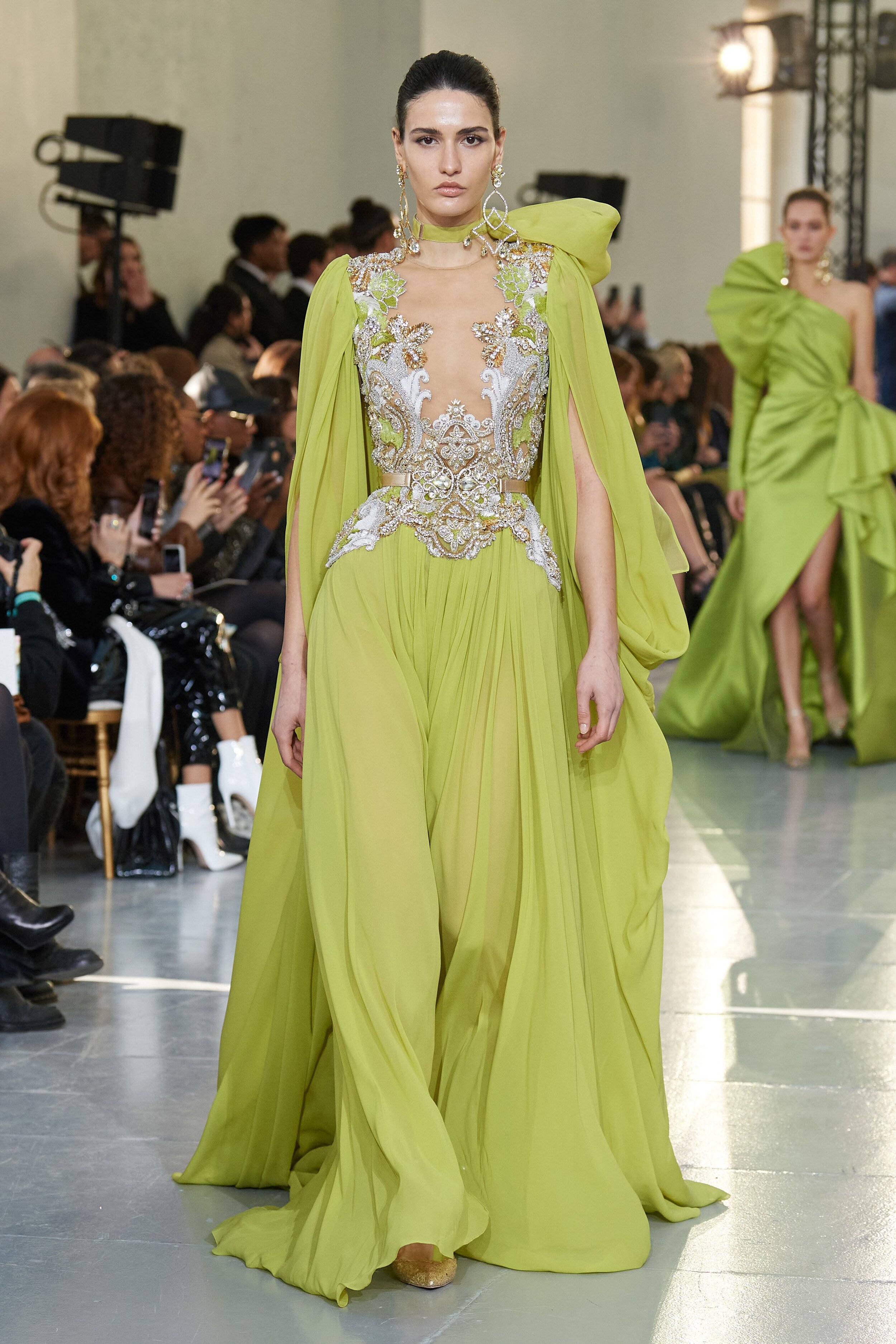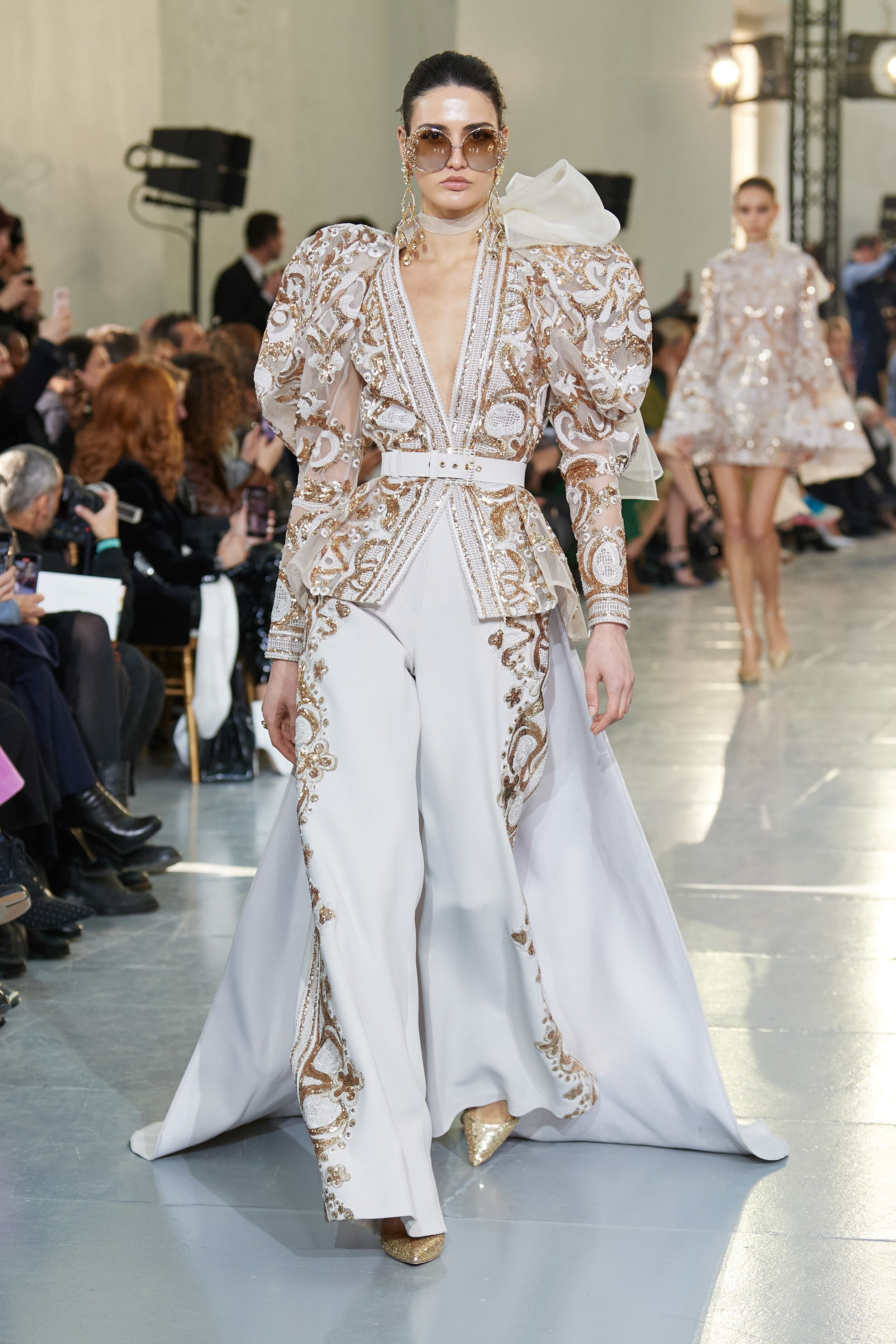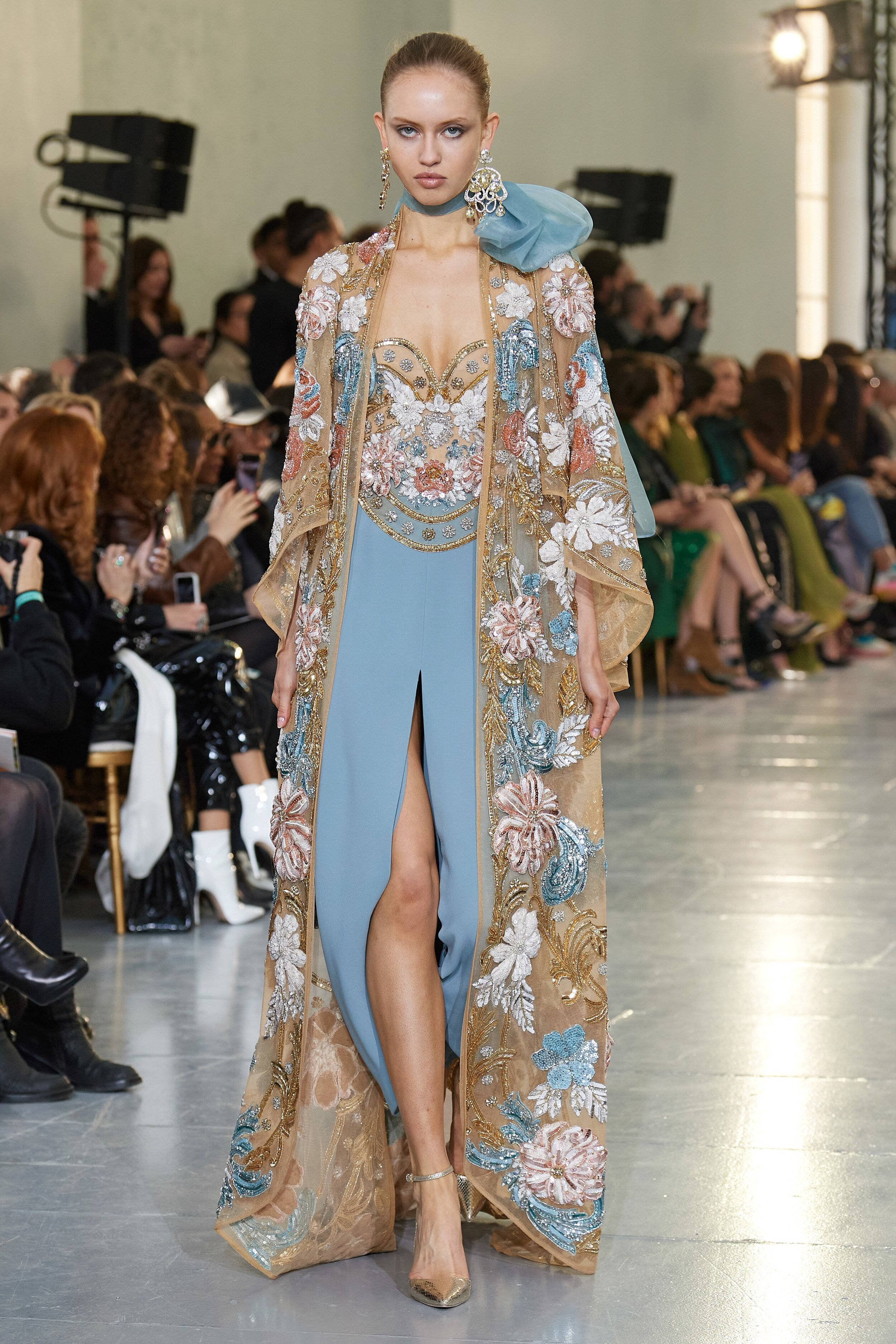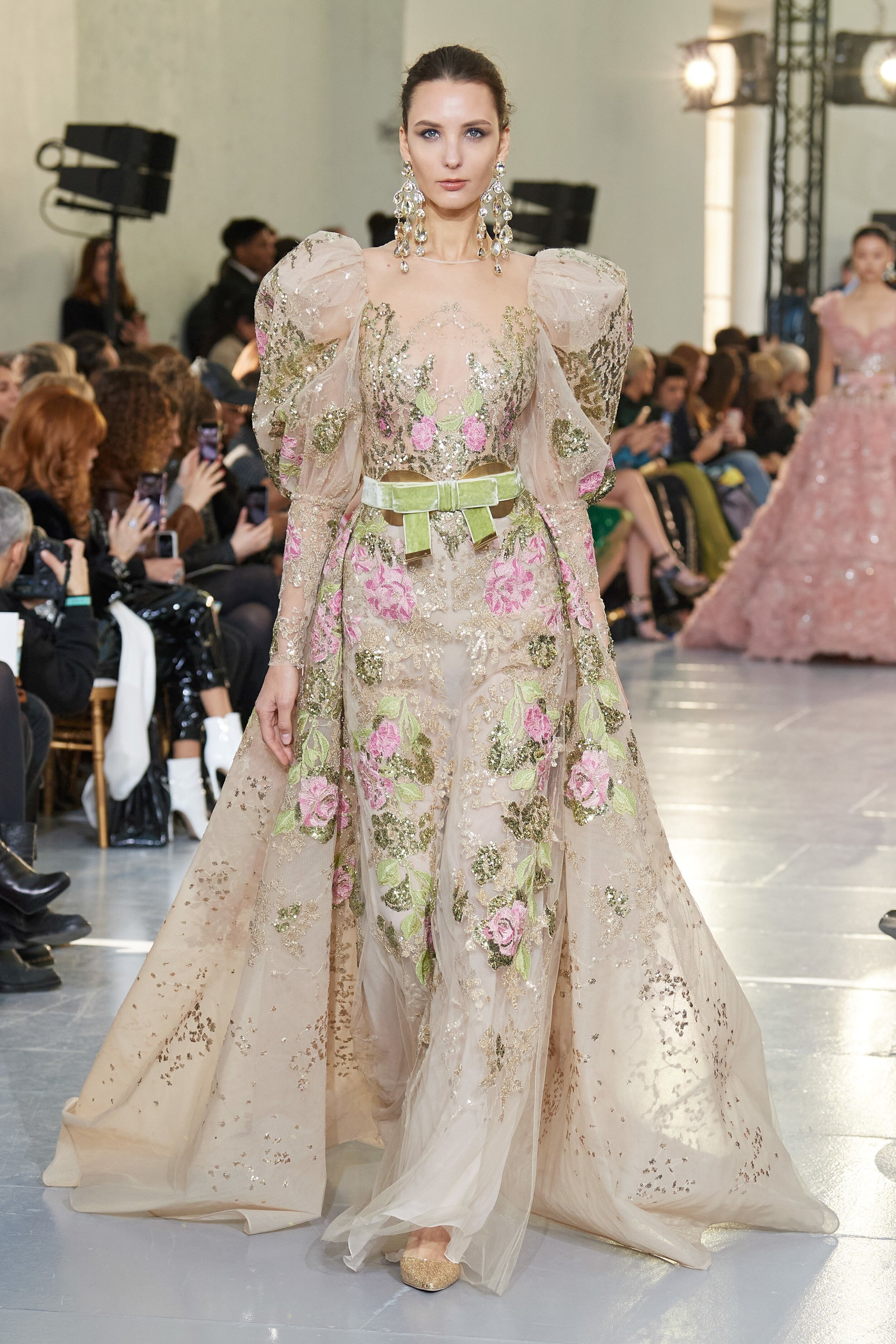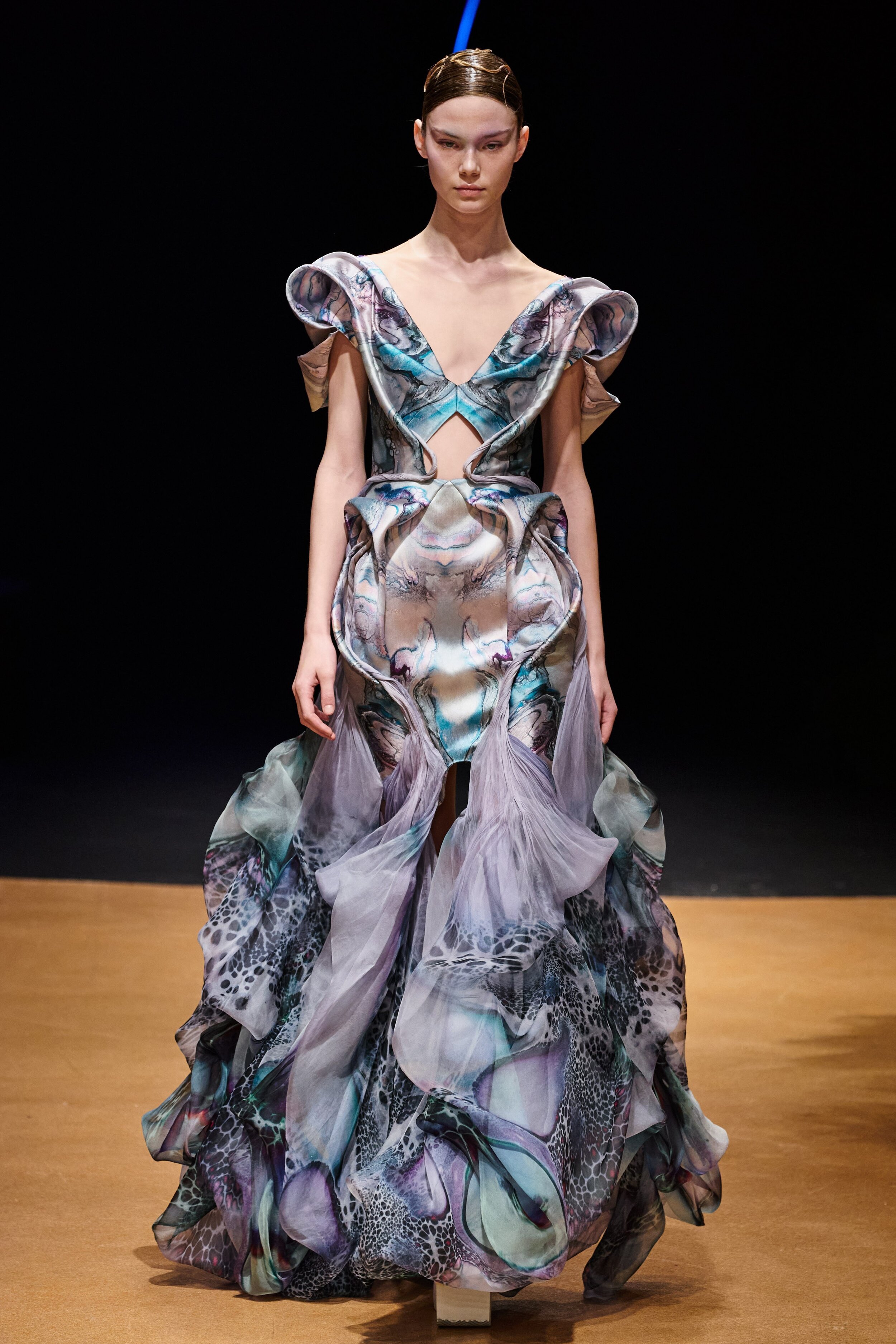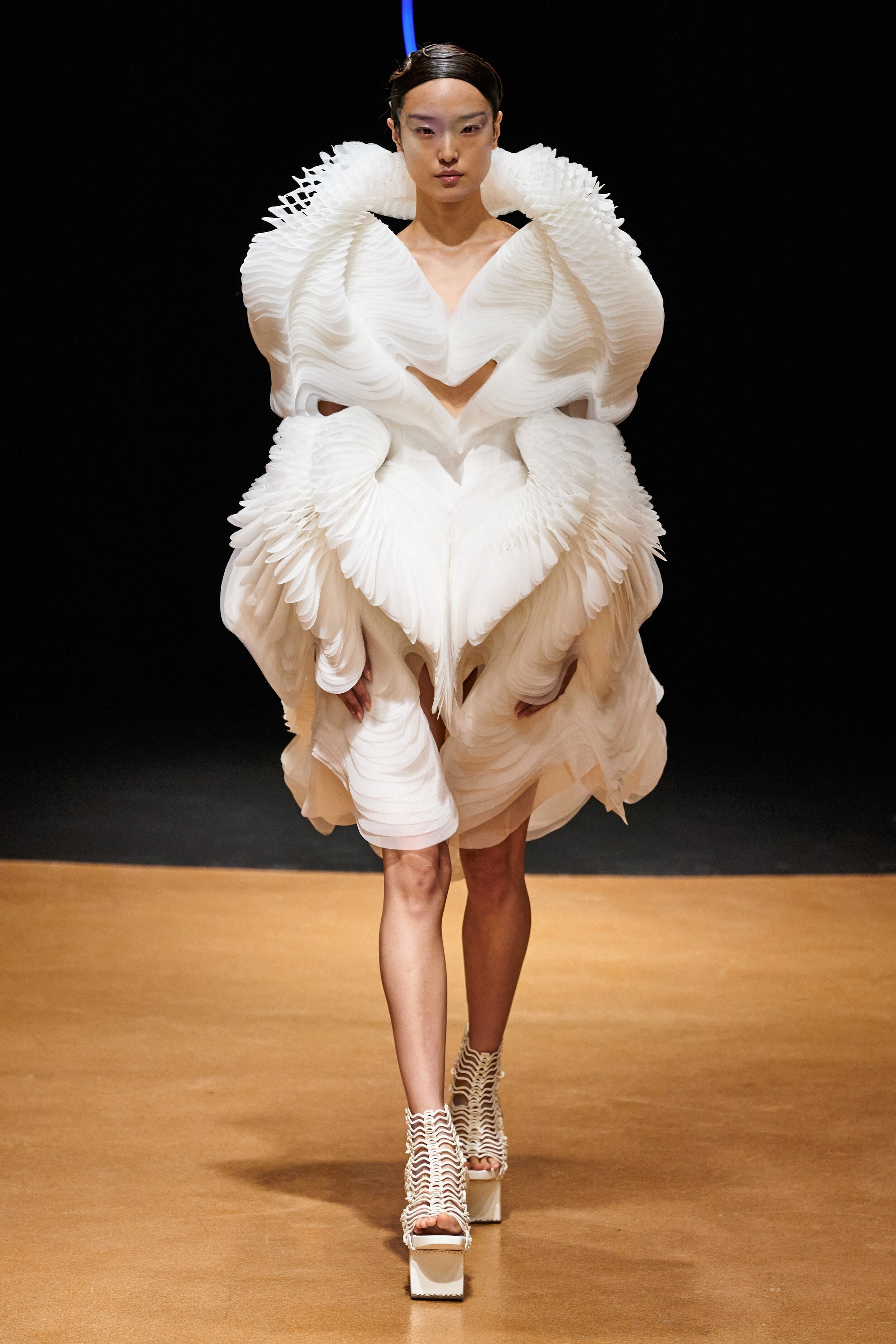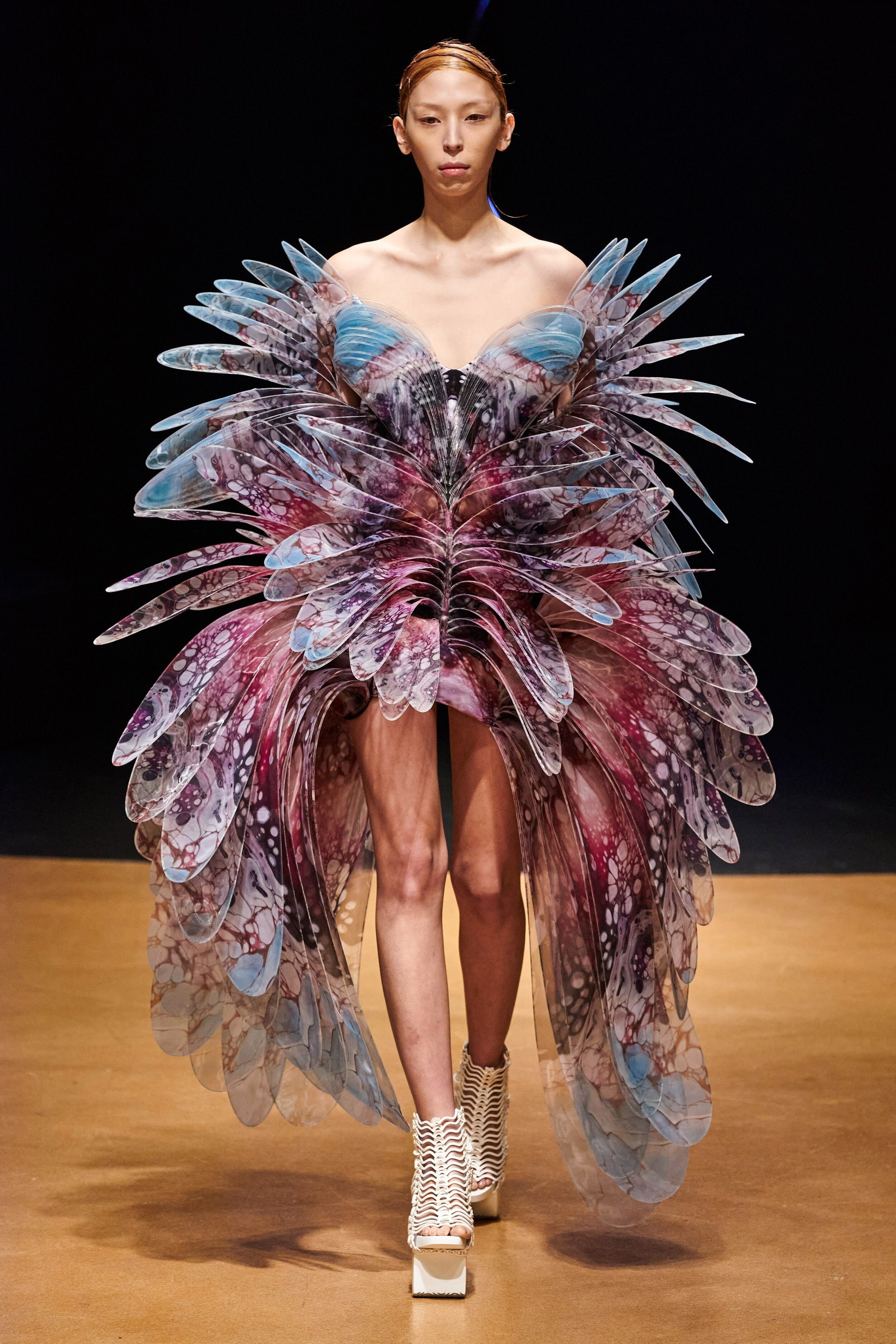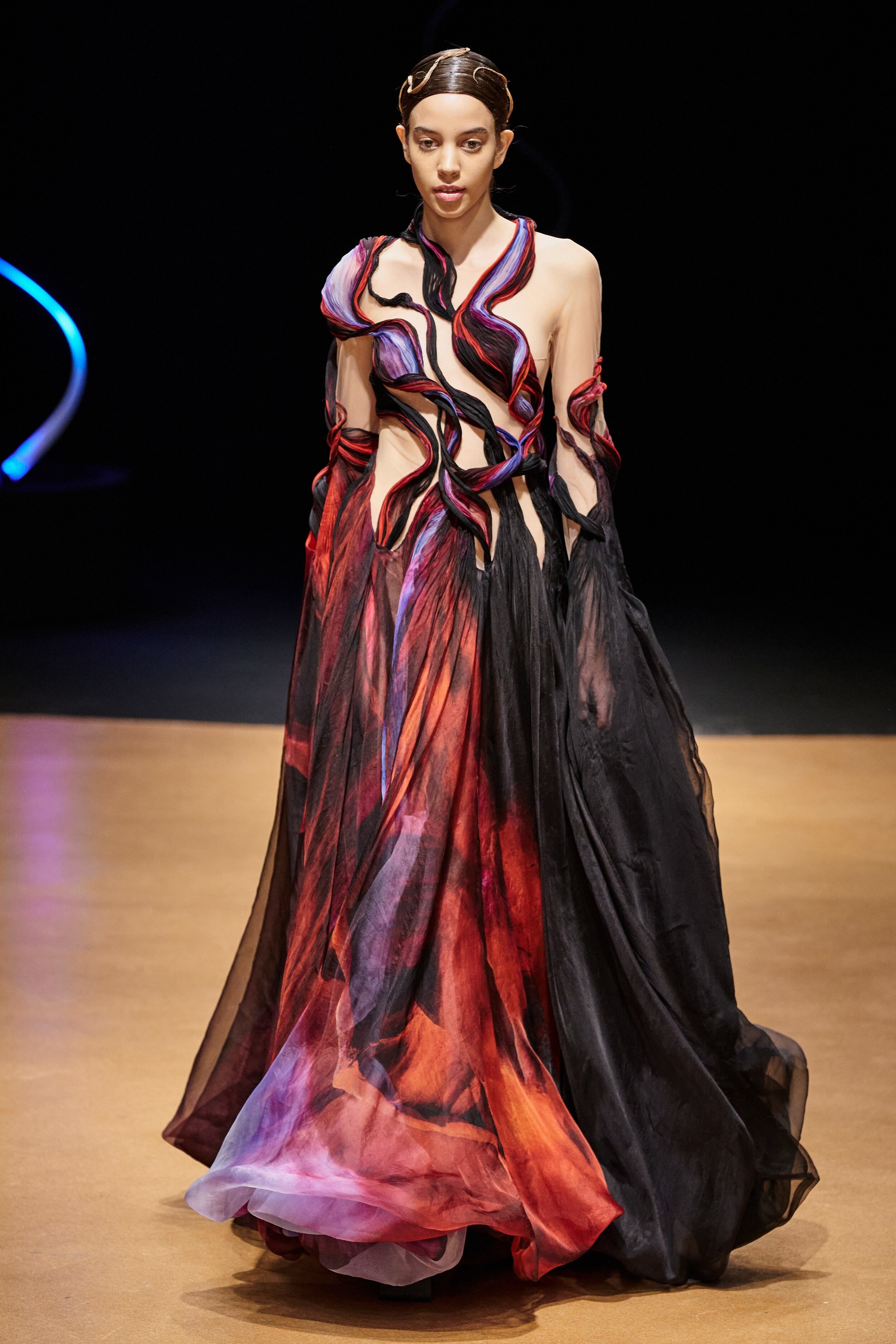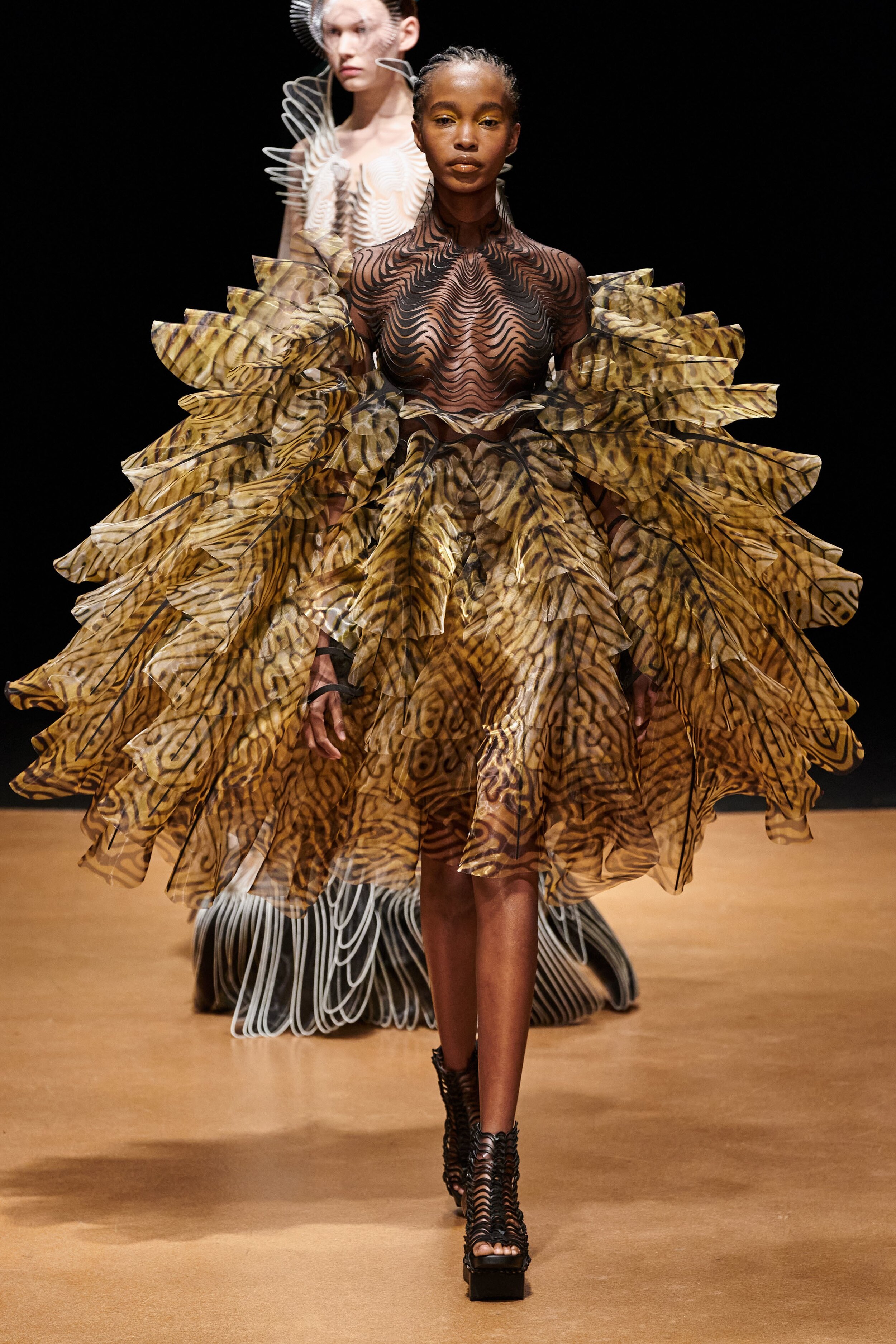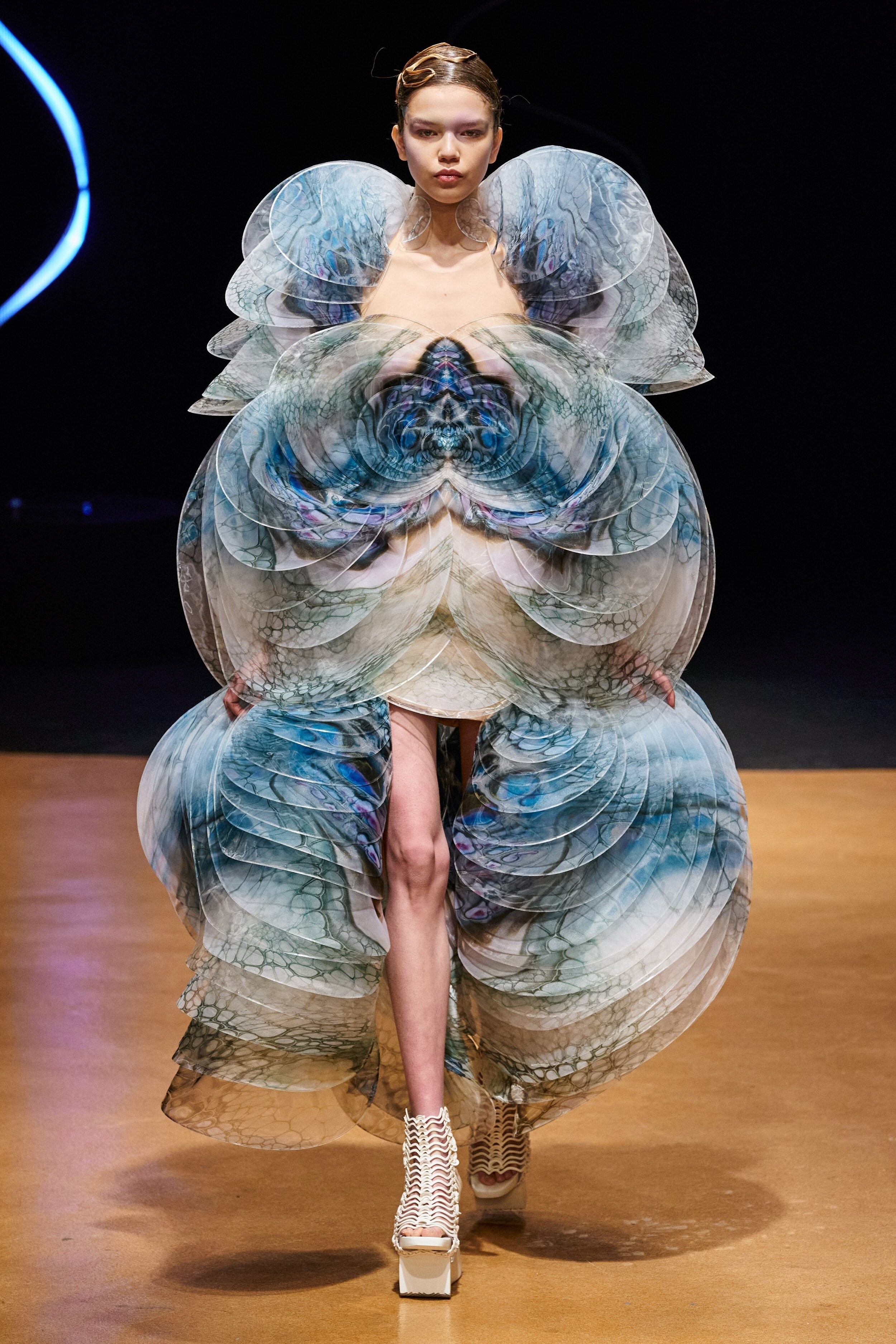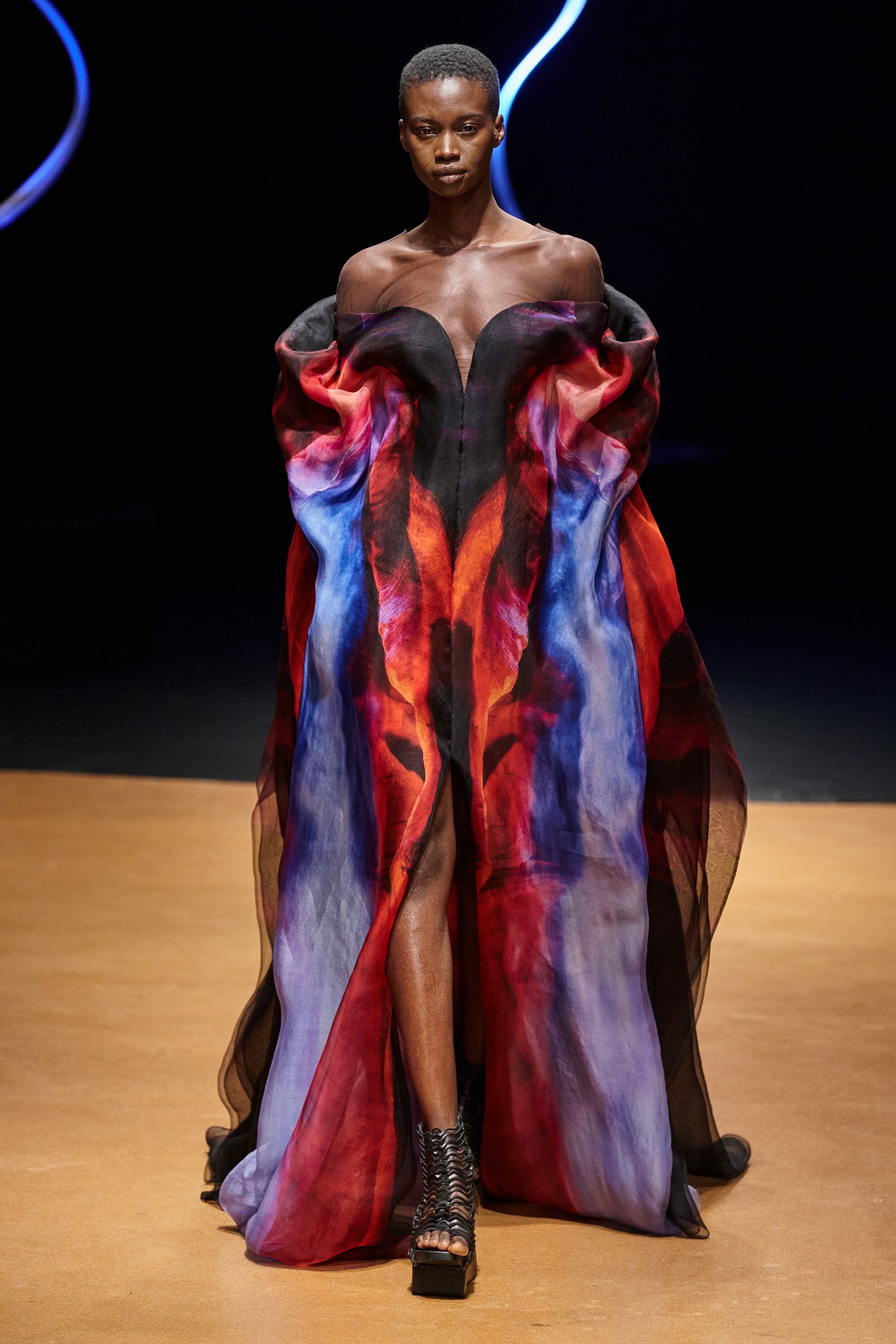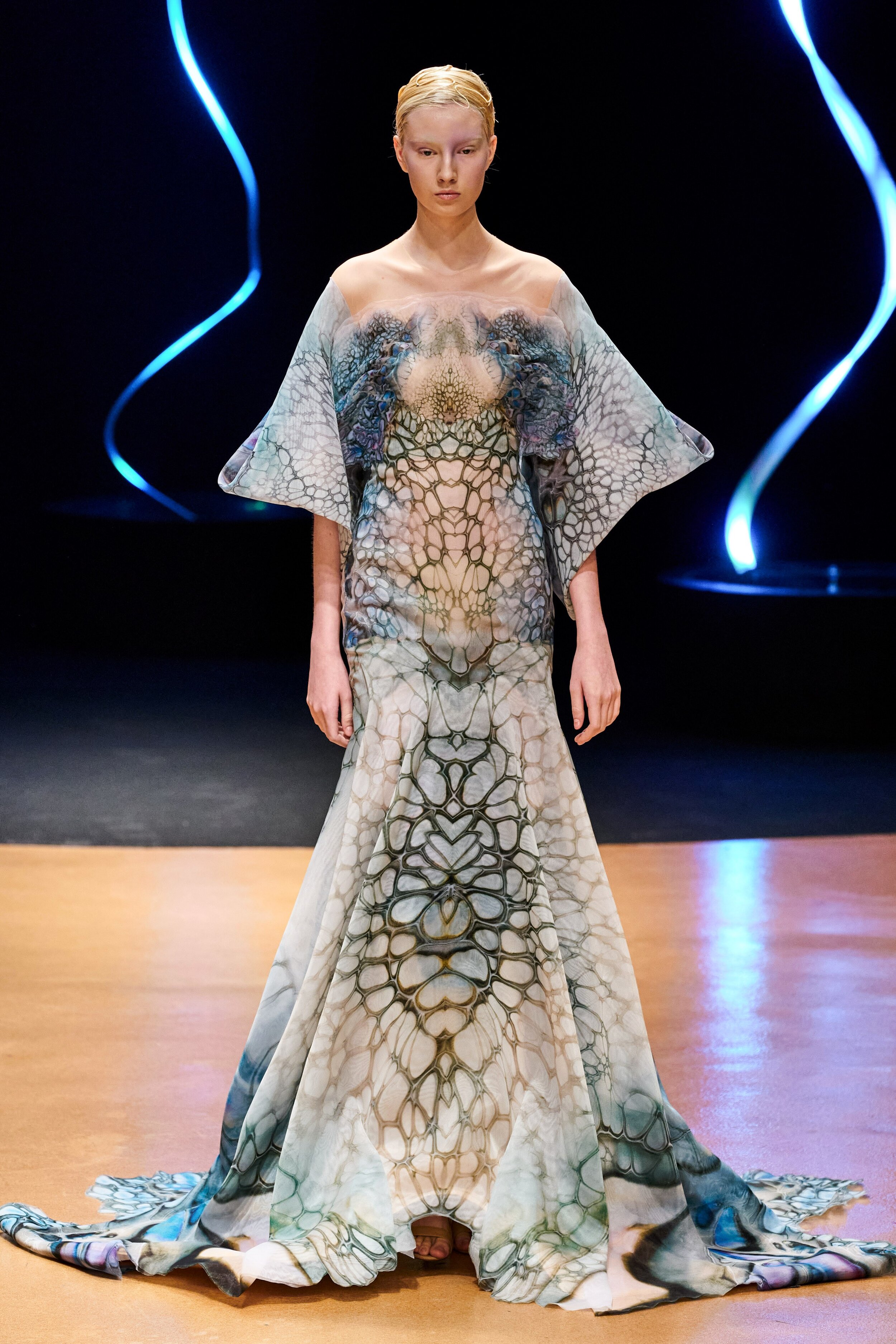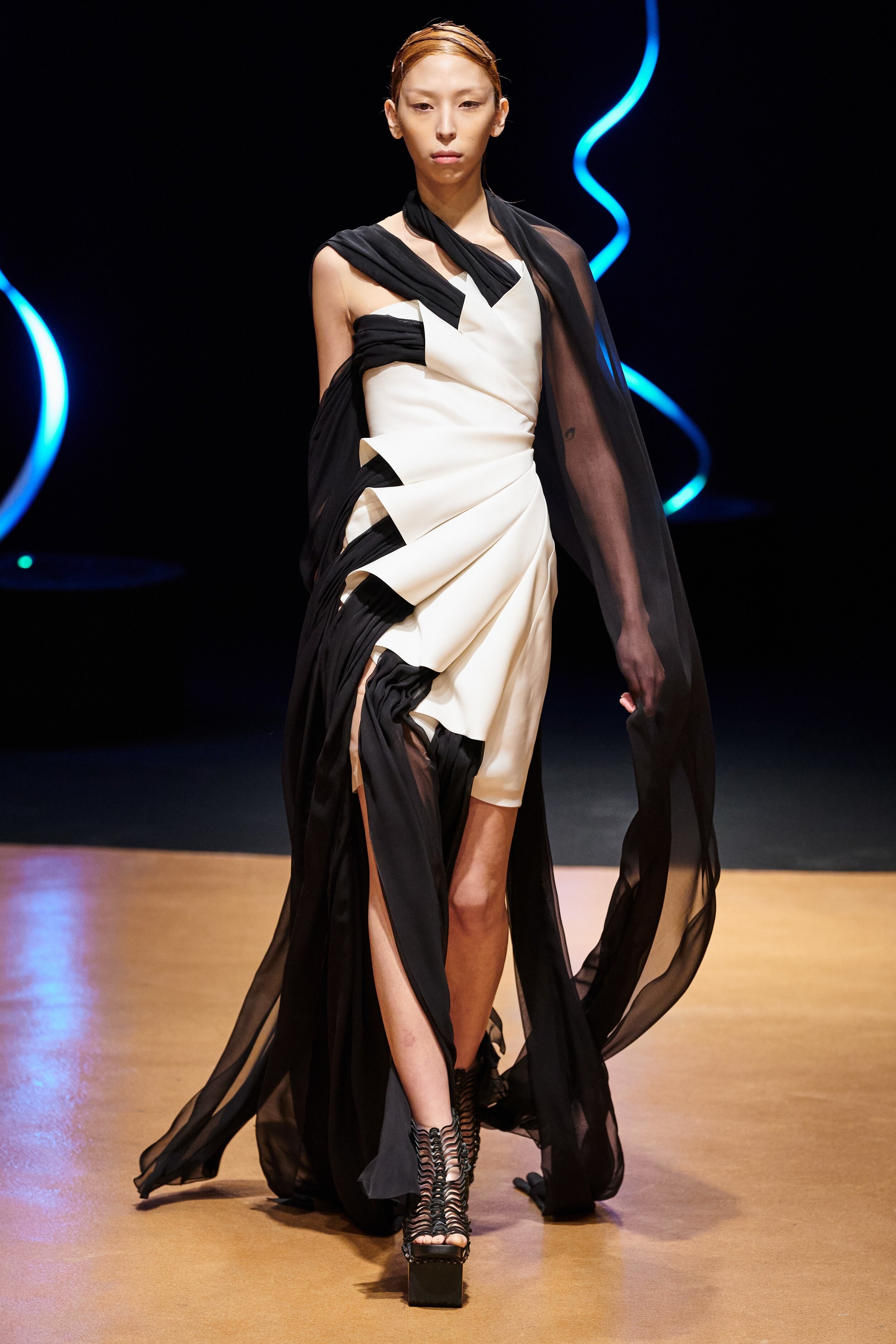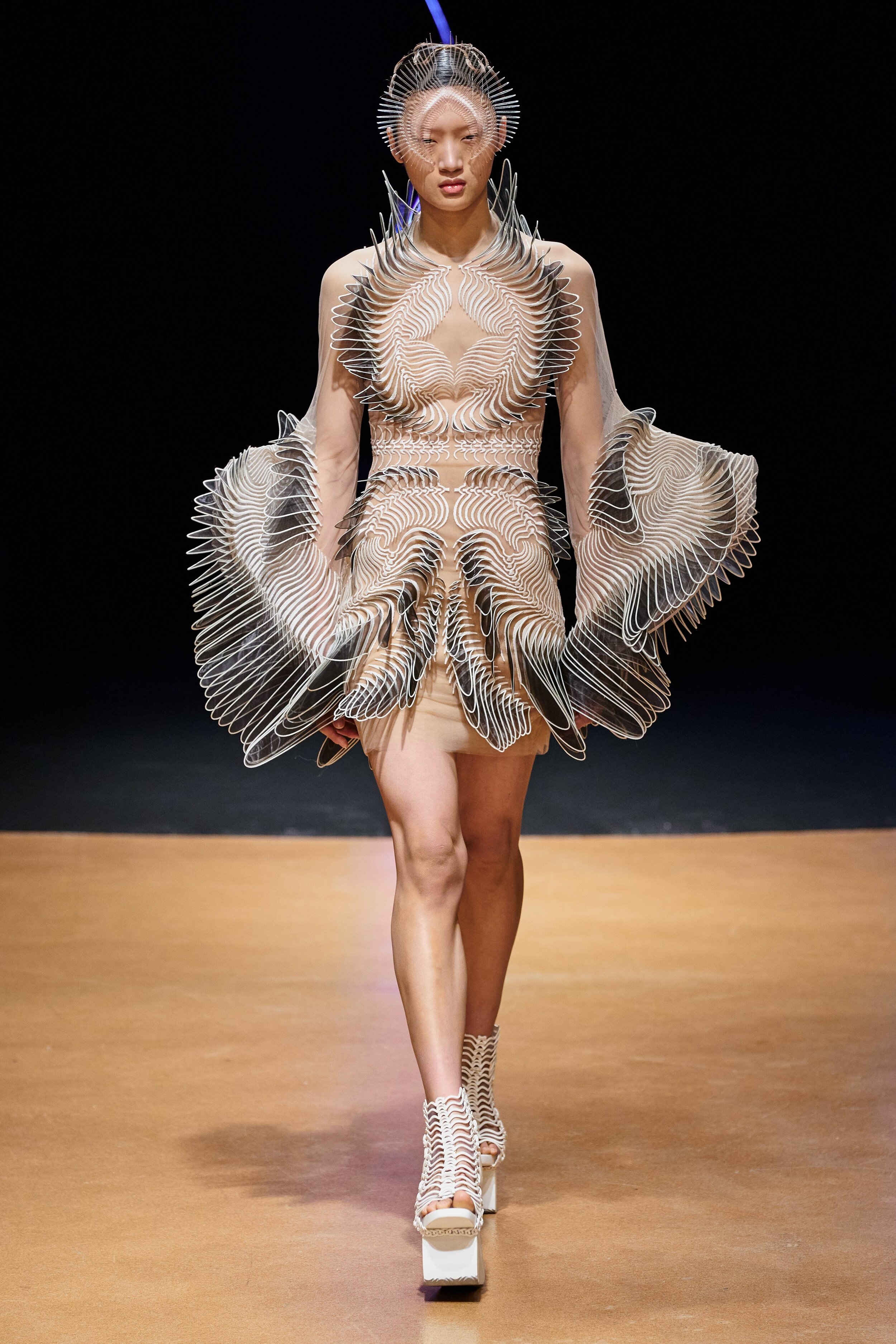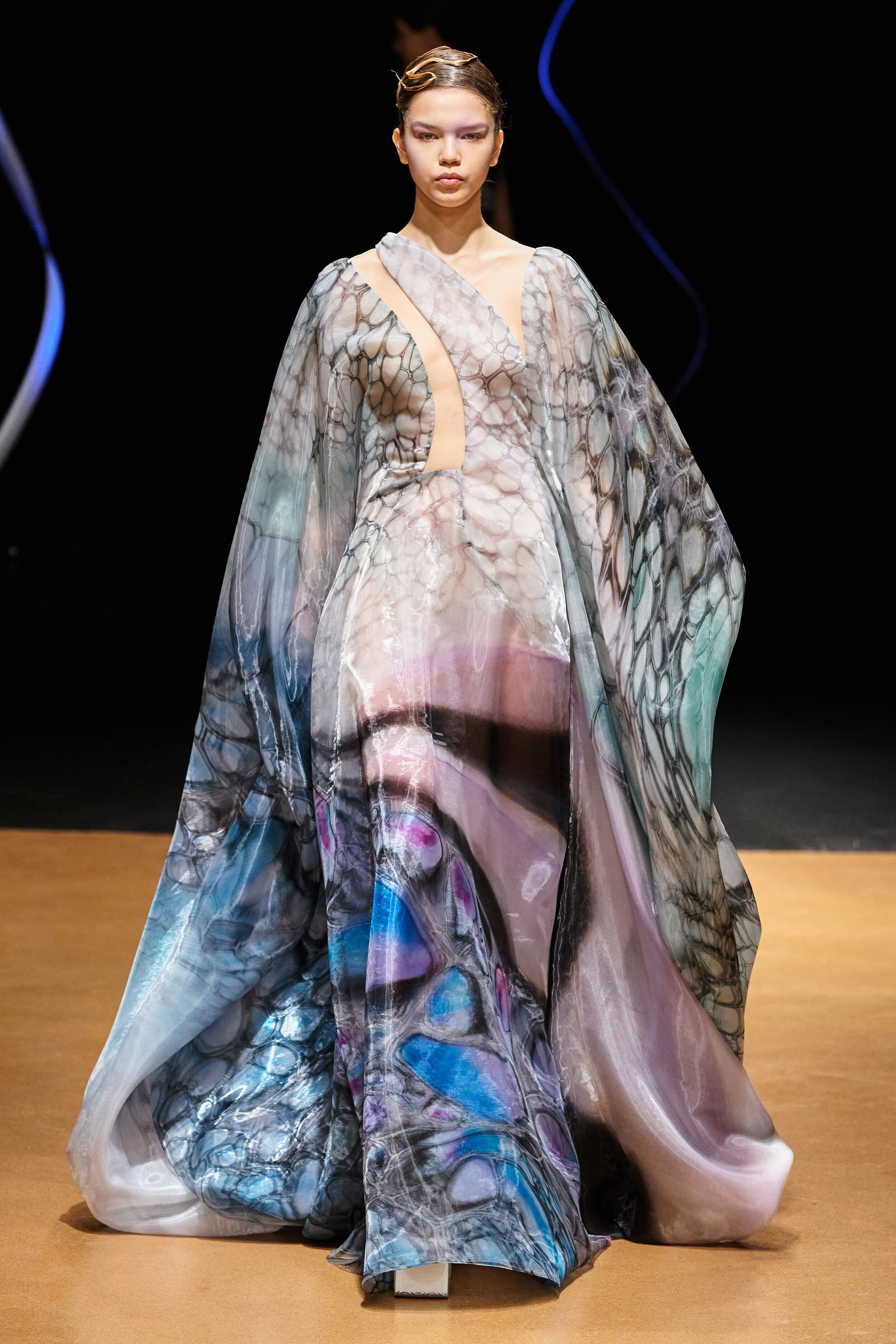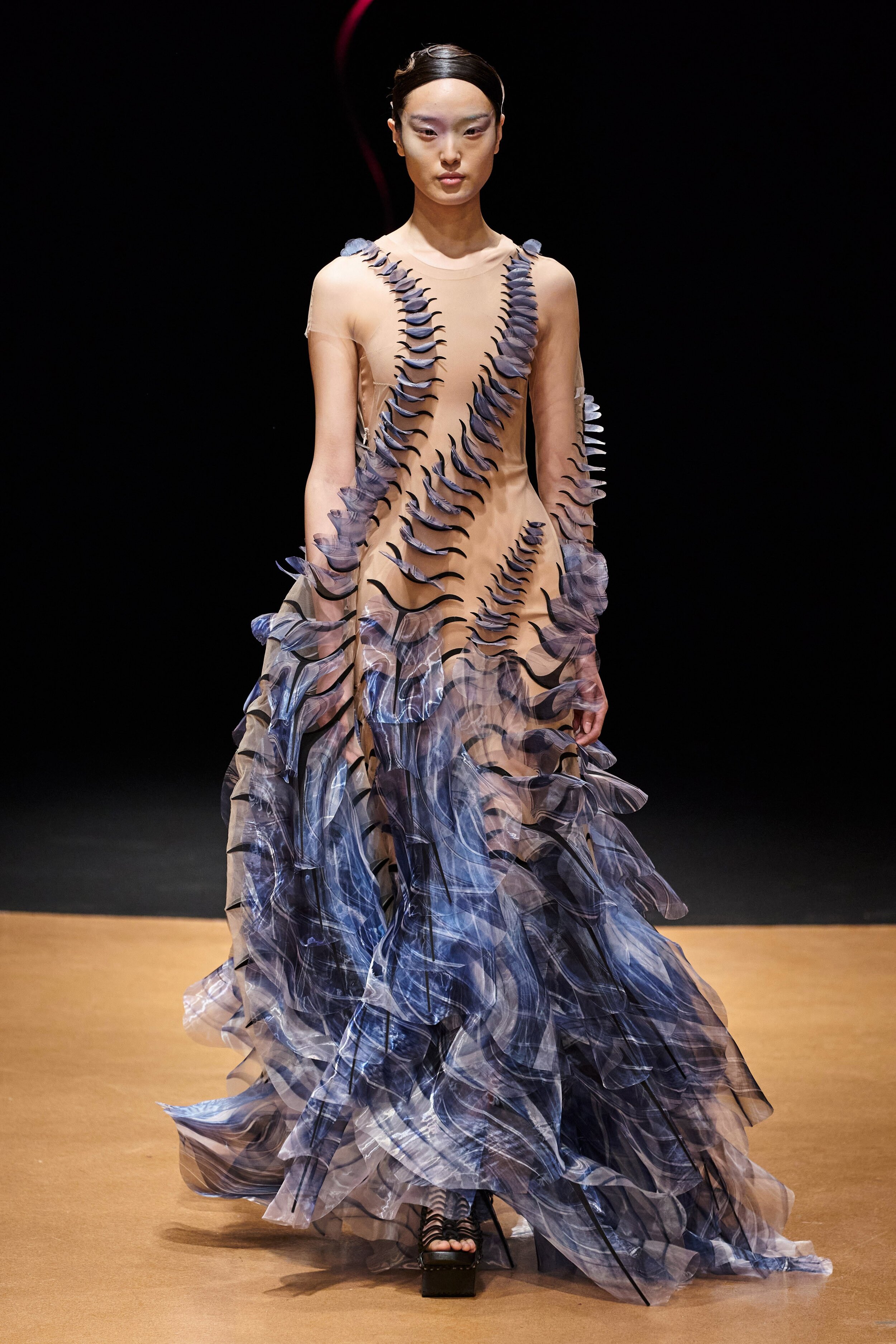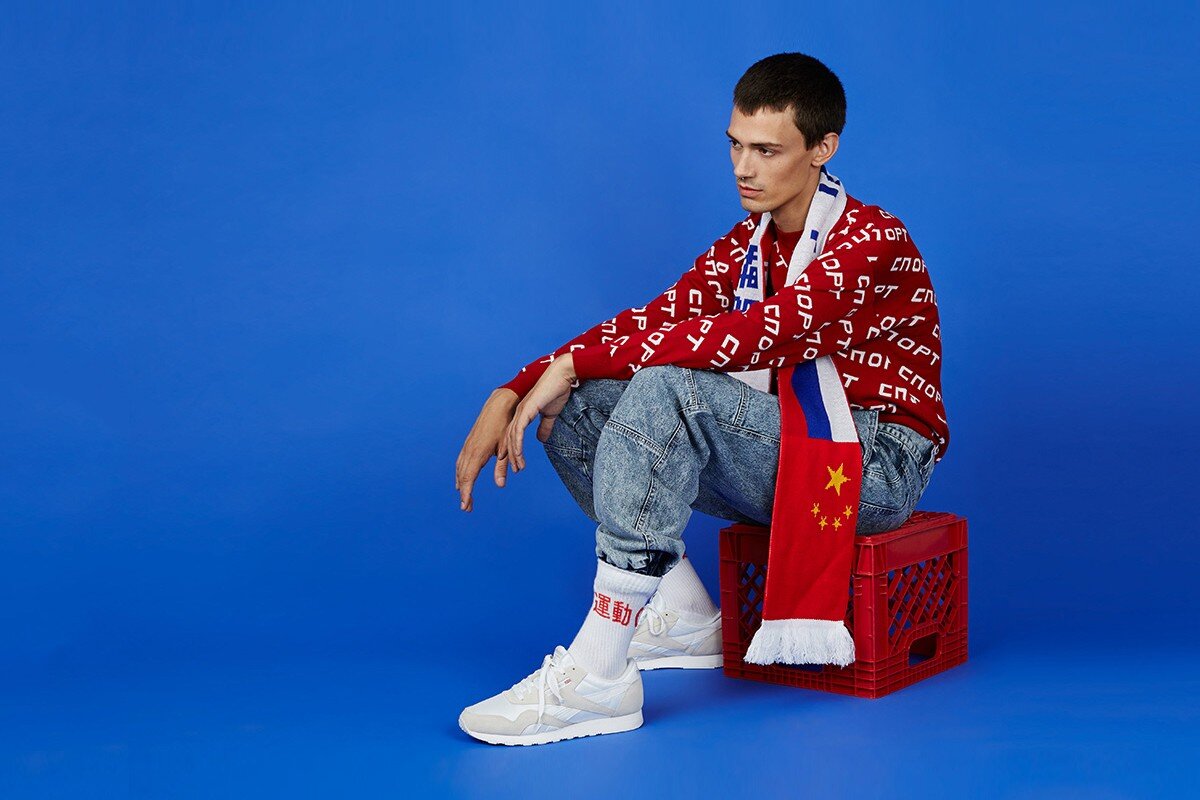Haute Couture 2020 Roundup
Haute Couture 2020 has hit the runways, stunning some and puzzling others. We took a look at some of this seasons most talked about shows and now we’re going to break it down for you and what this means for 2020 fashion and red carpets.
First of all, what is haute couture? How do you even pronounce it?
Haute couture (ot-coo-tyoor) is French for “high fashion.” It is distinct from all other runway shows and seasons because it is defined by a rather narrow set of standards. First of all, haute couture is always painstakingly handmade and hand-sewn from high quality fabrics. Secondly, haute couture is *usually* not for sale. Because these pieces are so costly to make, they are very rarely customizable. Instead, modern fashion houses use their haute couture shows as a way to publicize their brand and create a glamourous aura that, hopefully, positively impacts the sales of their ready-to-wear collections. Finally, haute couture is actually a very specific label that applies only to a select few designers. In order for a house to use the label “haute couture” it needs to be a member of the Chambre Syndicale de la Haute Couture, the exclusive association of haute couture houses within the larger world of fashion. Brands are evaluated each year on their status and extended membership by a special commission. The Chambre Syndicale was founded in 1868 in Paris and officially made “haute couture” a specific legal designation in 1945. Today, the Chambre Syndicale features 16 members, 7 correspondent members, and 18 guest members.
Here’s a roundup of some of our takes on the 2020 season. Make sure to click through the slideshows to see all the drama we’re talking about.
Jean Paul Gaultier
One cannot speak about legendary haute couture without mentioning Jean Paul Gaultier and his 50 years of contribution to the fashion industry. This year marks his last at the helm of Gaultier haute couture, but he certainly went out with a bang and not a whimper. The Gaultier house is known for staging shows that break with the norms of conventional catwalks. Notably, Gaultier is a fan of embracing the show aspect of haute couture, even iconically transforming the catwalk into a podium for one model’s Irish jig. This last show was certainly not a disappointment, as Gualtier pulled out all the stops and did not cease to wow with his over-the-top creations.
Givenchy
Certainly tamer than Gaultier, Givenchy stuck to classic silhouettes, choosing instead to play with enormous floral hats and puffy skirts. Though there was some play with waistlines and embellishments, Givenchy ultimately produced a collection that was wearable and will probably be sported by some celebrity on some red carpet soon.
Maison Margiela
Maison Margiela was dripping in color and fabric this season as John Galliano apparently pondered on the intersection of “rebellion” and the “bourgeoise” in this collection. The perplexing collection featured lots of work coats, lots of spots, dots, circular cutouts, lots of camel-toed shoes (from their most recent collaboration with Reebok), haphazardly arranged fabrics, and lots of vibrant nets over models faces. Regardless of whether or not you thought rubber gloves were a suitable accessory for this catwalk, Galliano does want you to know that most fabrics for this show were sustainably sourced, a detail equally as mystifying and ironic when put in the context of consumer fashion as the show itself.
Armani Privé
The fabrics for this house’s show were inspired by colorful Indonesian Ikat prints. The collection displays a series of classical and slinky shapes with generously embellished jacket details and sparkly patterns in rich cerulean, with splashes of magenta. Armani Privé also took the idea of bringing back 20s fashion and made it a reality. Swinging beaded dresses and art deco trousers, complete with all the glitziness you’d expect from the costume department of the Great Gatsby rounded out this homage to the 20s.
Alexandre Vauthier
If Armani Privé paid tribute to the 1920s this season, then Vauthier paid tribute to the 80s and skillfully combined them with some favorite trends of the past couple of red carpet seasons. The 80s oversized shoulder-padded suit, a staple on a Vauthier catwalk, came back in a naked version. Vauthier suggested that we should just skip the collared shirt or, in fact, any shirt and go straight to accessorizing instead. Of course, there is no paying tribute to 80s fashion without paying tribute to the decade that it was inspired by: the 1950s. Back to the Future prom under the sea dresses made a comeback to round out this Vauthier collection. Judging by the fact that the naked pantsuit has been persistent in red carpet fashion, it would not be surprising if this collection made its way to some Hollywood function.
Chanel
Proper and maybe a hint of floral are the best way to describe this Chanel haute couture collection. Although a far departure from Karl Lagerfeld’s (🖤🖤🖤) jeweled collections of Chanel haute couture past, this season taps back into the longer hemlines, suits, and practical, if a bit boring, shoes (complete with both socks and stockings). Known for playing around with immersive runway design, however, Chanel was able to weave this collection into a storyline by surrounding the models with a rustic garden, recreating the French countryside in the middle of Paris by even adding a fountain in the center of the catwalk. You probably won’t catch this collection at red carpets though, unless some adventurous soul decides to try to bring back the iconic Chanel skirt suit in a newer embellished form.
Giambattista Valli
It wouldn’t be Giambattista Valli unless metric tons of tulle were involved in the making of this show. You’ve probably seen Giambattista Valli gowns sported in Cannes this summer or maybe at the Met Gala. The point is that his fluffy and poofy garments are hard to mistake for any other house. Sticking to tradition, there was lots of tulle involved in this runway as well, but unlike previous seasons this one also featured some slimmer gowns. Still featuring a decadent amount of fabric, some looks made the case for mobility in evening dress. Finally, it wouldn’t be a Giambattista Valli confection unless it was completed with the most extravagant cake topper of all: feather masks. These frames, though adding to the overall mass of material on the models, somehow made even the largest and longest tulle train look like it was weightless. Don’t expect these gowns to disappear from red carpets anytime soon.
Christian Dior
Dior delivered some serious goddess vibes with this collection, clothing the models in typical sheer Dior gowns and golden fabrics. Ethereal gowns, however, were not the only theme of the evening- so were powerful skirt suits. This isn’t just a trend for the Dior house though, it is also a distinct political statement posed as a question on a floor to ceiling silk panel at the center of the runway: “What if women ruled the world?” The collection itself, inspired by second-wave feminist artist Judy Chicago, certainly convinced us that Dior’s models were here to rule this runway. As per usual, plenty of pastels, plenty of floor length dresses that seem to whisper at you, and plenty of fairytale vibes. A staple in red carpet events, Dior continues and likely will continue building a cult of worshippers of mesh bodice dresses.
Valentino
Although really only a correspondent house, no conversation about 2020 haute couture could be left without mention of this particular show. Valentino is back and in a really big way too. Though the brand started off the 2000s on shaky ground, its aggressive attempts at redefining itself have worked to make it come back and stay relevant. This Valentino runway was full of the vibrant colors and bold silhouettes that the house is associated with today. The biggest trend on the catwalk, and probably soon everywhere else, were the massive dangling earrings sported by many of the models.
Elie Saab
Haute couture is defined not only by how cutting edge it is, but also by its extravagance and opulence, concepts that Elie Saab is certainly no stranger to. For those unfamiliar with the brand, Elie Saab exclusively makes the worlds most embellished and downright royal looking gowns in the world. Floor length dresses encrusted with swirling patterns of gems and jewels of every color imaginable layered over translucent fabrics create the fairytale world of Elie Saab as per usual. This collection featured thigh high slits, long embroidered sleeves, and plenty of shiny as per usual, but also debuted puffy sleeves and even some cool girl sunglasses. If there was one word to describe this collection, it would be “gold.” If there was one way to characterize our reaction: “we went broke just looking at these dresses.”
Iris Van Herpen
One of the most interesting designers making gowns at the moment, Iris Van Herpen creates garments that mimic nature. These dresses are made based on the structure of hydrozoa organisms, bird wing bones, sound waves, and other biologically occurring structures and patterns. Many of these dresses are 3D printed and painstakingly sewn together on a miniscule level. Iris Van Herpen dresses are not just fashion, they are also research, science, art, architecture, and engineering. Each dress is meant to move with the wearer, creating a sense of organic movement and shape-shifting. Though they have been worn by many recognizable names on the red carpet, these mesmerizing gowns are fundamentally made for movement rather than picture taking.


